|
Christian Dior's family had a fertilizer business before the war. His father wanted him to be a diplomat, but instead Christian went to art school in Paris and then opened his own gallery where he sold paintings by the likes of Picasso, Braque, Matisse, and Miro. During the Great Depression, his family lost the fertilizer business, Dior had to close his art gallery, and he was called up for military service when WW II started. After his two years of service, Dior became a designer for one of France's biggest fashion houses, Lucien Lelong. Unfortunately, Paris was still suffering under the Nazi occupation, and Dior had to design dresses for Nazi officer's wives as well as the wives of French collaborators. During this time his sister Catherine, was working with the French Resistance and had been captured and sent to a concentration camp where she remained until the end of the war.
Once the war ended, the fashion industry in Paris was ready to renew its status as the Fashion Center of the World. Dior struck out on his own because he wanted to put the war behind him and he especially did not want his new line to be associated with the Lelong House which had been forced to clothe Nazis. His first line Corolle (which means circlet of flower petals in English) was presented in 1947 and was both vehemently protested and wildly successful. Unfortunately, he died of a heart attack 10 years later at the height of his career. Before we go any further, let's back up a bit. To understand why Dior's New Look was such a fashion revolution, and caused riots in the streets, you have to understand that it was a reaction to World War II and specifically, wartime clothes rationing. Europe and North America's economies had been co-opted to produce goods for the war effort, which lasted from 1939-1945. Clothes purchasing was strictly rationed just like food and all other goods. The clothing industry was desperate to meet the demand for uniforms and civilian clothing was in a severe shortage. Women went to work in factories to replace the men who went to the battlefield. Women wore pants for the first time, as part of their work uniform.
Coupons for clothes were given out and families were only allowed three coupons a month, yet a new dress cost eleven coupons in England, a pair of shoes cost five coupons, and a pair of stockings cost two coupons. Early on women had been forced to wear nylon stockings because the silk was being used for parachutes. Later, even that was taken away and women went bare-legged, sometimes using cosmetics to fake stockings, including drawing a line up the back of the leg to simulate the seam. As you can see, buying new clothes was almost impossible for most people and everyone was encouraged to "use it up, wear it out, make it do or do without".
Most wartime weddings were quickly thrown together before the groom was shipped out, and together with clothes rationing, there was not enough time, money, or fabric available to make an extravagant dress. Most women got married in a dark suit. White was not worn because it was felt to be in bad taste. My maternal grandmother Charlotte, got married in a beige suit before her TAMU Army husband got shipped out. My paternal grandmother Mildred, got married in a brown suit, even though her husband was 4F and not going to war because of his asthma. Unfortunately, I don't have any wedding photos of either of my grandmothers. My husband's grandmother Mary, got married on 11-17-1941, just three weeks before Pearl Harbor. Her husband was immediately called up and enlisted in the Army. Mary got married in a knee-length dress with 3/4 sleeves and a round embroidered neckline. Both the bodice and the skirt have a yoke and two pleats in the front.
This is an English couple: Hugh Verity and Audrey Stoke's 1941 wedding portrait. Like everything in this period, Audrey's clothing for her special day was austere. Women's clothes were boxy like men's uniforms. Dresses used very little fabric and there were no decorative details. Audrey's suit is blue to match Hugh's RAF uniform. The skirt is knee length and slim. The matching jacket has 3/4 sleeves, a high neckline and Peter Pan collar.
Now that we have the appropriate historical context, let's get back to Dior's 1947 Corelle line. This is a photograph of a model wearing Dior's famous Bar suit, which American fashion editor Carmel Snow, dubbed "The New Look" in Harper's Bazaar. It was only one of eighteen pieces in his Corolle Collection for Spring and Summer, but it's the one that changed fashion forever. The Bar suit is made up in white silk shantung for the jacket and black wool for the skirt. There is a total of 17 yards of fabric in this ensemble. The jacket and skirt had padding in the bust and hips to round out the silhouette of the skinny, war-starved Parisian woman's body. The jacket's peplum created a very nipped in waist especially in contrast to the very full skirt. Gone is the boxy skirt, replaced by an outrageous amount of fabric pleated down to a narrow waist. The skirt hem is much longer than previous fashions, going all the way down to the mid-calf. It was shown with accessories of a black hat, pearl stud earrings, black gloves, and black heels.
There were two reasons this dress caused rioting in the streets of Paris when it premiered. First, it used an incredible amount of fabric, 17 yards, which to the woman who was used to wartime rationing, seemed obscene and wasteful. Second, women who had gone to work and therefore worn the pants in their families, were angry that they had lost those jobs in favor of the men who had come back from war. Their skirt hemlines had gotten higher and higher over the course of the war, showing off their legs more and more. They saw the full skirts and mid-calf hemline as Dior telling them to cover up their legs again. They saw it as a lessening of the rights they had gained during war-time. So when this dress first appeared at a 1948 photoshoot that was held outside, crowds of women ripped it off the model's body and tore it to shreds. Regardless of the immediate push-back, American and European socialites, as well as the British royalty, were ready for the change and embraced it as being soft and feminine and a welcome change from wartime austerity.
The Exhibit
I got a guidebook that had a map of the exhibit on the back page. Here it is, so you can follow along. The layout was in chronological order so that's the order I'll be going by as well. The entrance is marked by the red box and we followed the arrows through the exhibit, until we got back to the beginning. Blog Sections are labeled the same as on the map.
Revolutionary New Look
The dress on the bottom left is the Bar. Actually, it's not. It's a reproduction of the original that was made in 1987 for Dior's Fortieth Anniversary. The lighting in this room, as well as in the rest of the exhibit, made it difficult to get good photos. This is the only dress from the original Corolle line in the exhibit. The other seventeen pieces in this room were designed to be callbacks to this original line by other designers across the years up to the present day. As you can see all but two of the ensembles are black. I overheard many people wondering, "Why all the black?". Although there was nothing in the exhibit or in the guide book about it, my guess would be that many women were still in mourning over lost husbands, sons, brothers, and fathers. Although Paris had been saved, England was still rebuilding from the Blitzkrieg, as was much of Europe. Black was probably chosen as a practical color for that reason. Don't worry, there's more color coming soon.
Office of Dreams
This was the second room of the exhibit which documents Dior's process. The House of Dior still follows these steps today.
This is a caricature of Dior working at his desk.
These are sketches done by Dior himself and given to Madame Carre, head of the ateliers (workshop) where she would interpret the sketches by using fabric to make prototypes of each design, called toiles.
Dior in conference with Mdm. Carrere preparing the 1957 Spring Collection at the atelier.
These are toiles (or mock-ups). Toiles are half sized sample mannequins that are used to show designs before they are cut out and stitched together at full size. Each one of Dior's sketches was made up at half size in white cotton muslin and sent to him for approval before colors, fabrics, and trims were chosen. As she showed each toiles to Dior, Madame Carre would ask him, "Have I expressed you correctly?" Once each toile was approved, it was taken apart and used to create the full sized patterns for each garment. These particular toiles are from a much later period: 2007-2018.
Seamstresses in the Dior atelier c. 1950.
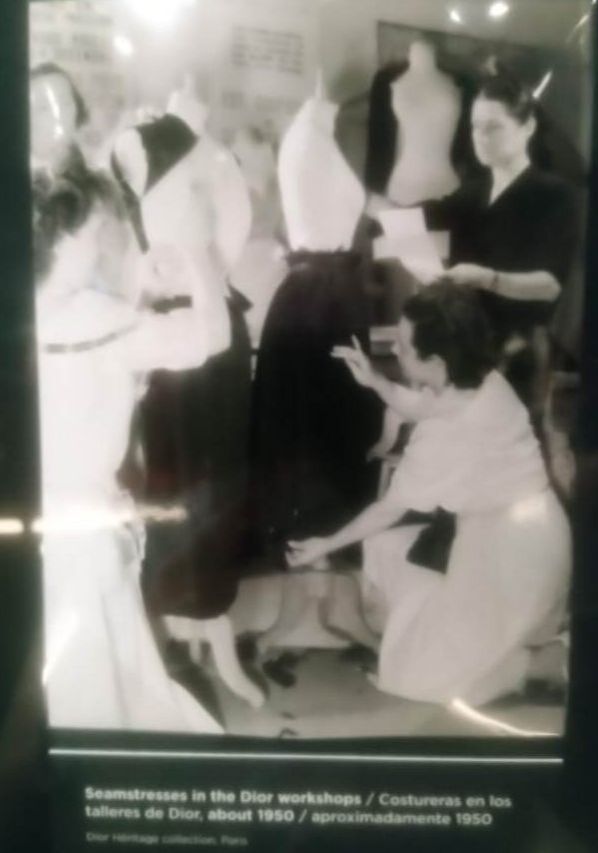
These are embroidery samples made by the atelier based on sketches by Dior.
Creative Directors
The third room showcased dresses made in the first period of The House of Dior and encompasses not only Christian Dior's designs, 1947-57, but also his subsequent artistic directors:
Yves Saint Laurent, 1958-60, Marc Bohan, 1961-89, Gianfranco Ferre 1989-96. From here on out I have tried to label the photos in the gallery with the relevant information from the guide book, but as will become much clearer later, the person in charge of numbering the dresses in the exhibit, didn't care much for order. So, because I was told upfront that everything was labeled and described in the guide book and all I had to do was appreciate the dresses, I didn't pay that much attention to which number belonged to what dress because I was sure that I could figure it out later. All I had to do was note one number in each room and the rest should surely follow suit. Well, they didn't. The numbering was all over the place. So I have done my best to correctly identify these gowns but gave it up for a bad job rather quickly after these first two sections. Sorry. Creative Directors
John Galliano 1997-2011
Raf Simons 2012-2015 Maria Grazia Chiuri 2016-present Ladies in Dior
The numbering system for the Center Back display was posted on the wall as you left this area. Fortunately, the museum employee who was stationed in this area told us all to take a photo of the legend first and then go through the exhibit. IMO, the numbering system was unnecessarily arbitrary. Also, the display was way above our eye level, so none of these photos are really in focus because they were too far away from the back where you could see them, but once you got up close, you couldn't see the upper levels at all.
The photo below was taken from the back of the room.
These photos were taken from midway in the room and are still too small and out of focus.
From Paris to the World
As you can see the dresses were arranged in tiers going up three levels. My eye level was at the feet of the first level of dresses. The dresses were lit from underneath, so again, the photos are not great. At this point I'm not even trying to identify each gown or this blog would never get published.
Total Look
From the guidebook:
"From hats and shoes to makeup and perfume, Christian Dior offered women a "total look". He expanded his business to an unprecedented level, licensing specialized companies to manufacture products under the fashion house's control. Dior wanted "a woman to be able to leave the boutique dressed [by Dior] from head to toe, even carrying a present for her husband in her hand. A selection of lipsticks provided matching lip color for every dress. Shoes and jewelry were created in collaboration with the very best designers and artisans. The same spirit extended to Dior's packaging and display. These items all mirrored the house's iconic palette, dominated by pink, the color of youth and happiness, and red, the color of life, as exemplified by the show-stopping dresses known as "Trafalgars," made to astonish audiences halfway through a presentation. With his total look, Dior pioneered the globalization and branding that still characterize the world of fashion today." Splendors of the 18th Century
After WWII it was very important to Dior to bring back France's splendor and he felt that the Rococo period's elegance was just the right thing to do that. He had He had his headquarters decorated in the Rococo style to match the building's facade. He went so far as to photograph his collections in the Palace of Versailles. His subsequent artistic directors have also hearkened back to this time for inspiration.
Fields of Flowers
Like Monet, Dior drew inspiration from gardening and believed that, "After women, flowers are the most divine creations". Also like Monet he spent a lot of time and money turning his personal gardens into wondrously fanciful places for his inspiration.
Sketches, Research, and Inspiration boards
Many of the rooms contained photos of the process of his creation as well as original sketches by the designers. I took photographs of everything I was allowed to so these are all from different eras, but I've put them together in this section for ease of categorization.
The Dior exhibit will only be at the DMA until September 1, 2019. You need to get there ASAP so you can see it. The tickets for all the rest of the dates went on sale July 15th, so the sooner you go online to buy yours the better chance you have to actually see it. Tickets are $20 for a weekday, and $25 for a weekend. There are discounts for Seniors, Military, and Students with valid ID.
Here are things you need to know before you go online to purchase tickets. If you want to go with friends, you can only purchase four tickets together at a time with one credit card. If I had wanted to take my family of 5, we would have had to go in two different time slots. Kids 15 and under must be accompanied by an adult. Kids 11 and under are free, as are DMA members. However, EVERYONE, EVEN DMA MEMBERS, EVEN CHILDREN 11 AND UNDER, EVERYONE! must still go online and reserve/buy tickets because they are timed entry tickets, which as we all know, is a pain in the butt and means long lines, but just get over that now if you really want to see this. Entrances are timed for every 15 minutes in groups of 30. As of this writing, there are still a few tickets left in most of the weekday time slots for next week, (July 23-28) but almost none for the weekend time slots. August still has 15-20 tickets left for most time slots every day. So you're a teacher, like me, and you want to take your school group. You think you'll get a discount because you're with a school. HA! You are so wrong. You cannot take a big school group to this because those prices START at $2,000.00 for groups up to 20 people (unless your school has a lot of money they are willing to give you and if so, congratulations! I want to teach with you). I've thought a lot about this and your best bet to get a school group in is to get some other parents/teachers to help you out and buy groups of four tickets in consecutive time slots until all the students are taken care of. Now, that will only work as long as all your kiddos are older than 15 and don't need to be accompanied by an adult. Or you could put all your underage freshman/ sophomores individually in with your groups of three juniors/seniors and maybe the museum staff won't notice that one kid out of every four looks a bit on the young side. Otherwise you'll have to take more teachers/parents to accompany the underage kids. FYI, the day that I went, there were zero children in the exhibit. Most of the attendees were middle-aged women like myself. I didn't even notice any teenage girls with their moms. There were only a few likely looking college fashion students that were studiously documenting everything just like I was. Now that you have the 411, congratulations! Here's the link to buy your tickets! Once you have your tickets, be prepared to arrive at the museum 15-30 minutes before your time slot begins to start queuing with the 26-29 other people in your group. DO NOT BE LATE! YOU WILL NOT GET IN! YOU WILL HAVE TO BUY ANOTHER TICKET FOR A LATER DAY/TIME. However, once you are in, you can spend as much time as you want in there. No one will hurry you along, except in the "Paris to the World/Ladies in Dior" room where they slow down the process even more by allowing only smaller family groups, couples, or individuals in, one tiny group at a time. I spent about 75 minutes in there, and that was mostly waiting for people to move out of the way so I could get a clear shot for the photograph I was desperately trying to take of every single item. Photographs were allowed throughout the exhibit, except for in the "Legendary Photographs" Room, where you cannot take any photographs of the actual photographs. There are both warning signs posted as well as staff telling you as soon as you approach the room. Also, in the "From Paris to the World/Ladies in Dior" room the staff member will only allow one person per family group to take photos, so be prepared to fight for the right to be that person. I was alone, so this was not a problem for me. The Dallas Museum of Art is fairly easy to find and has a lovely underground parking garage where your car will stay nice and cool, out of the summer sun. You can take an elevator up to the lobby entrance and save your knees. There are plenty of stairs inside if you choose to see the rest of the museum after your Dior experience. There are elevators too, but it's confusing and you might miss some collections entirely. For example, the Japanese Woodblock Print exhibit is hiding in a secret hallway that connects the staff library to the staff offices. We found it looking for bathrooms/water fountains. FYI, there are none down that hallway. And, we've been to the DMA at least once a year, and we still get turned around and can't find what we're looking for half the time. Also, the second floor was completely closed when we were there and elevators wouldn't even stop on it. Apparently they are renovating it. No word on when it is reopening. But you're tired and hungry and need some food. Don't settle for expensive museum cafe food. Walk straight out of the museum, across the street and turn left. Right down the little hill in front of you is a great Mexican restaurant called El Fenix. You can see the sign from the entrance. Go eat there and either go home afterward, or go back to the museum refreshed and see the rest of the collection.
0 Comments
Leave a Reply. |
CategoriesArchives
July 2024
|
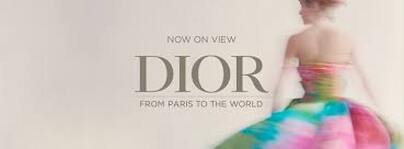

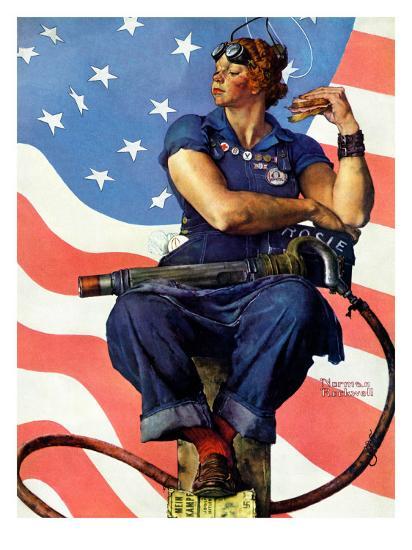


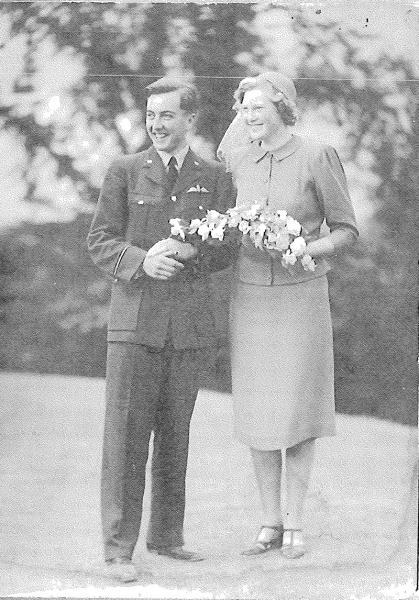
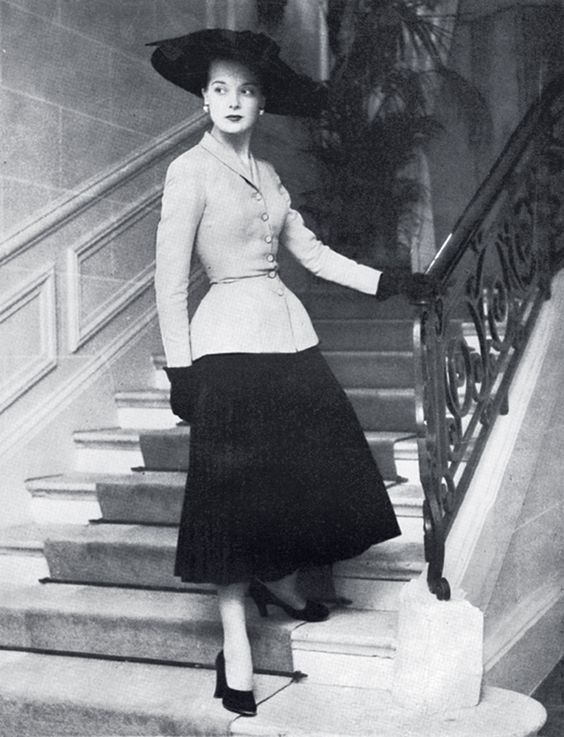
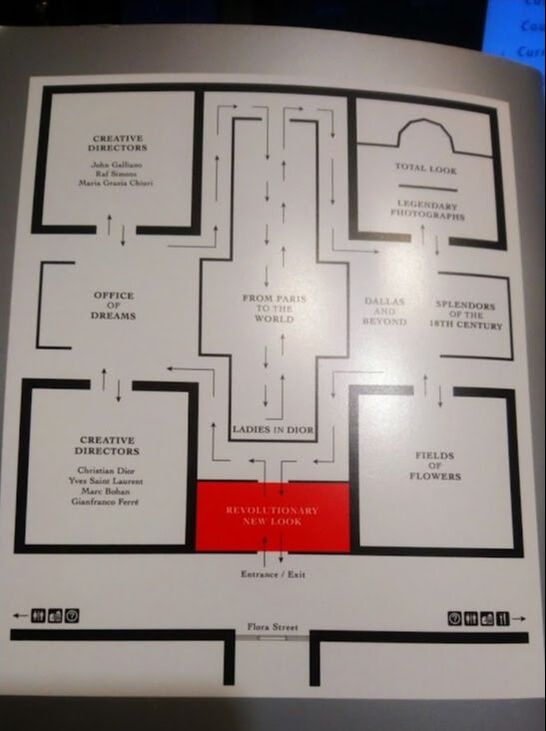
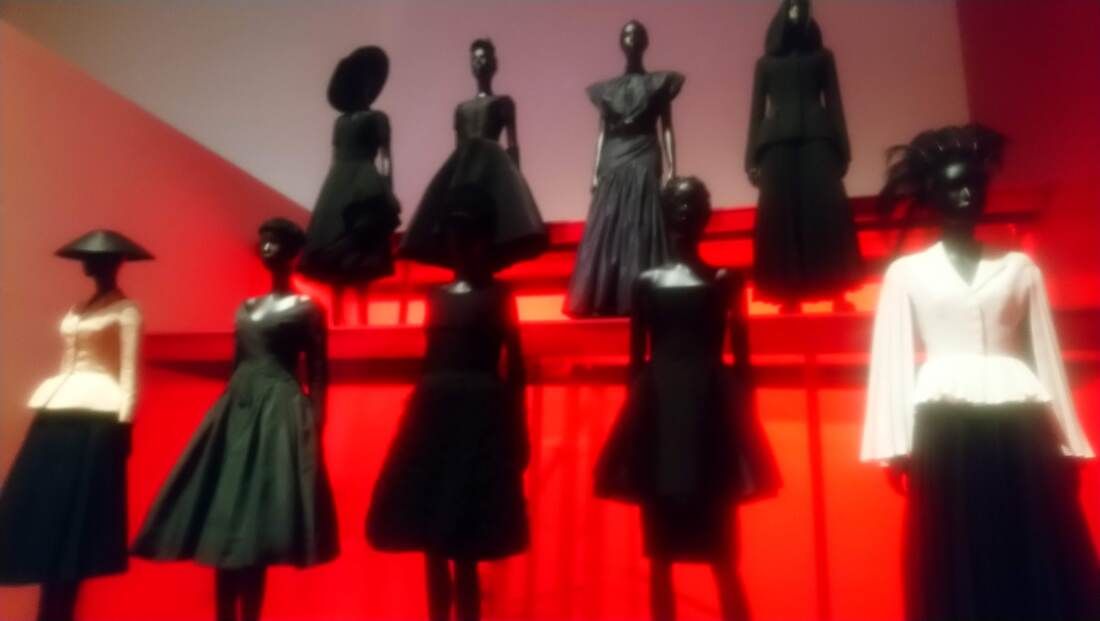
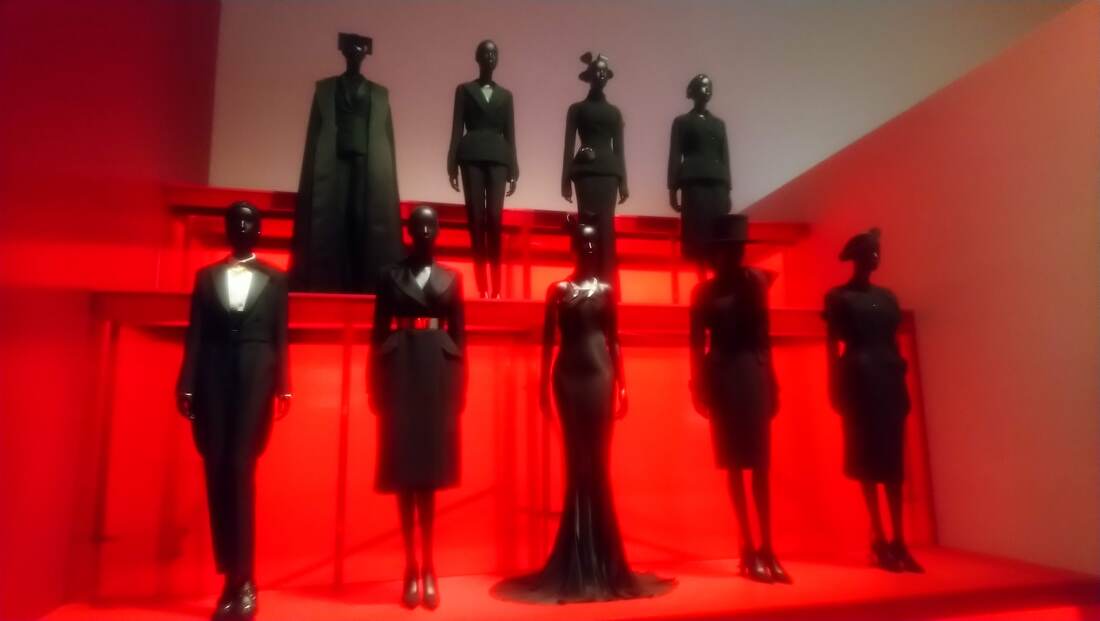


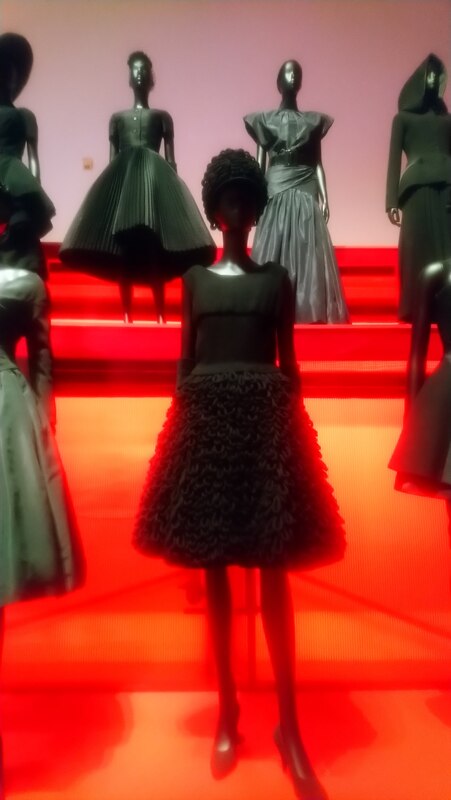
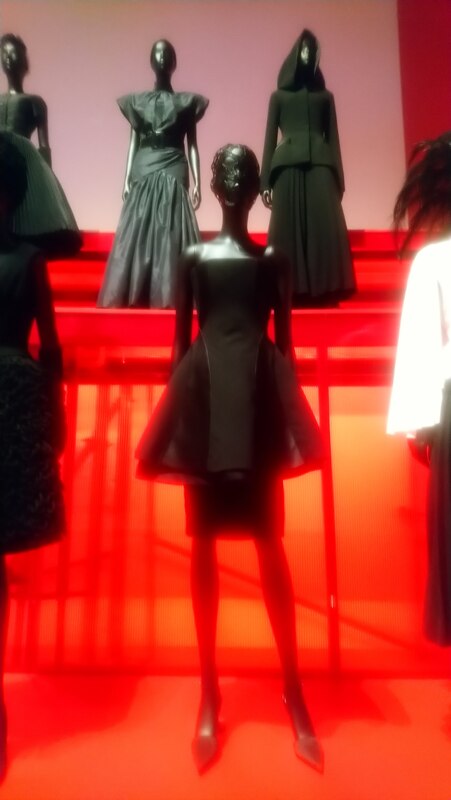



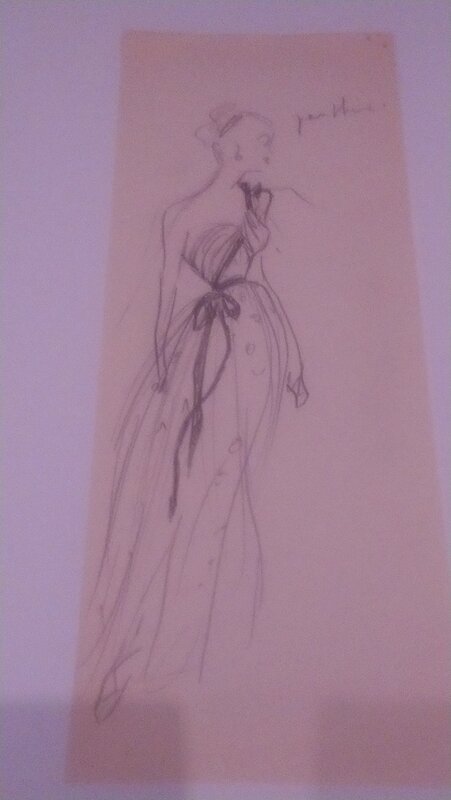
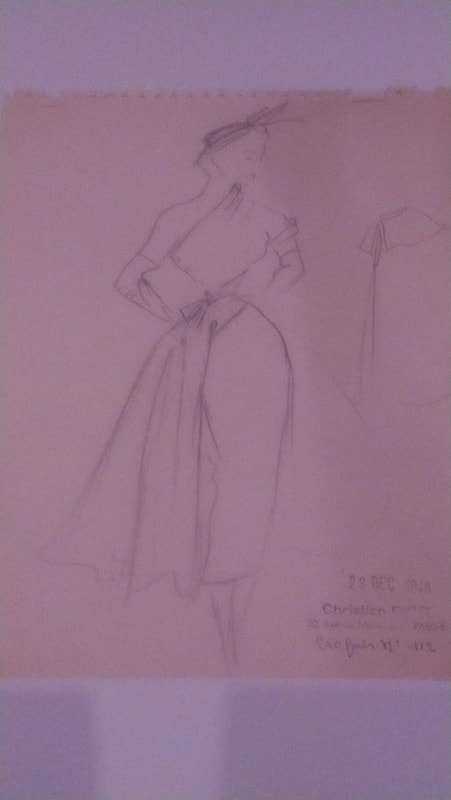
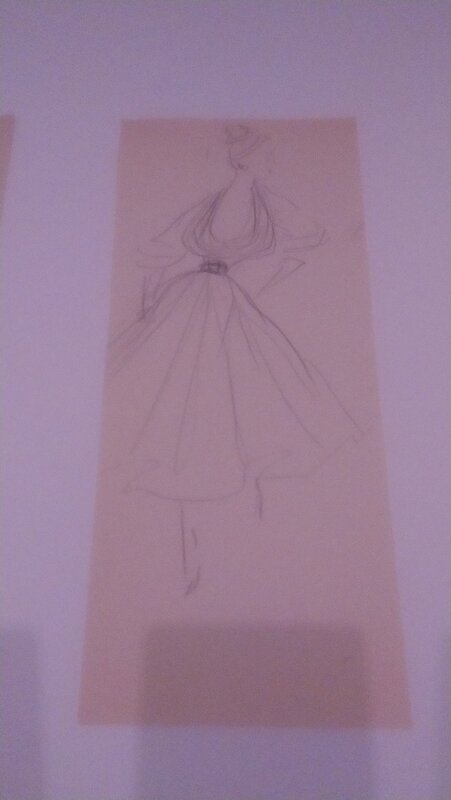



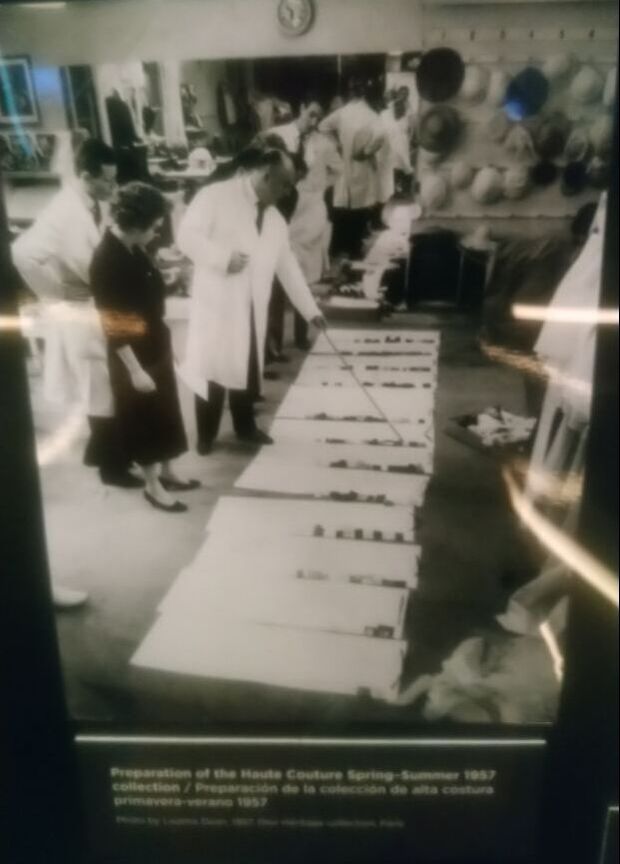
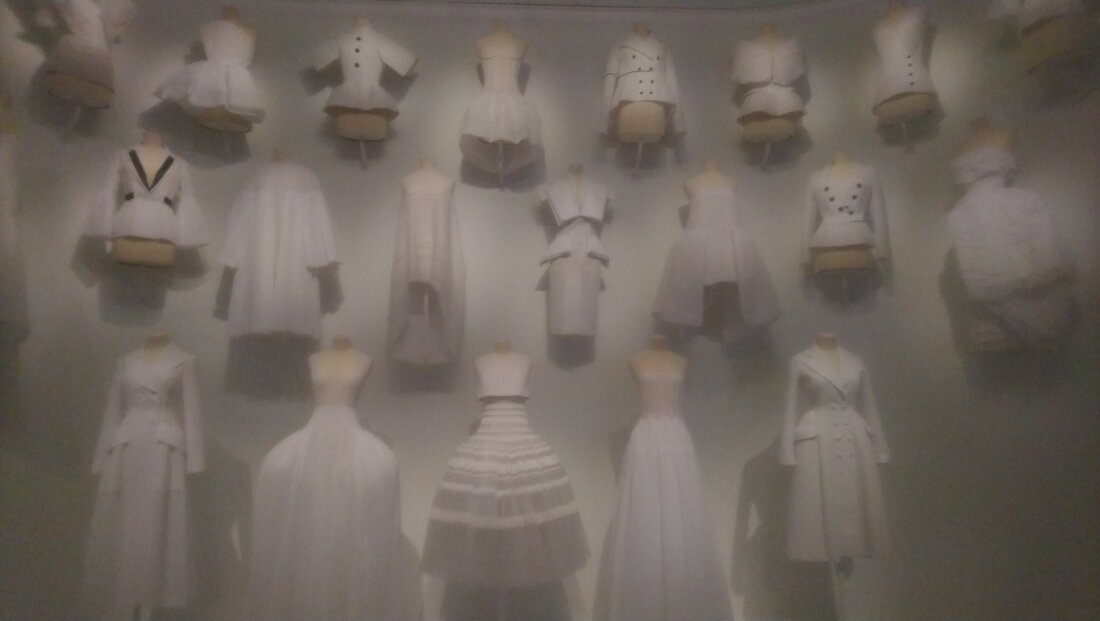
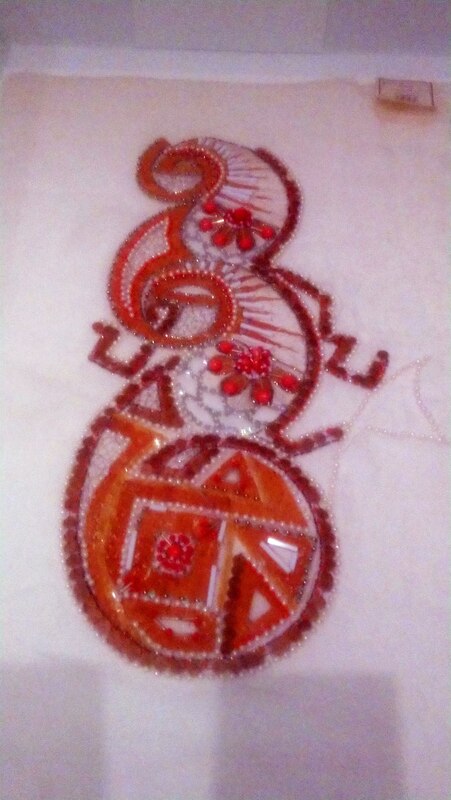
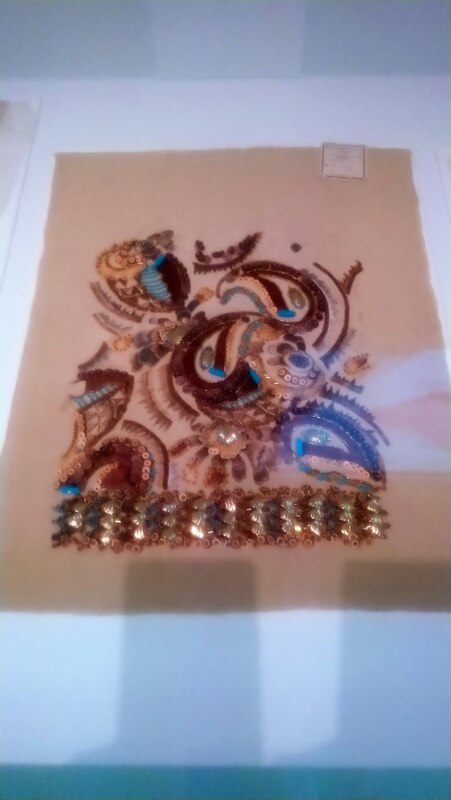
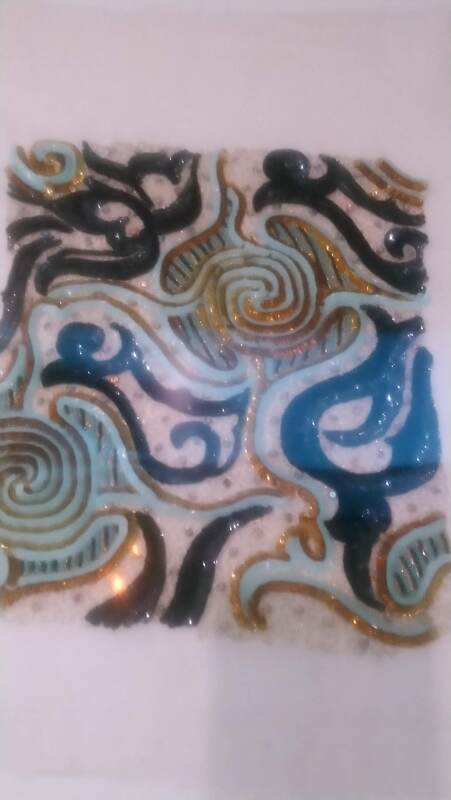
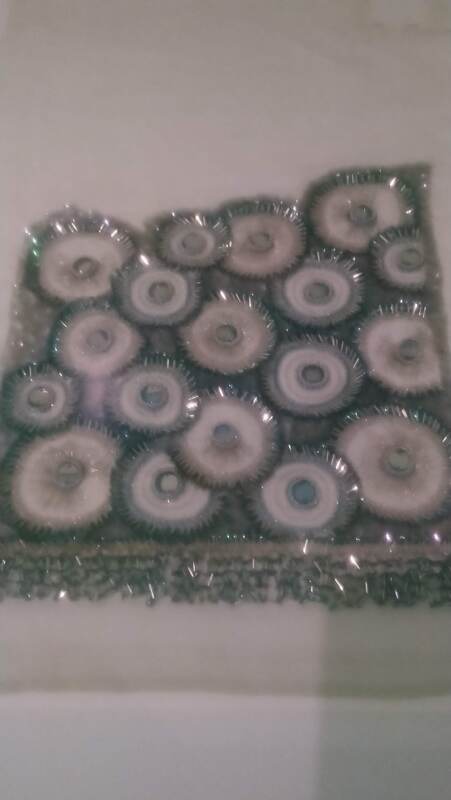
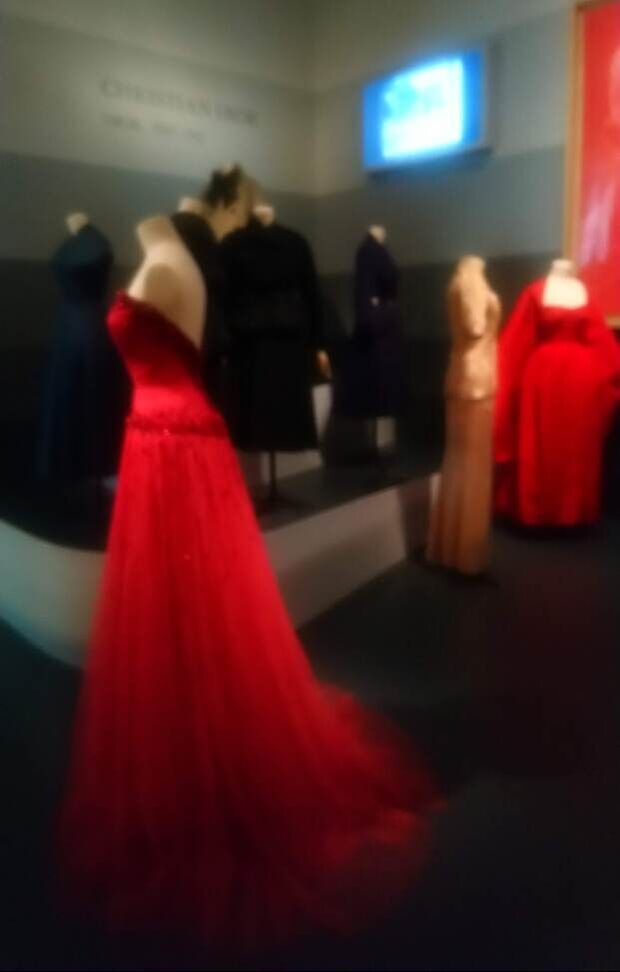
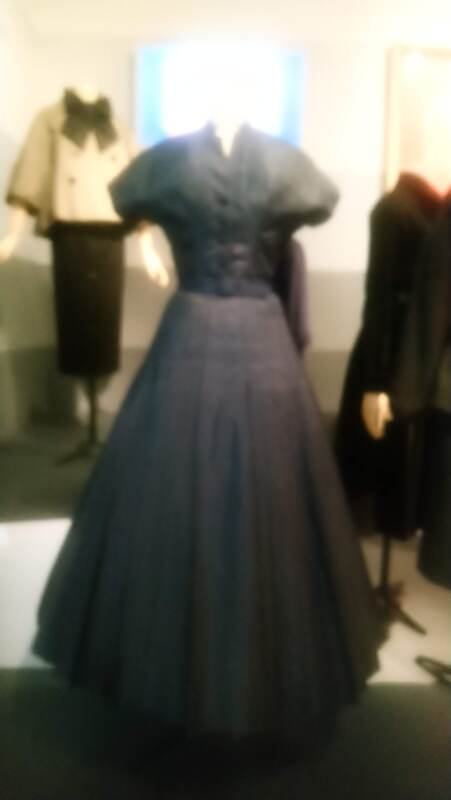
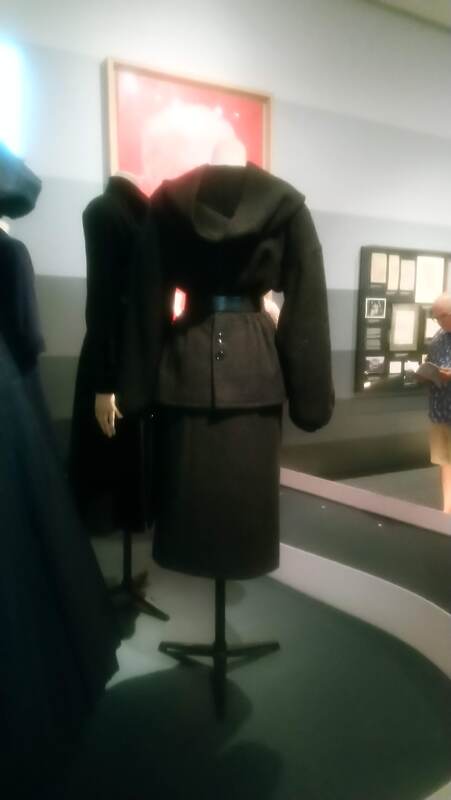
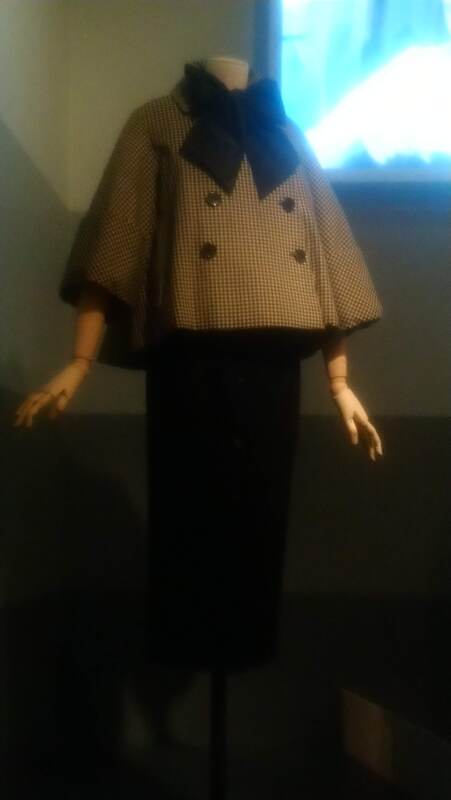
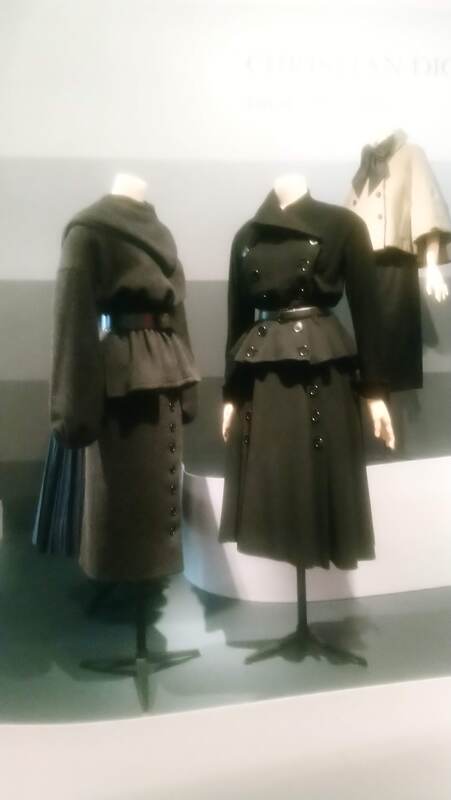


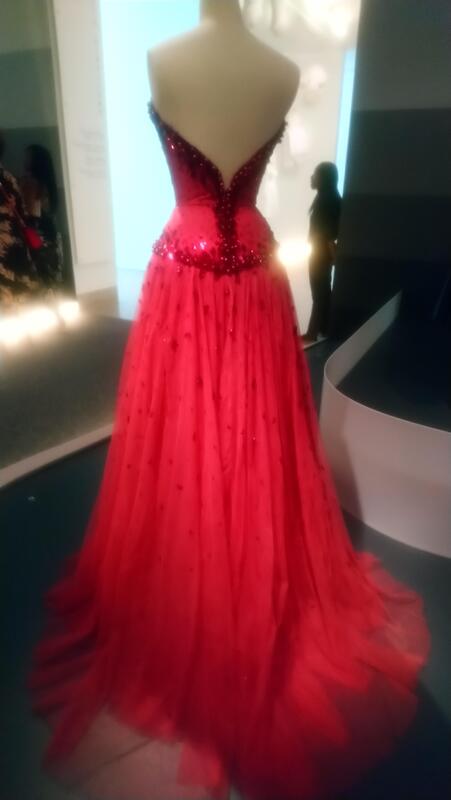
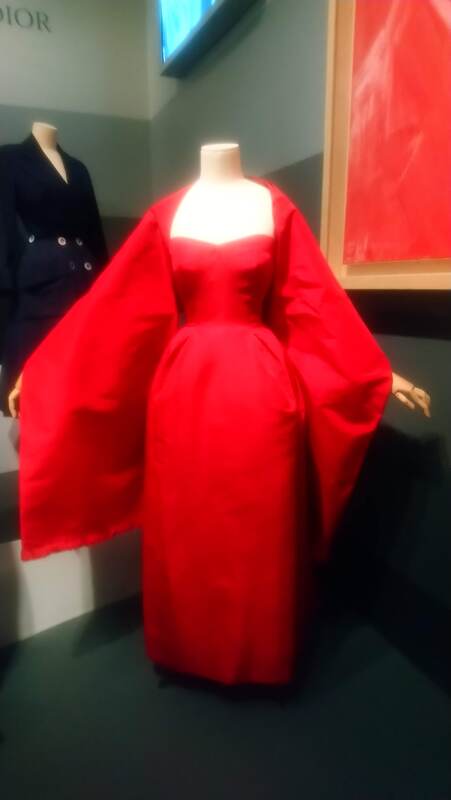

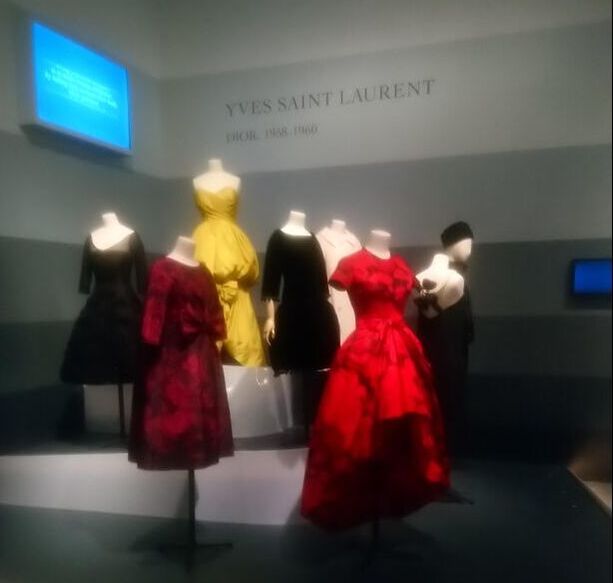
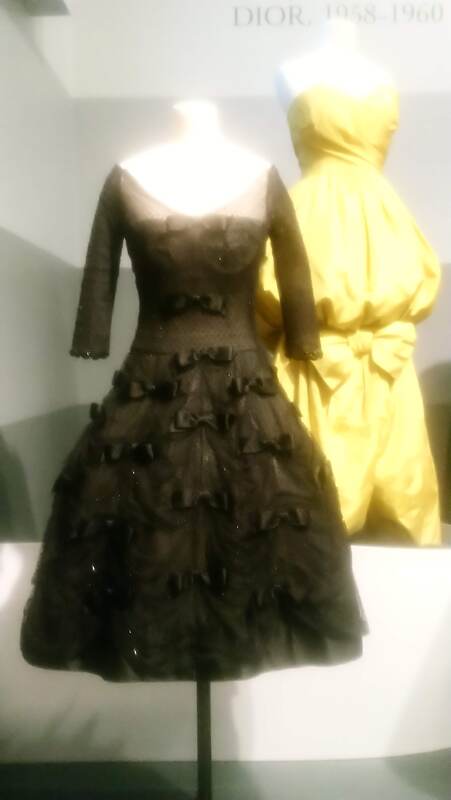
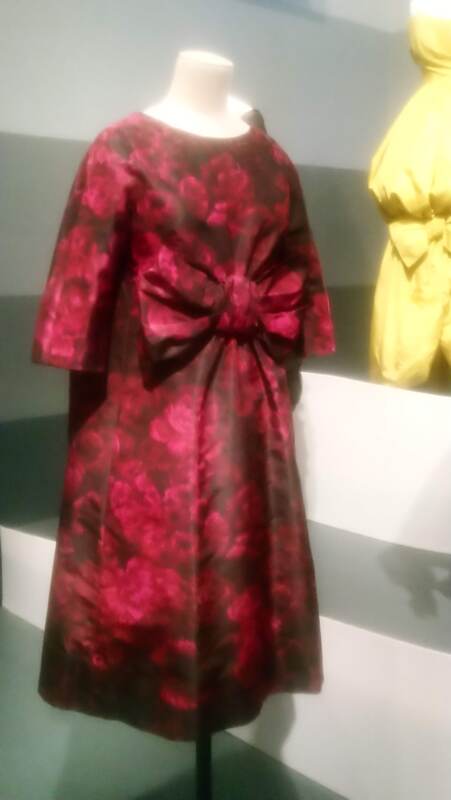



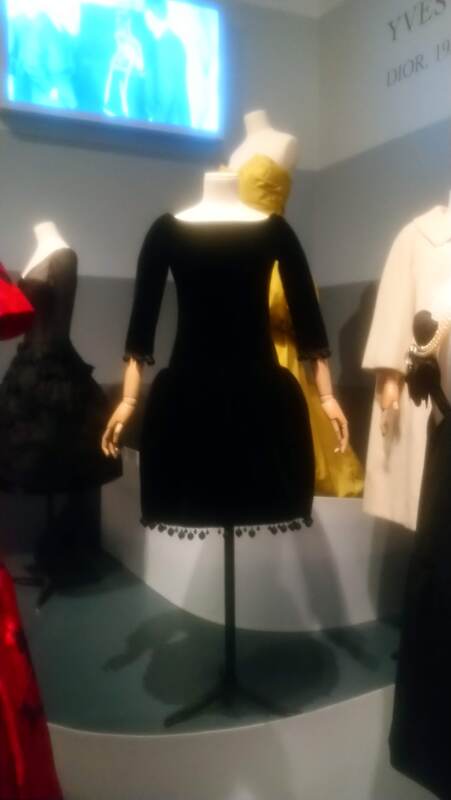
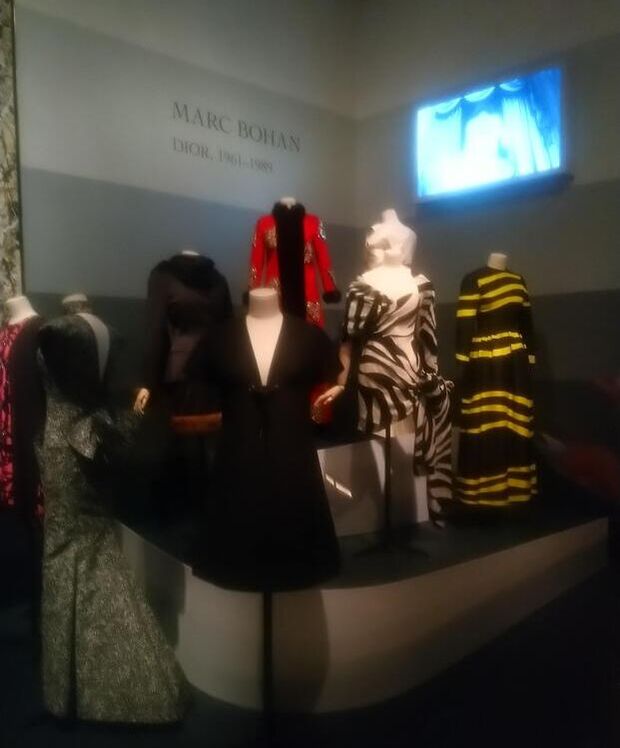
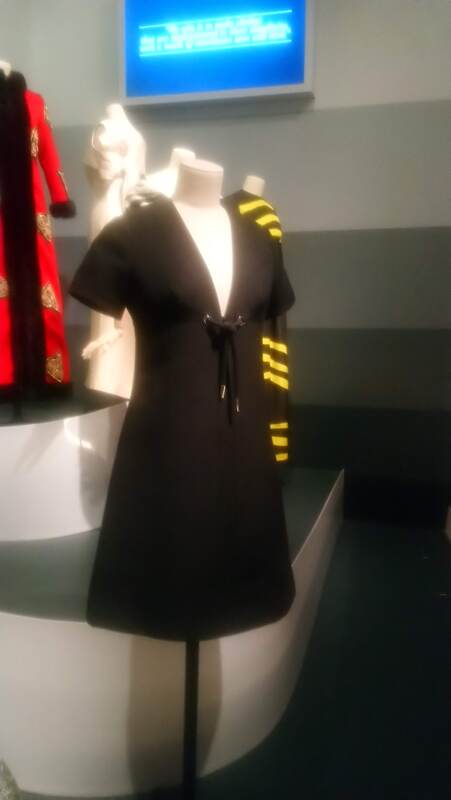
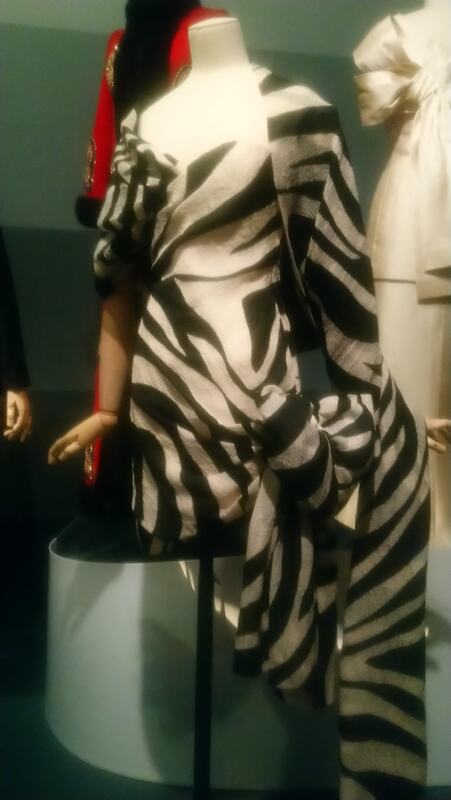
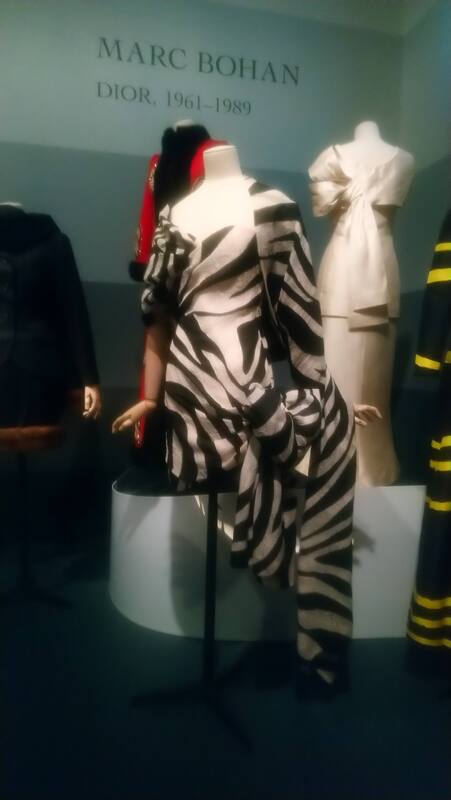

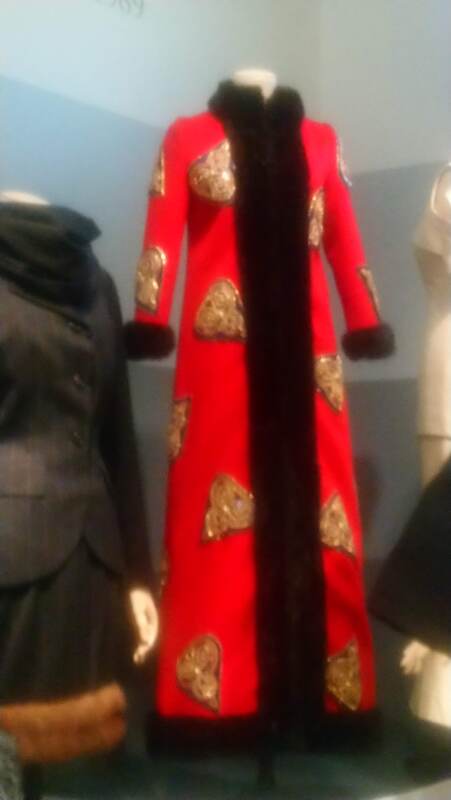

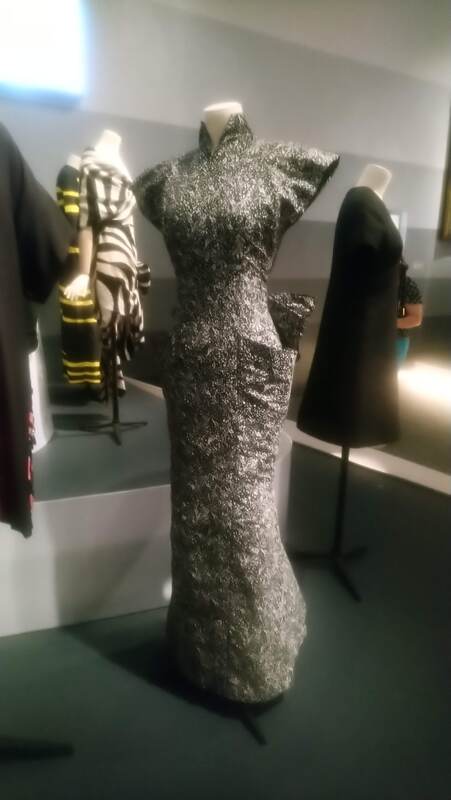
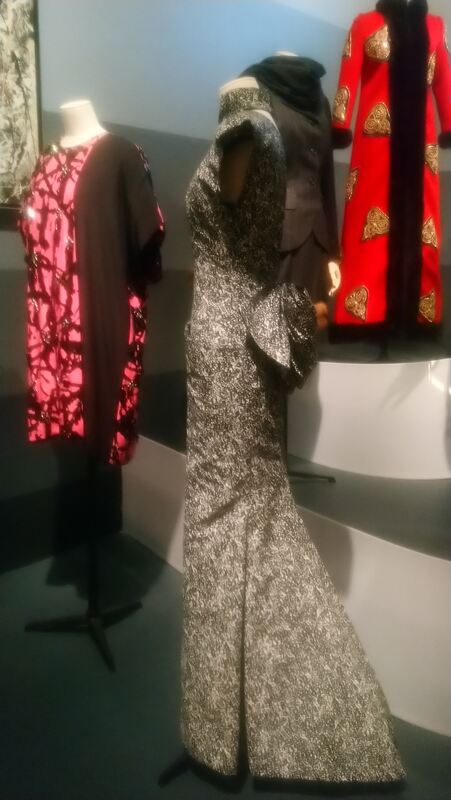

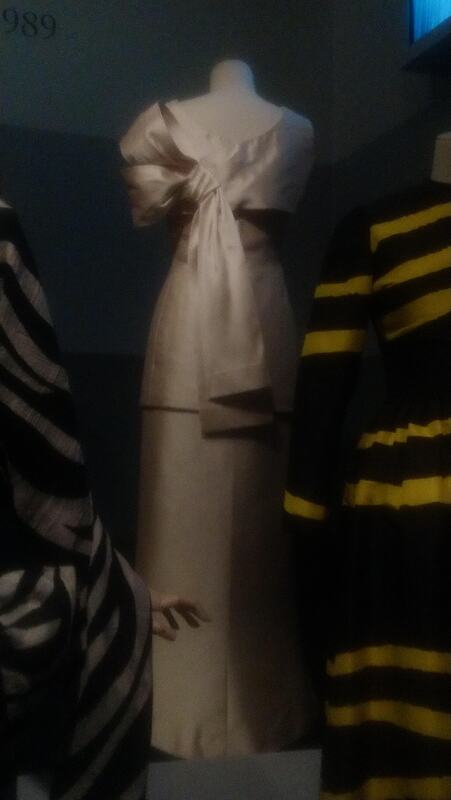
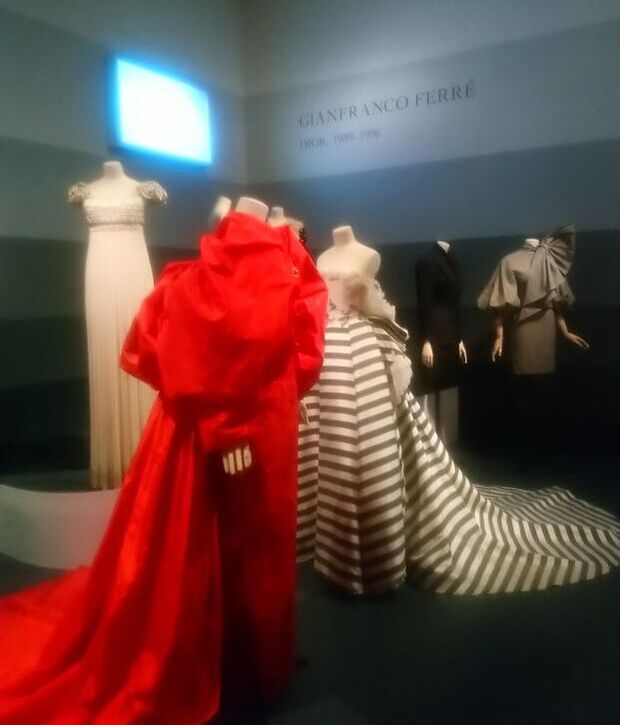
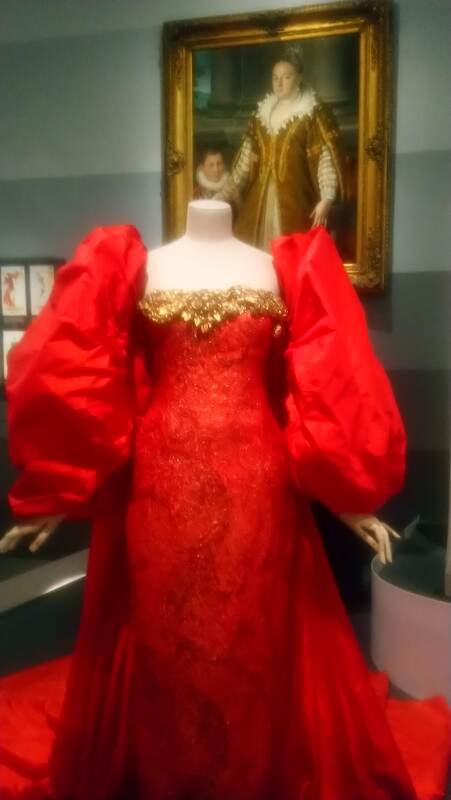
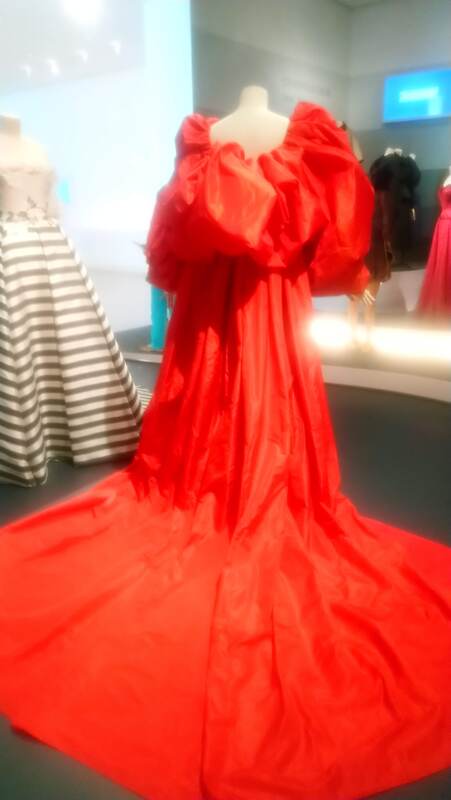
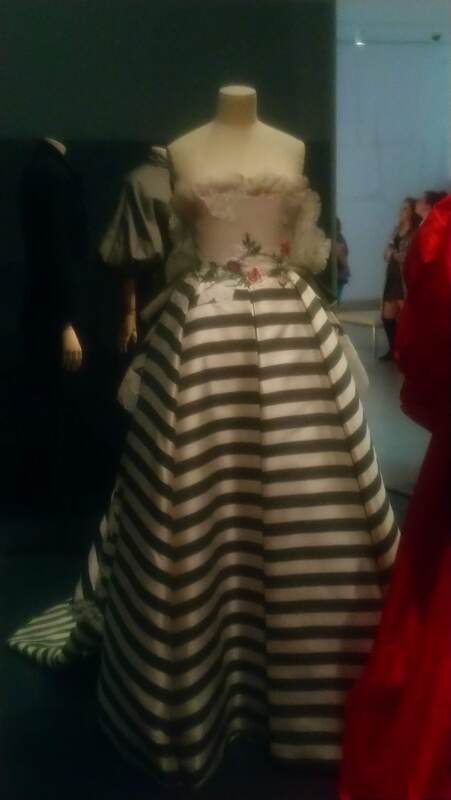
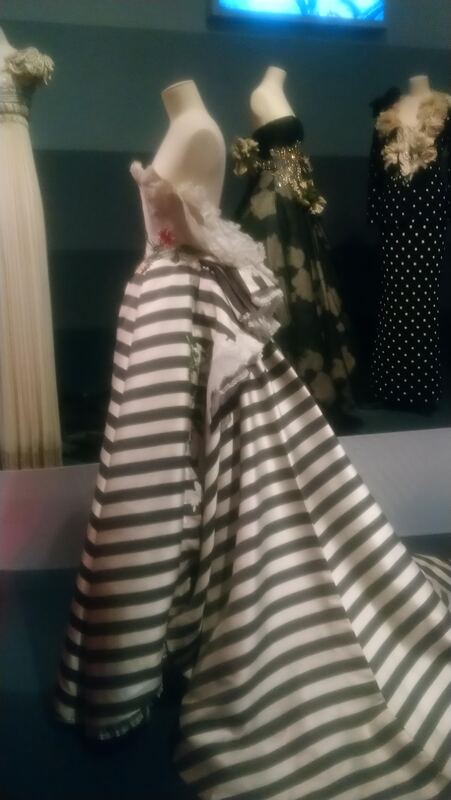
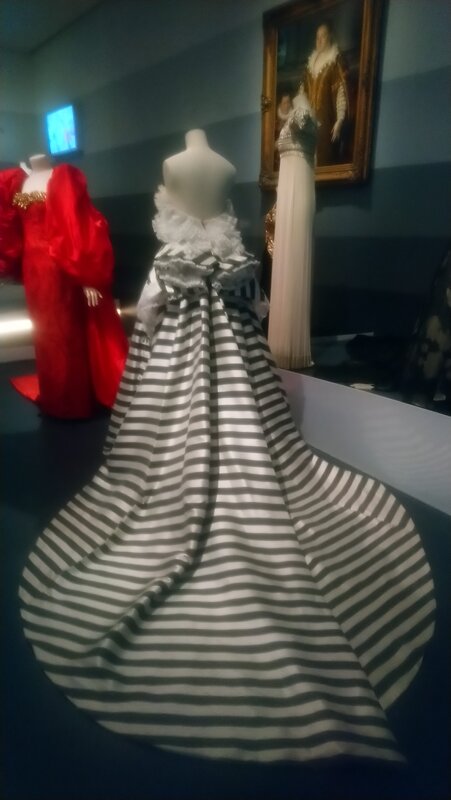

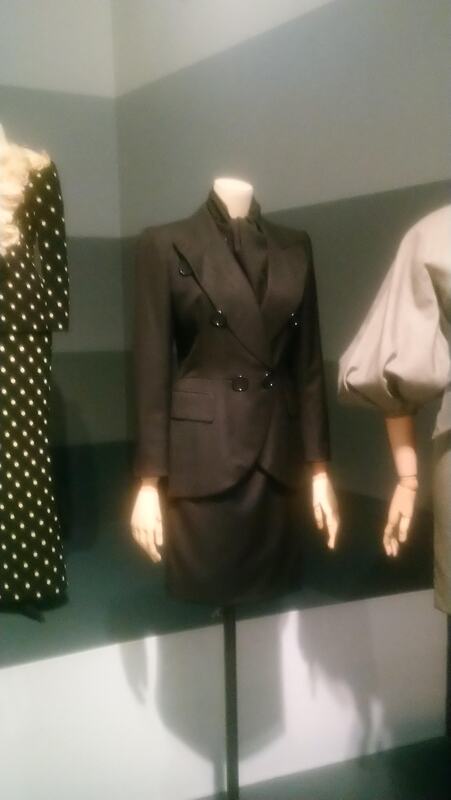

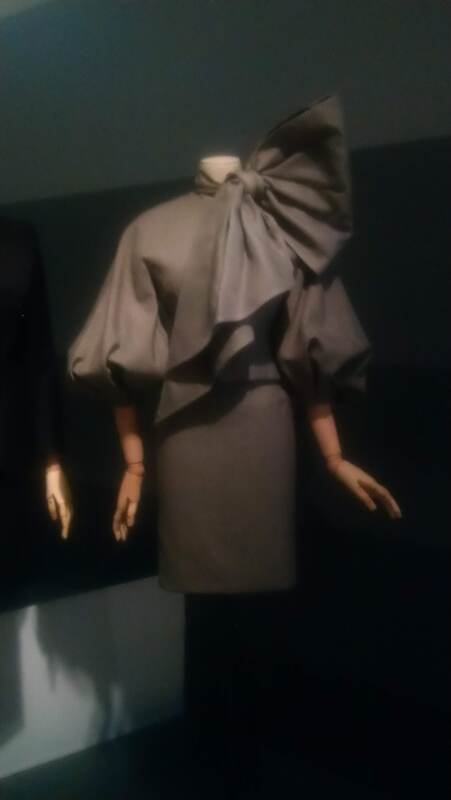
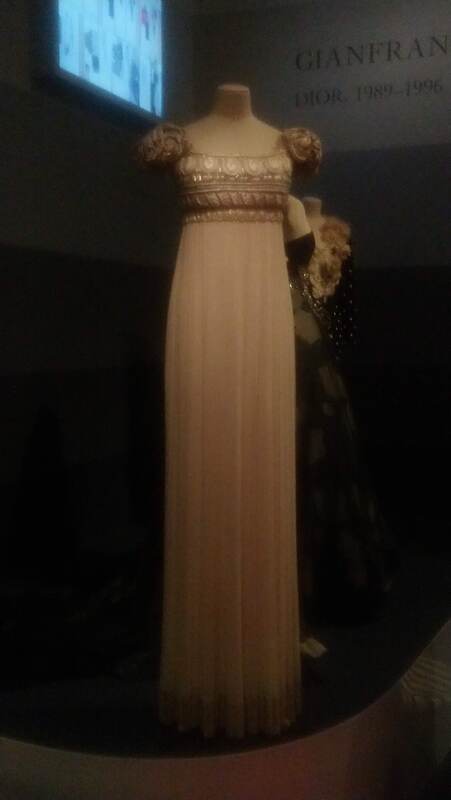


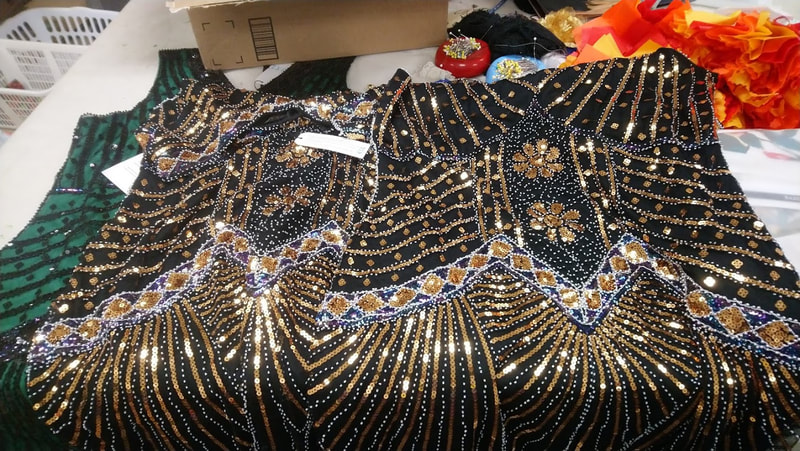
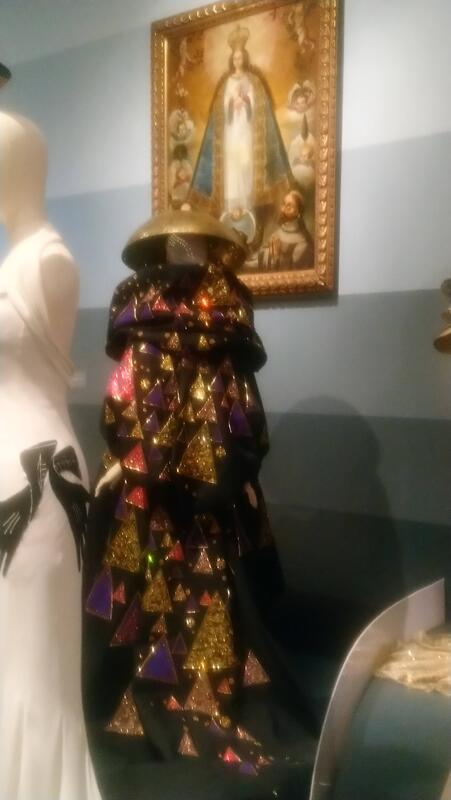
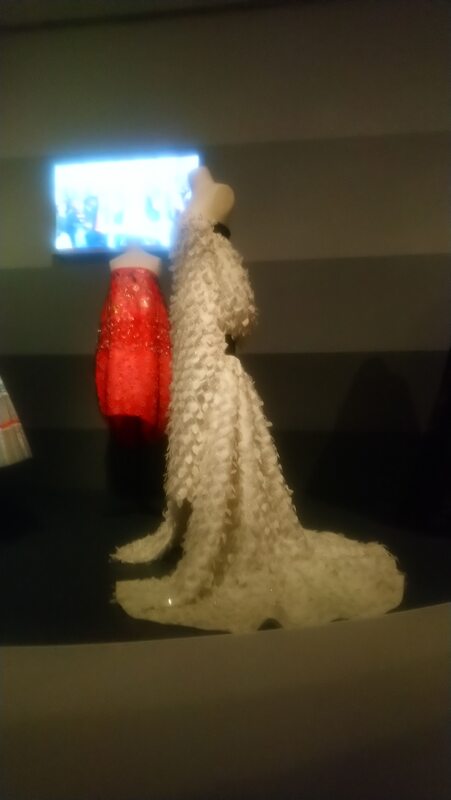
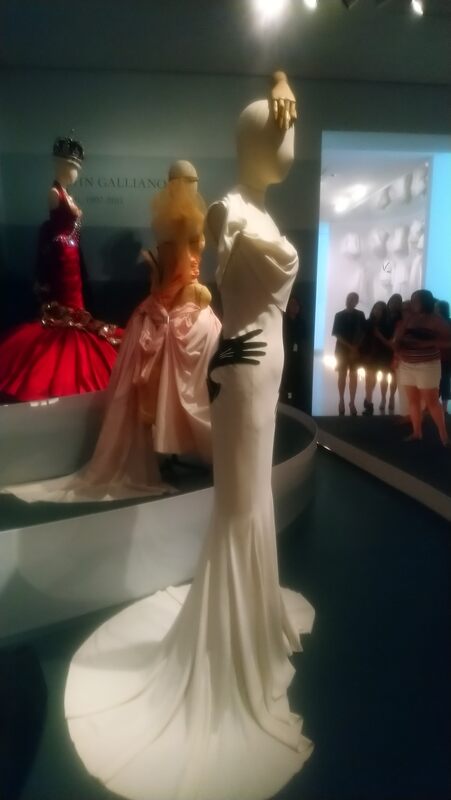
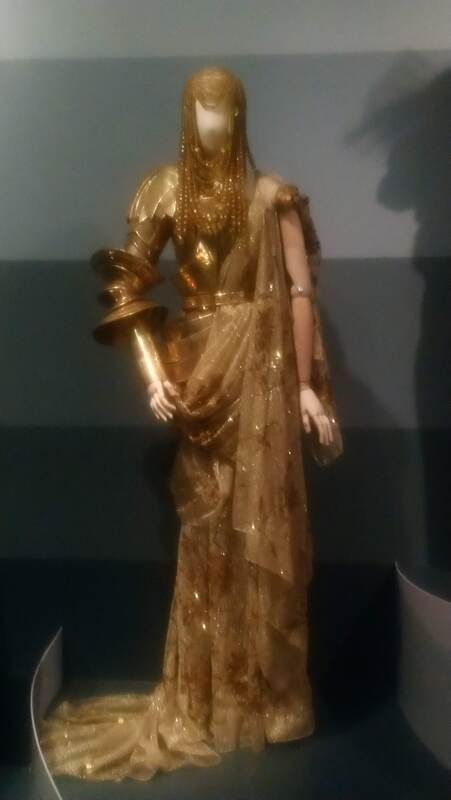
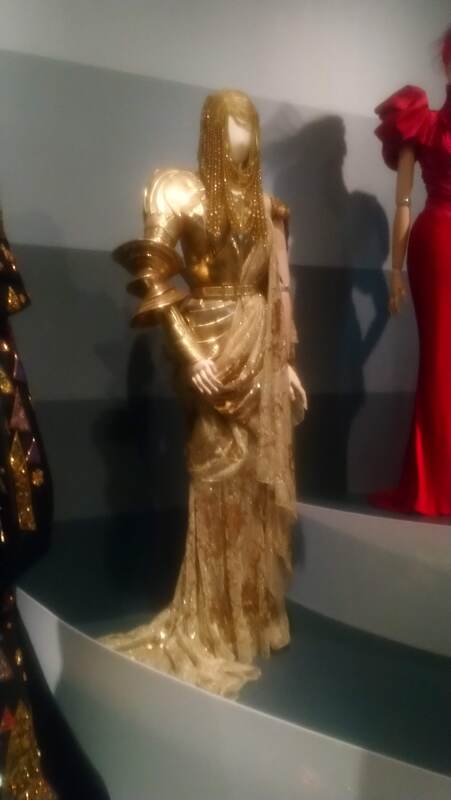
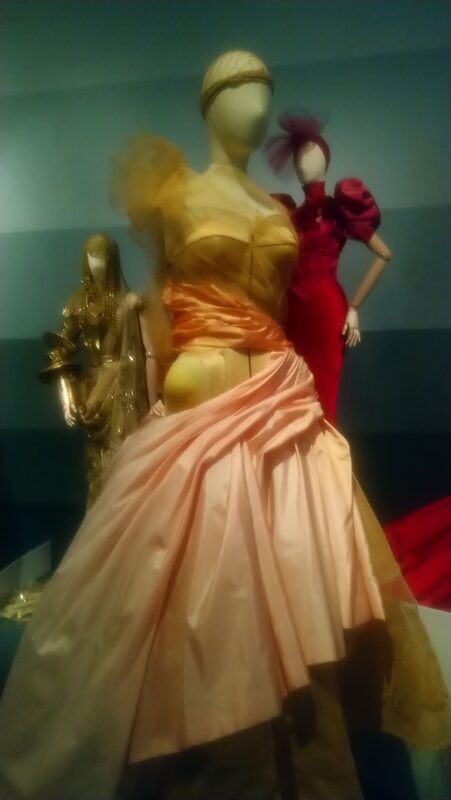
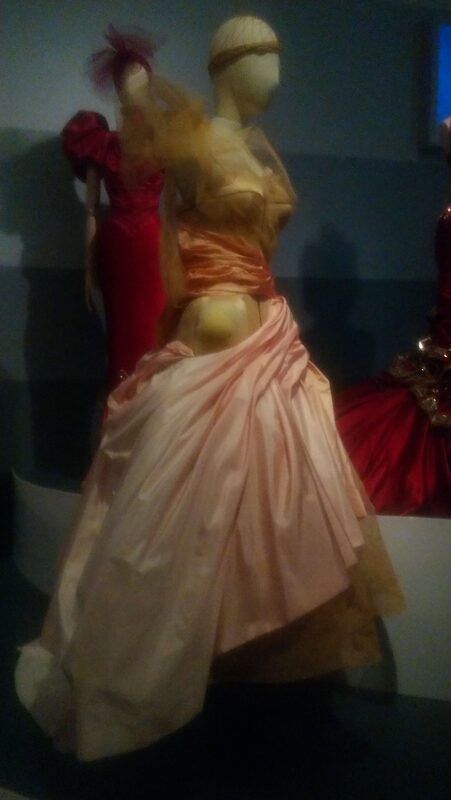
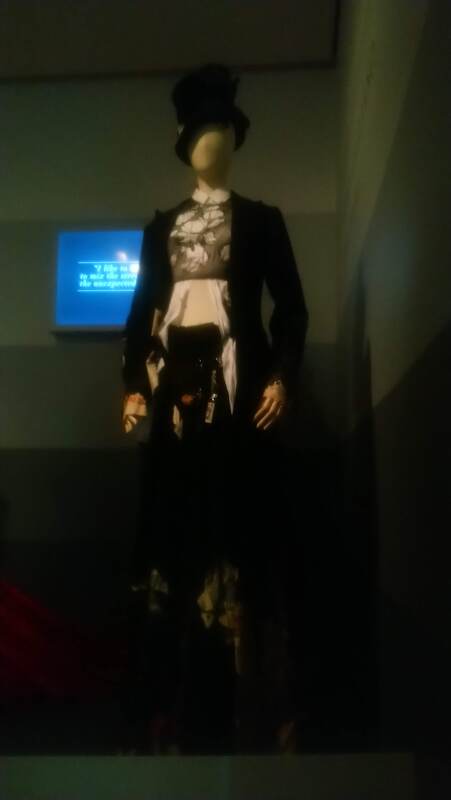
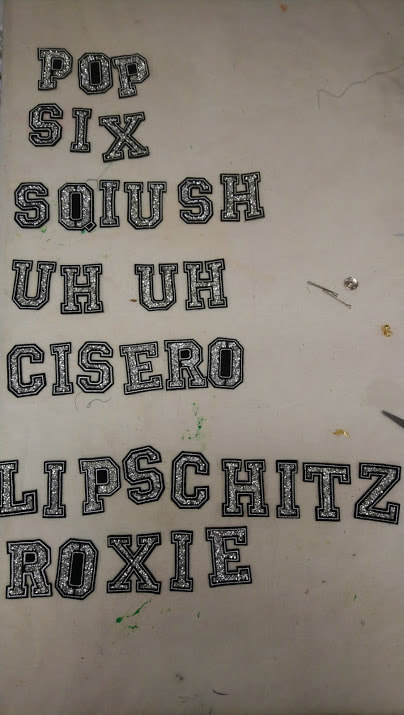
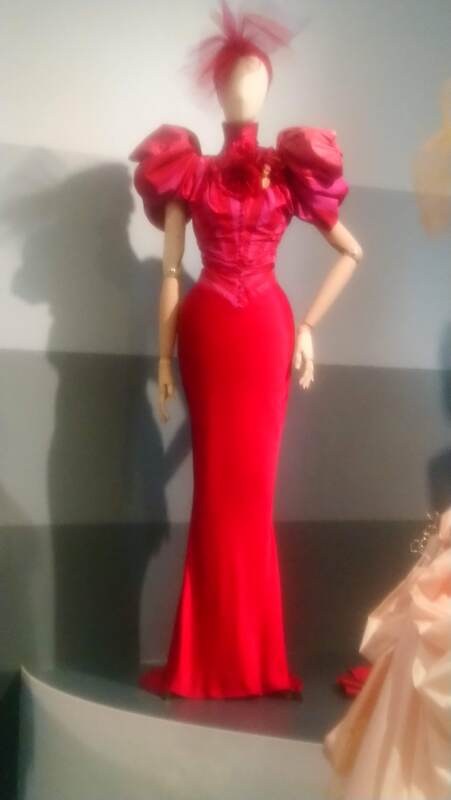
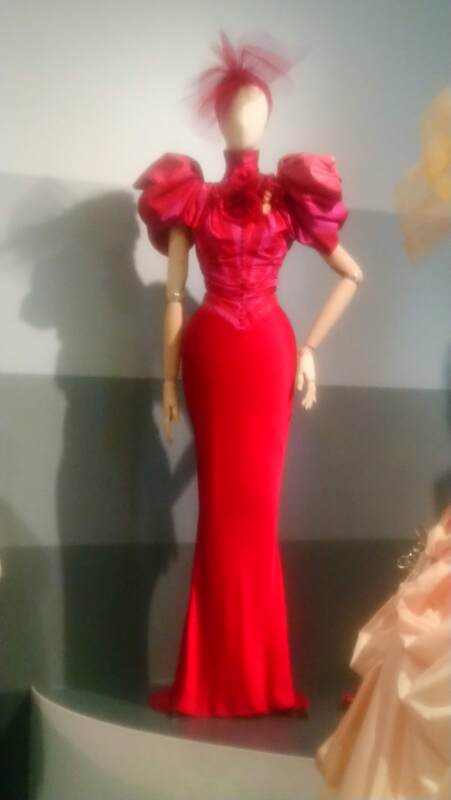
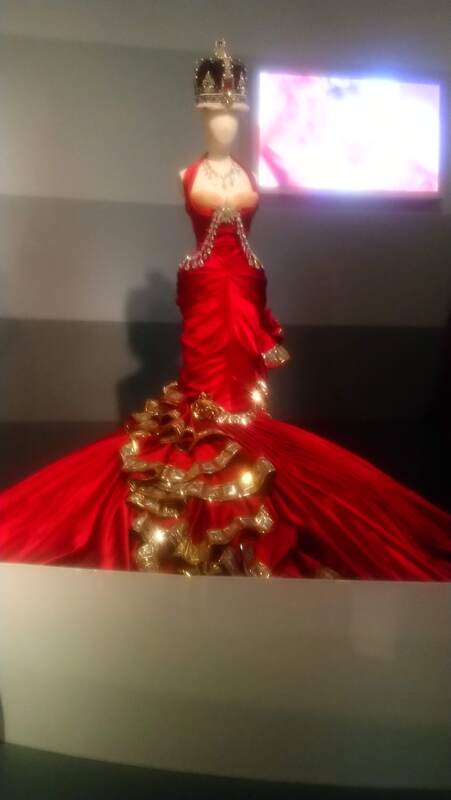
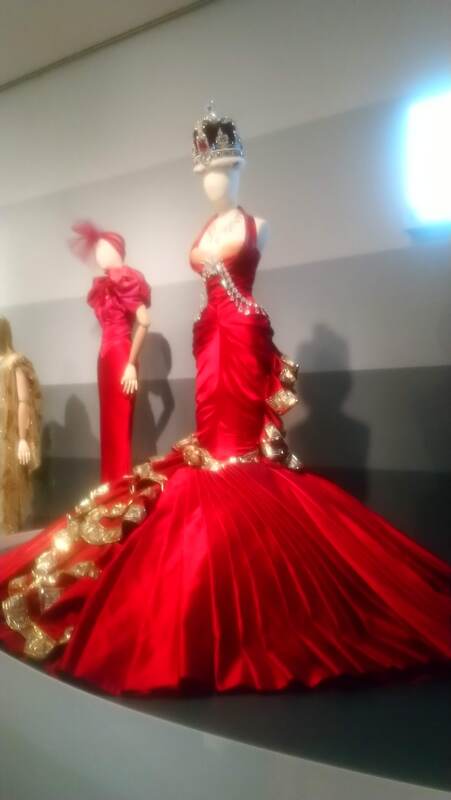
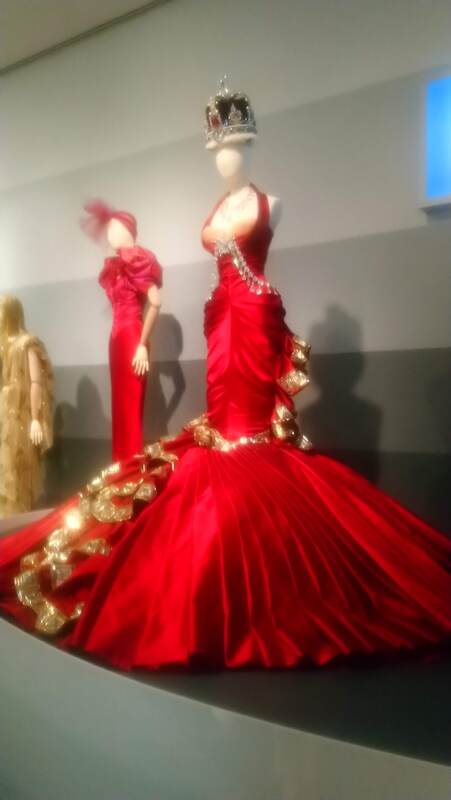
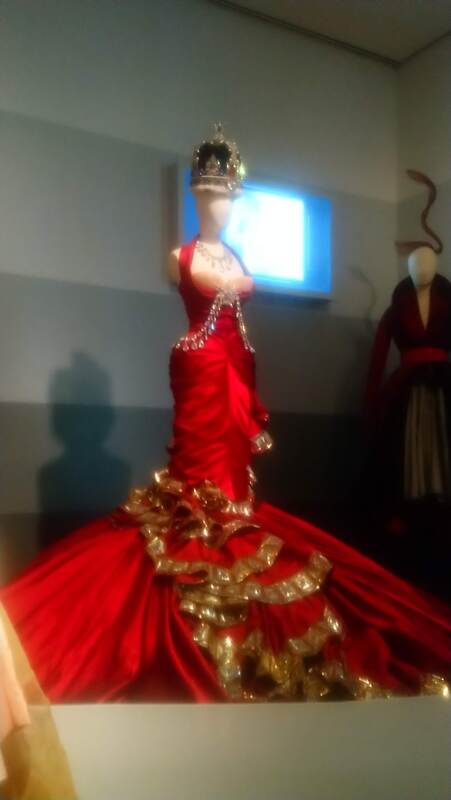

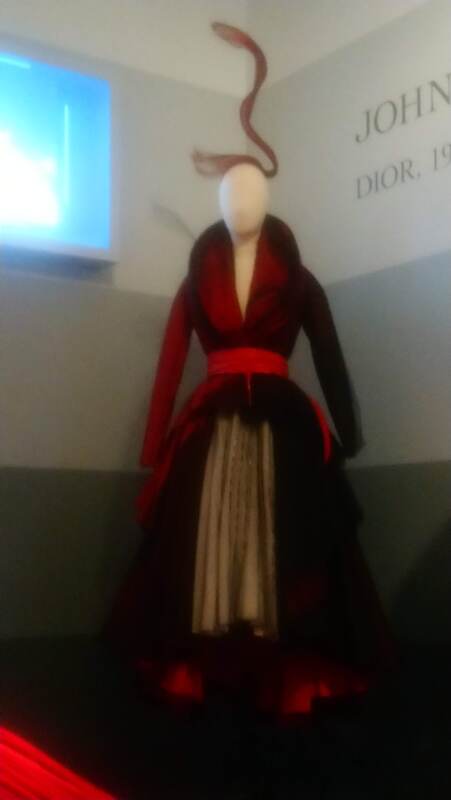
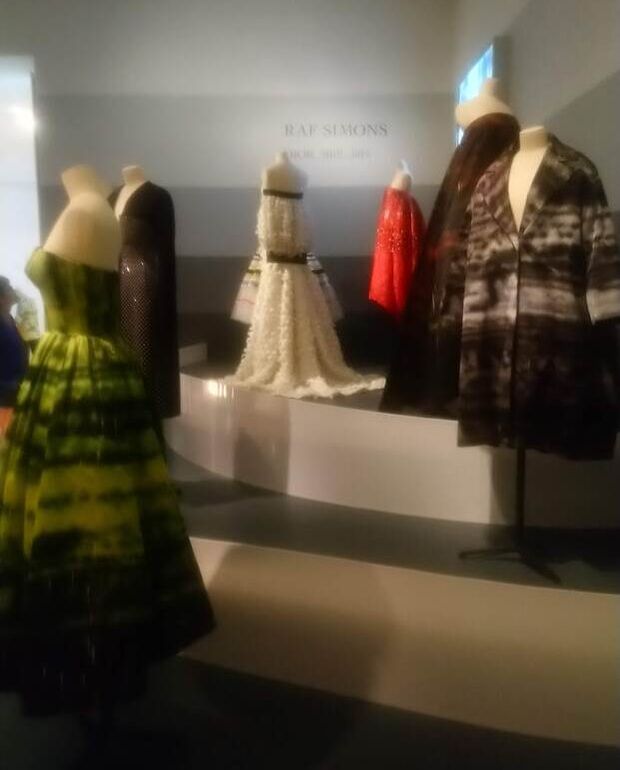
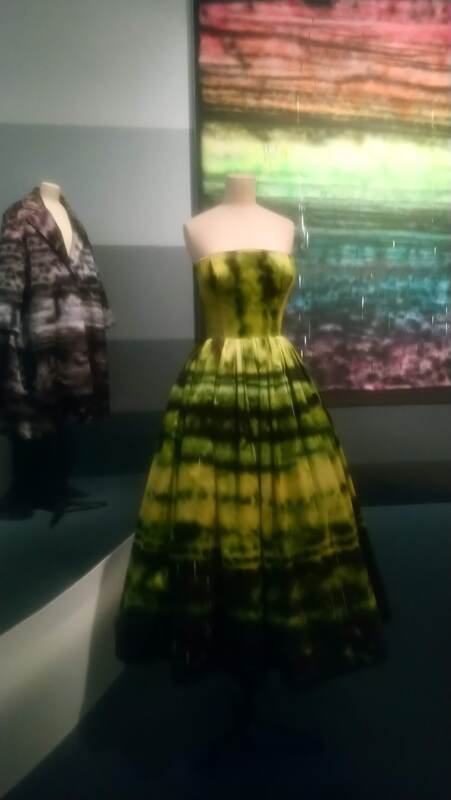
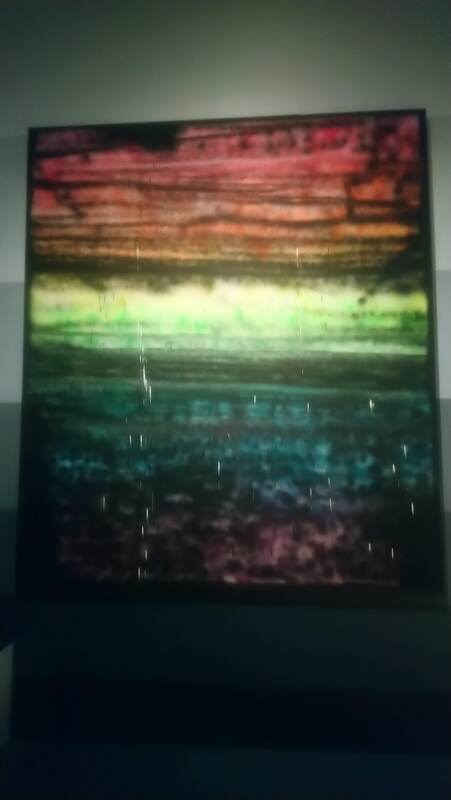
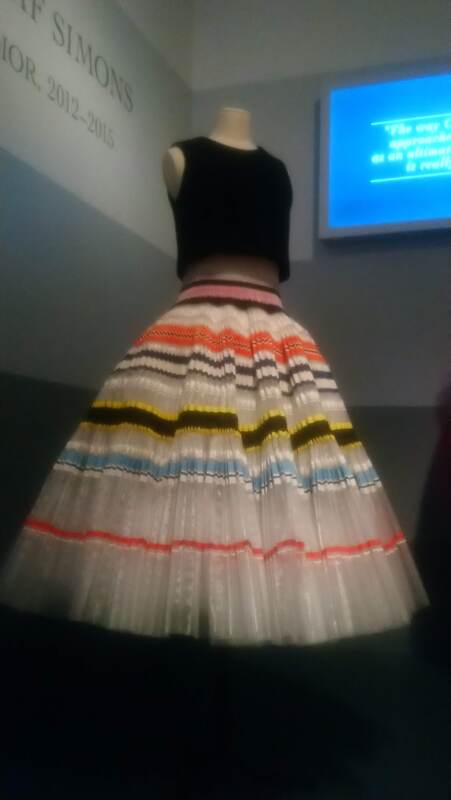

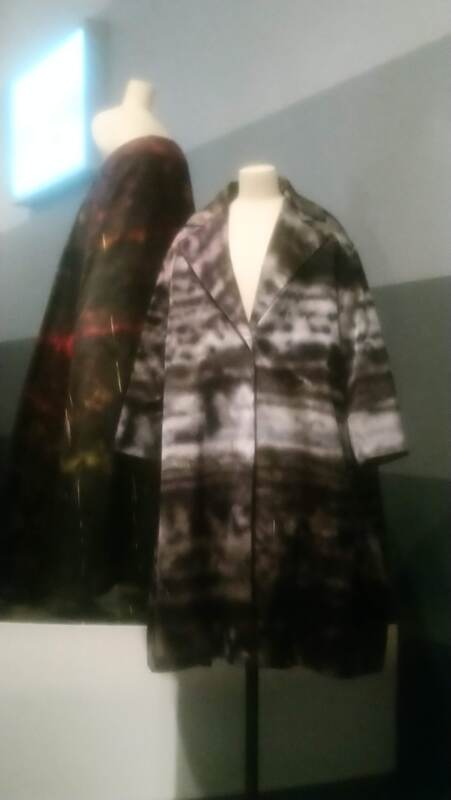
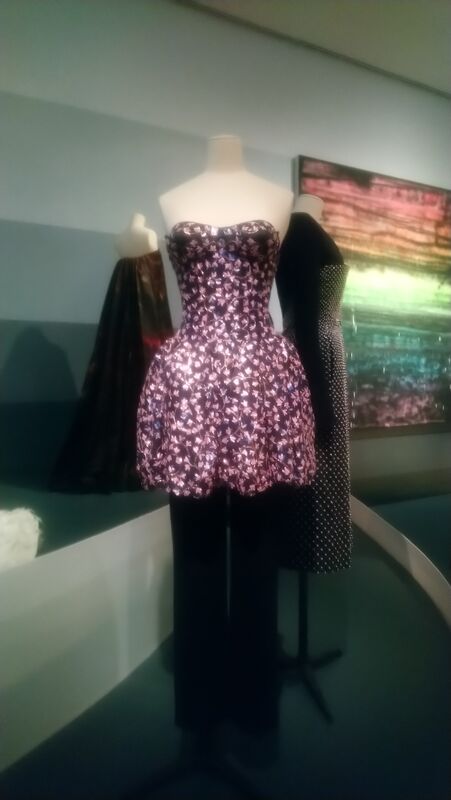
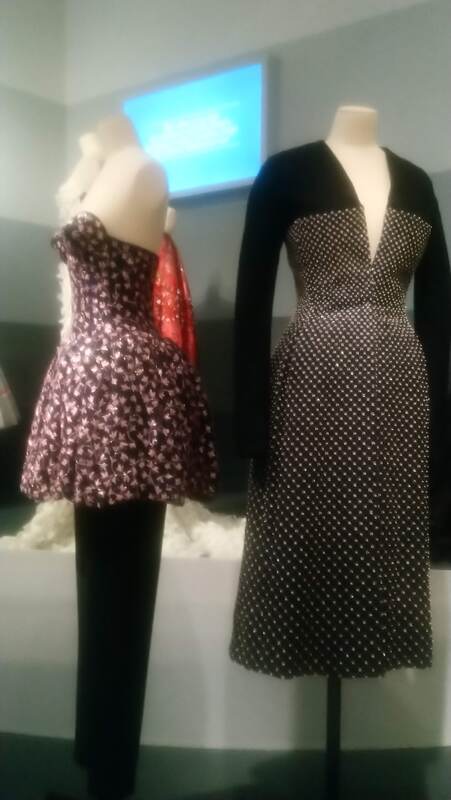
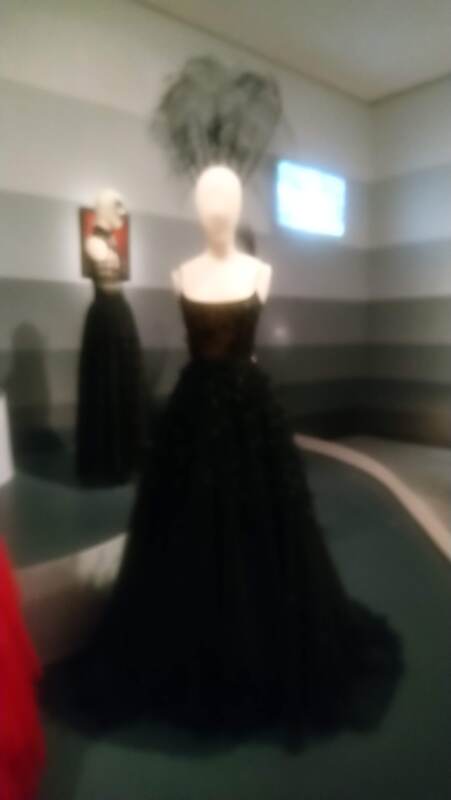
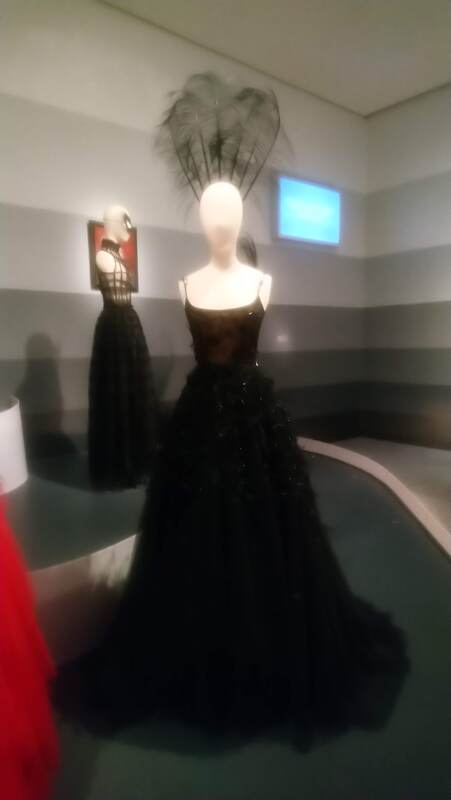
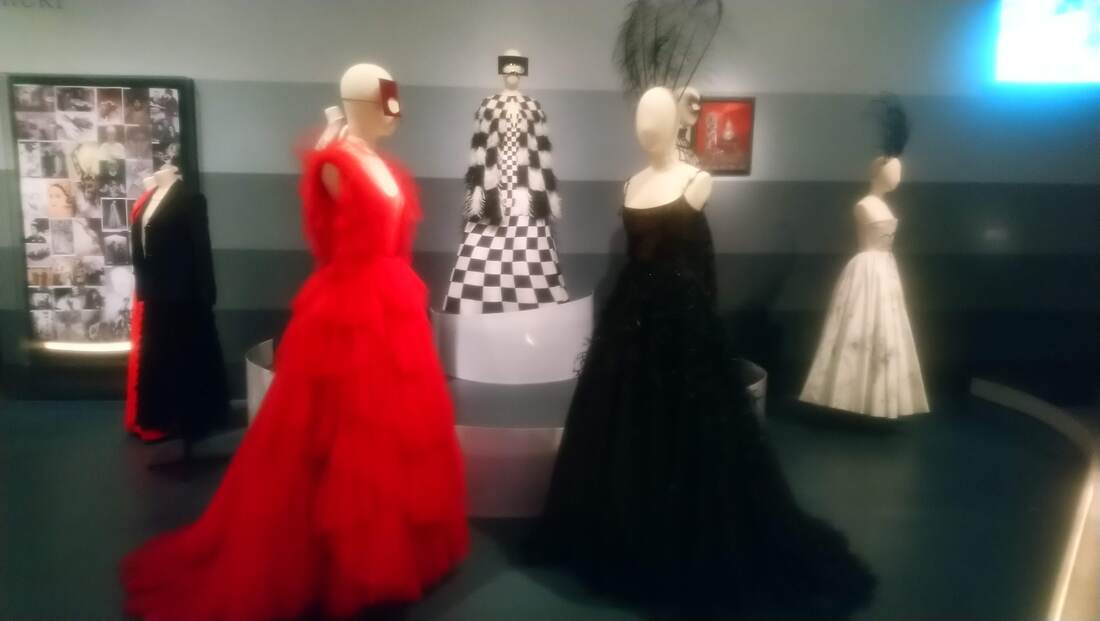
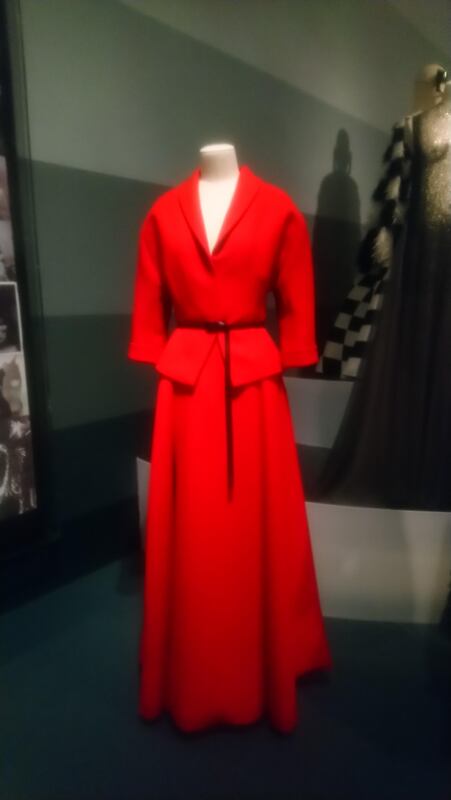
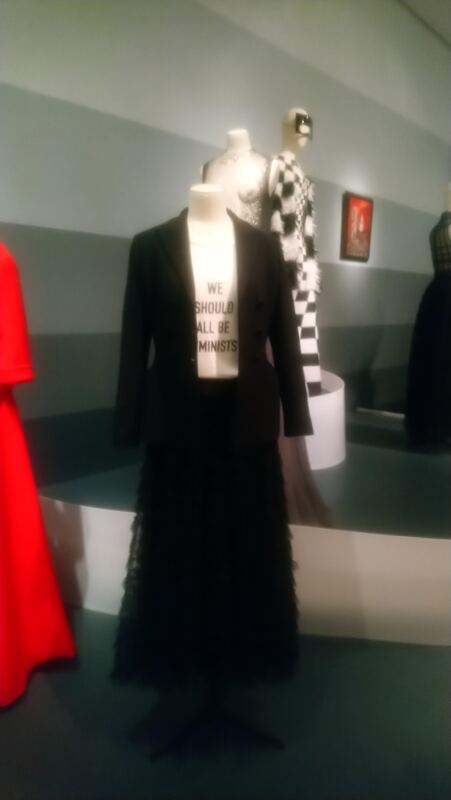
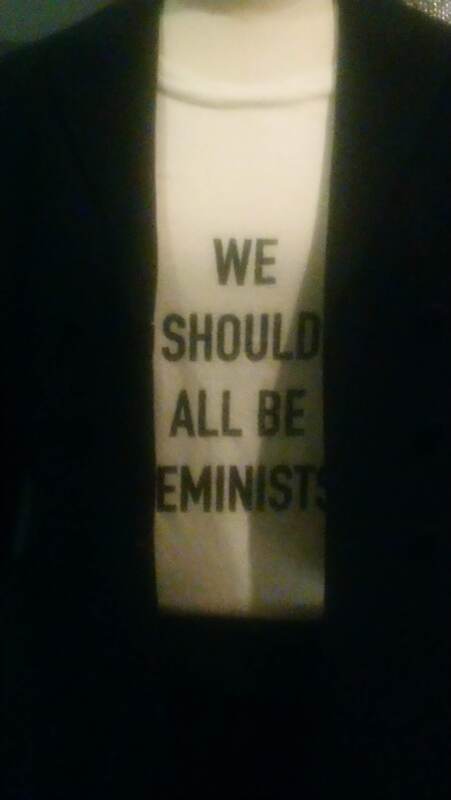
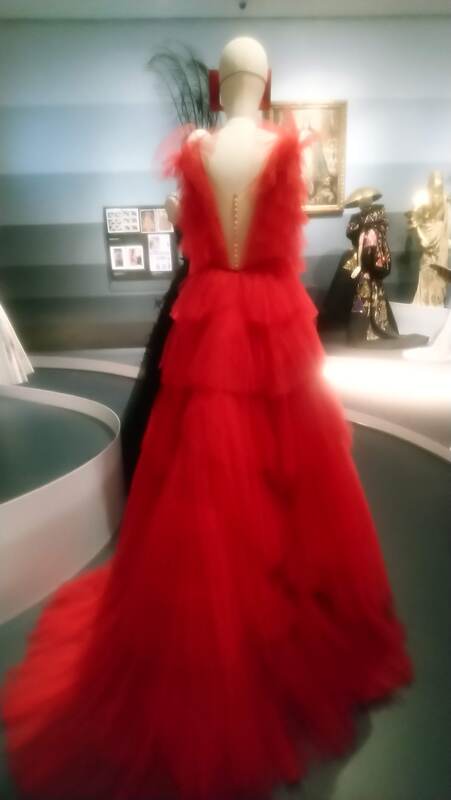
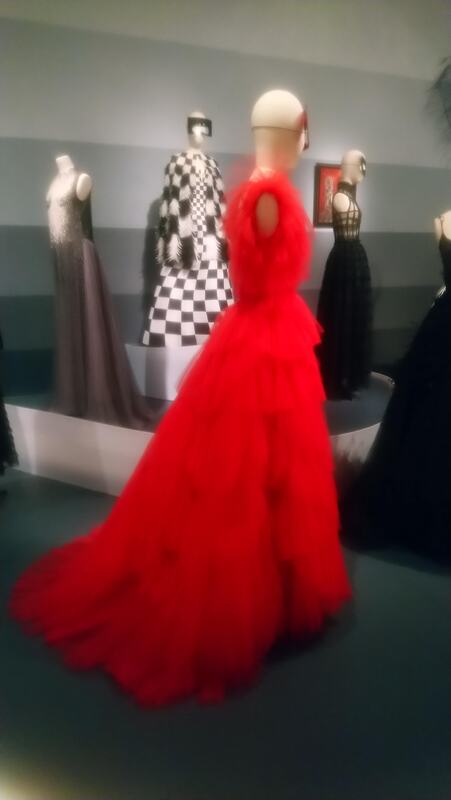
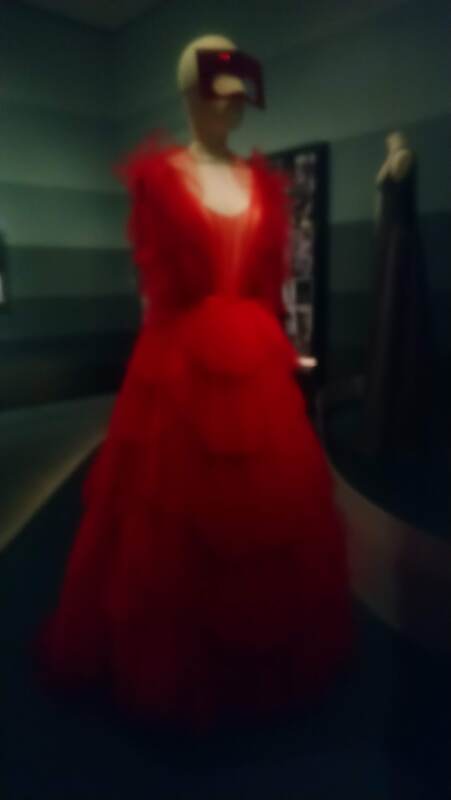
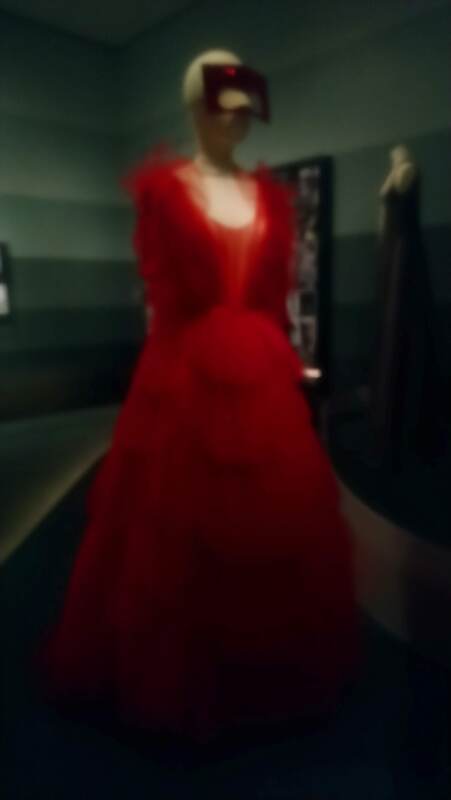
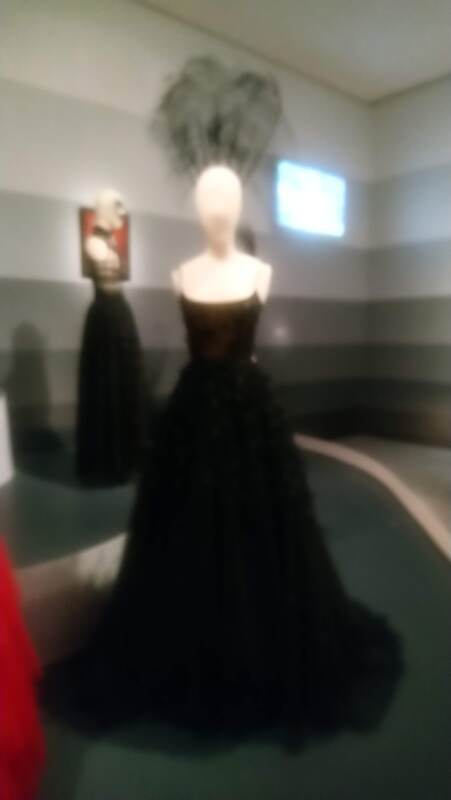
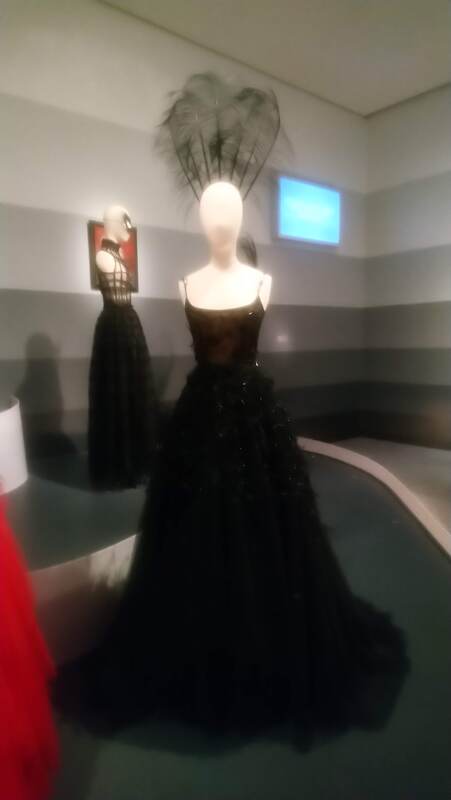
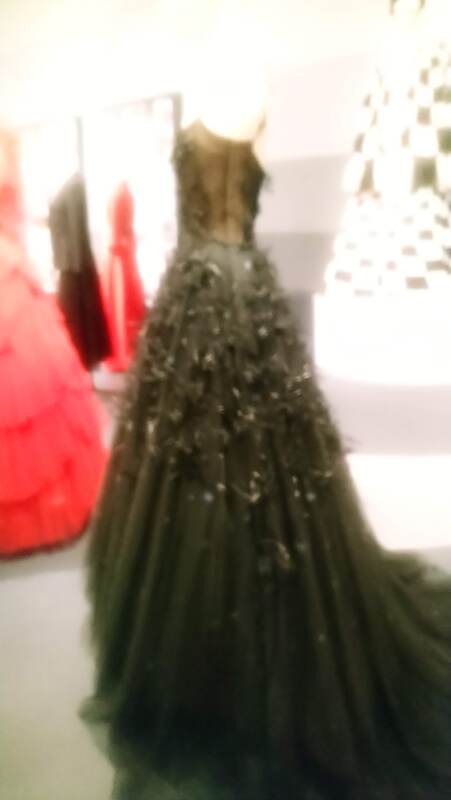
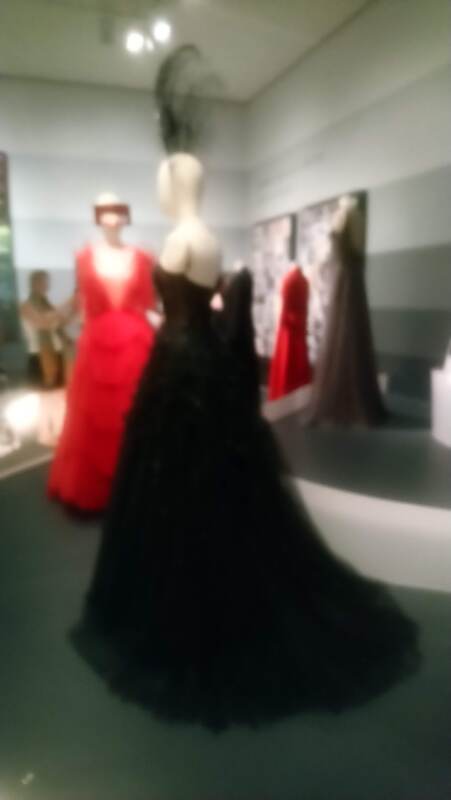
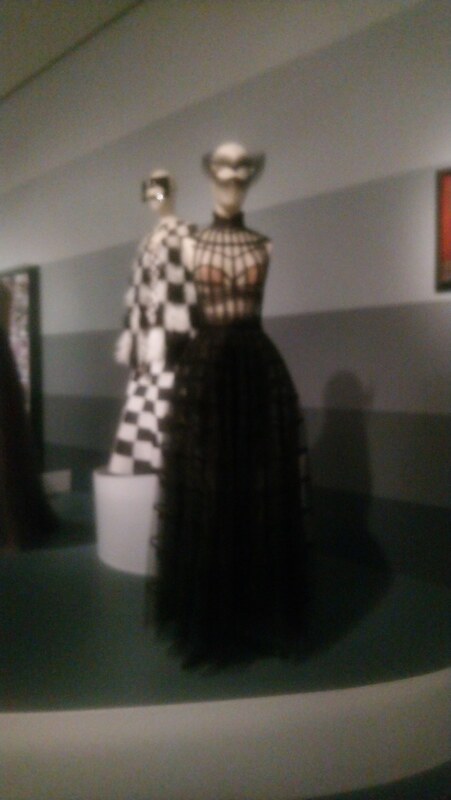
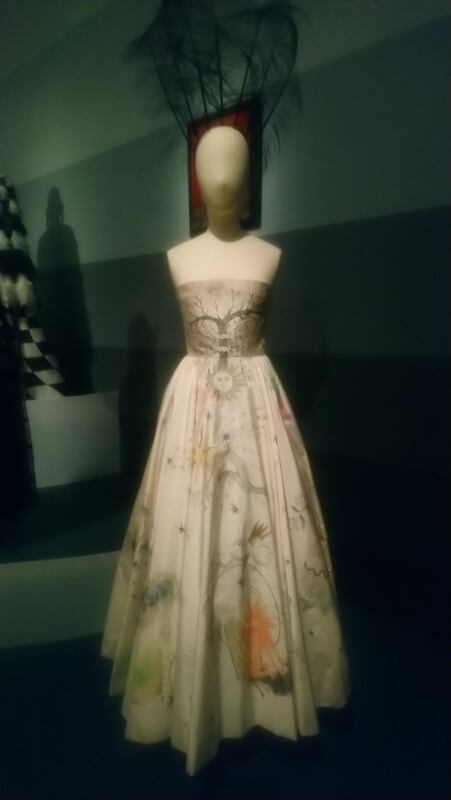
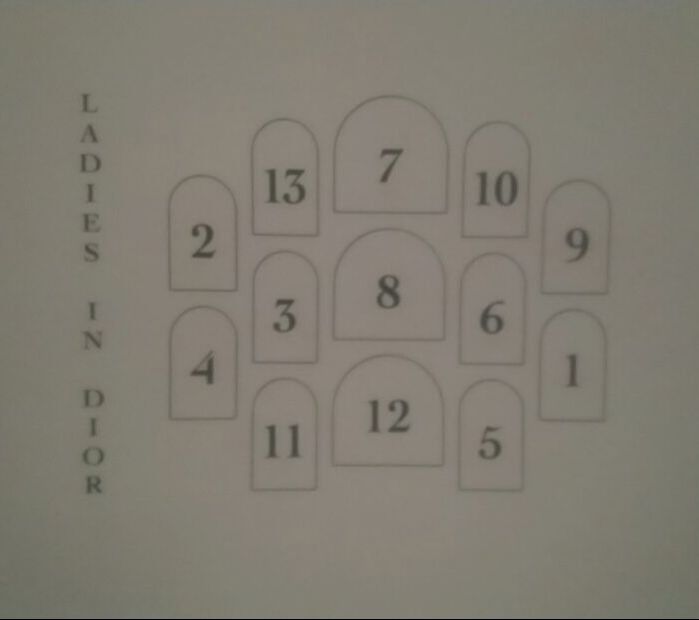
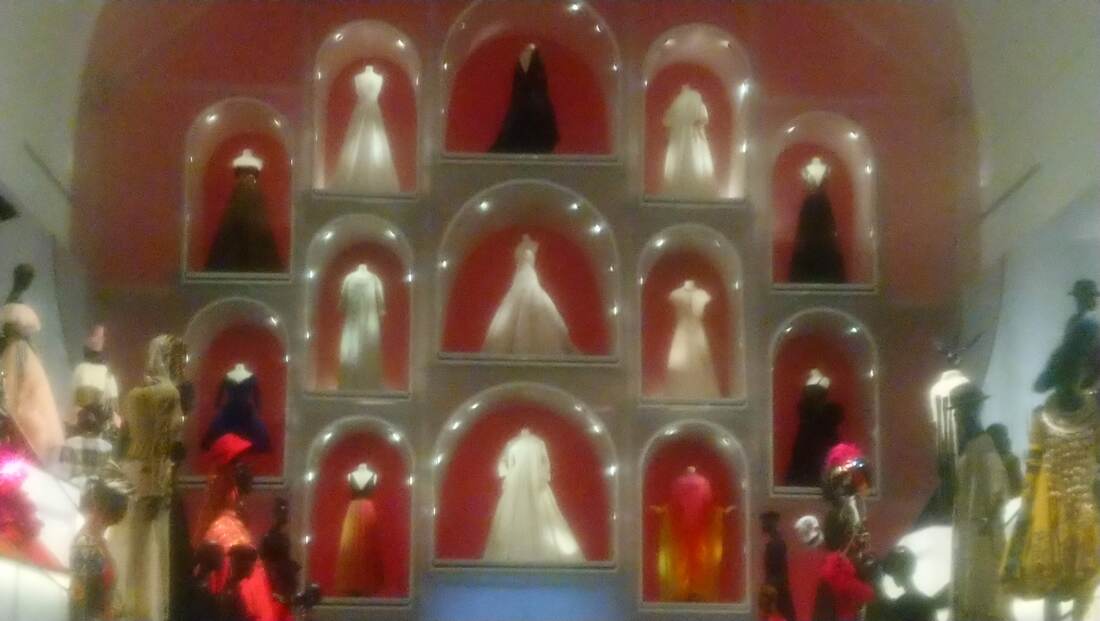
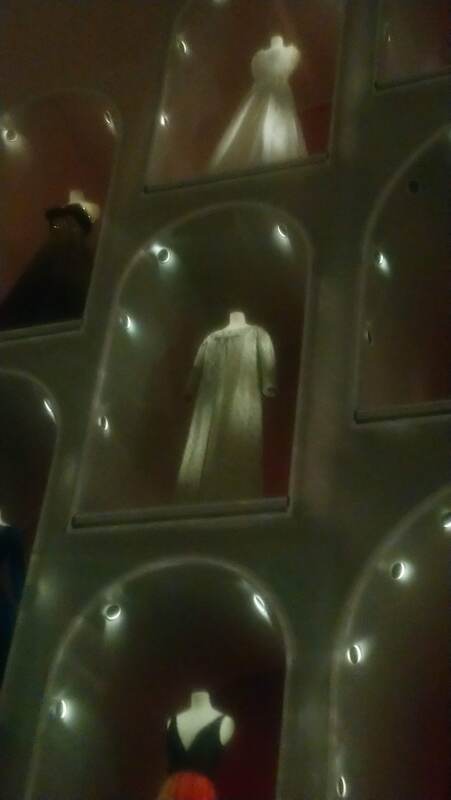
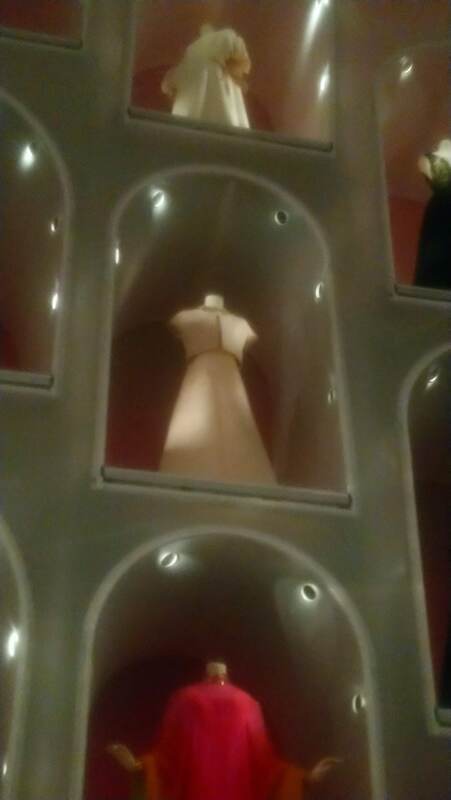
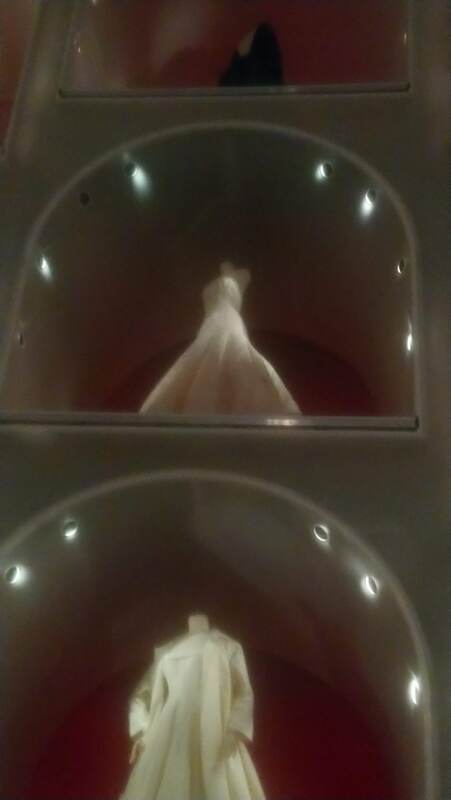
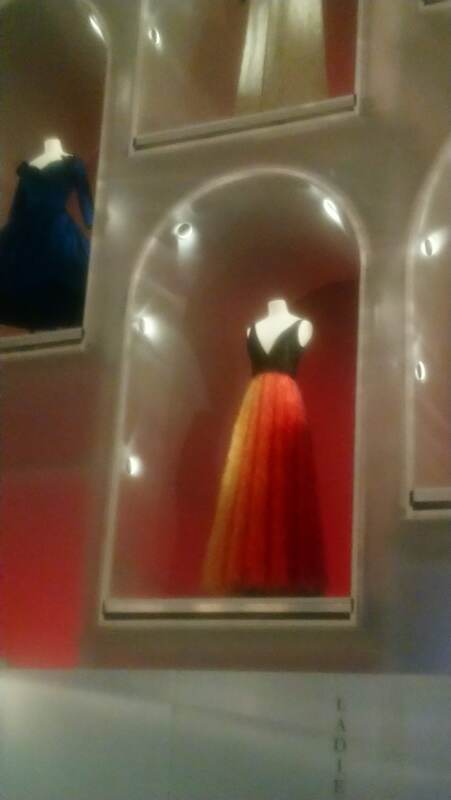
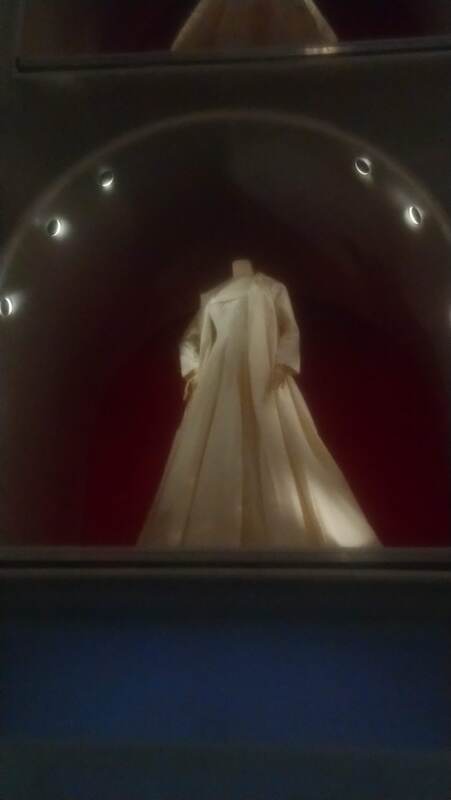

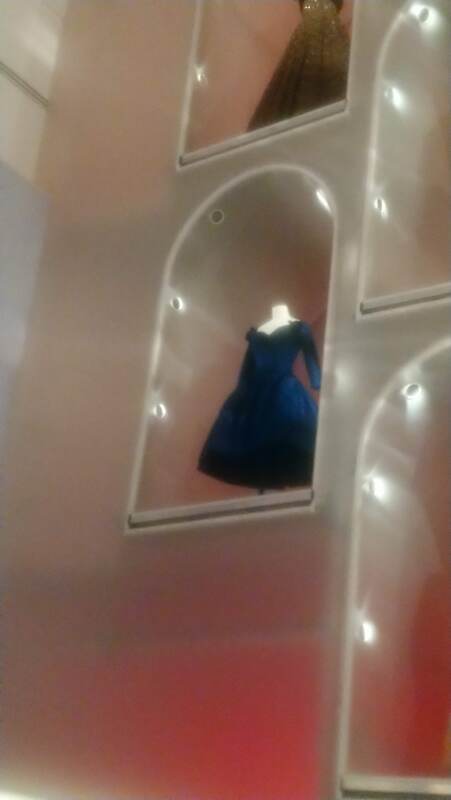
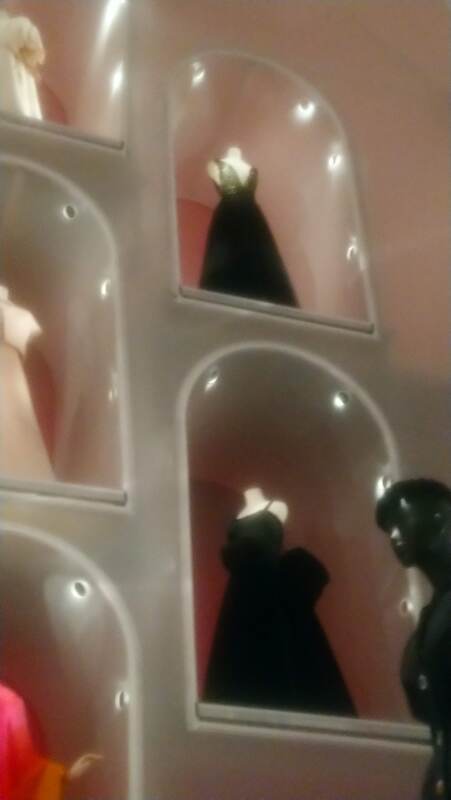
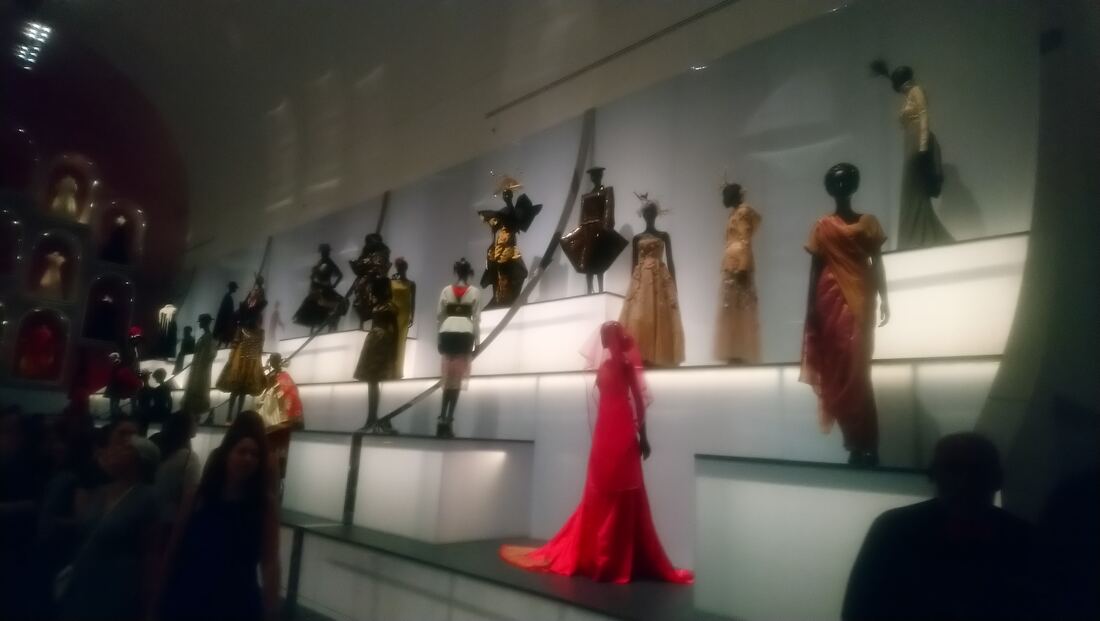
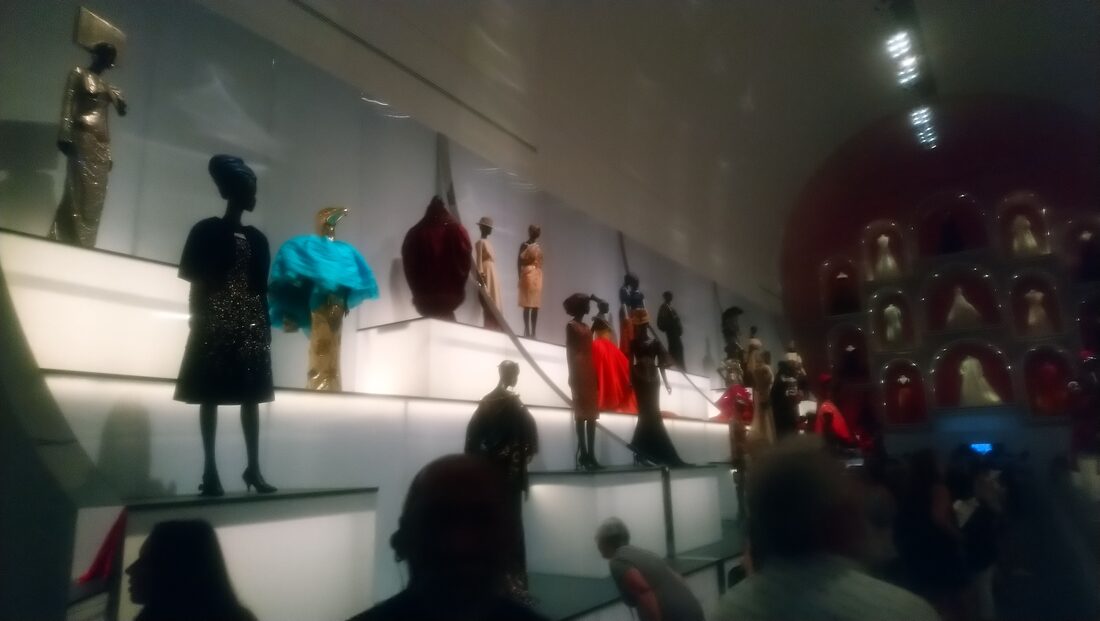
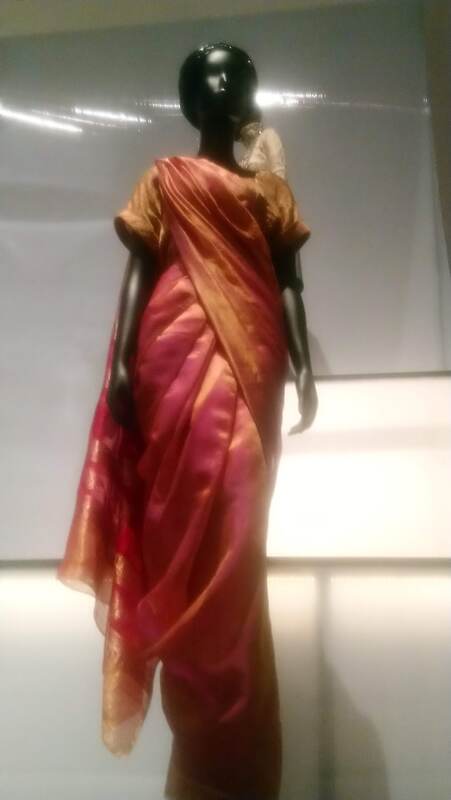

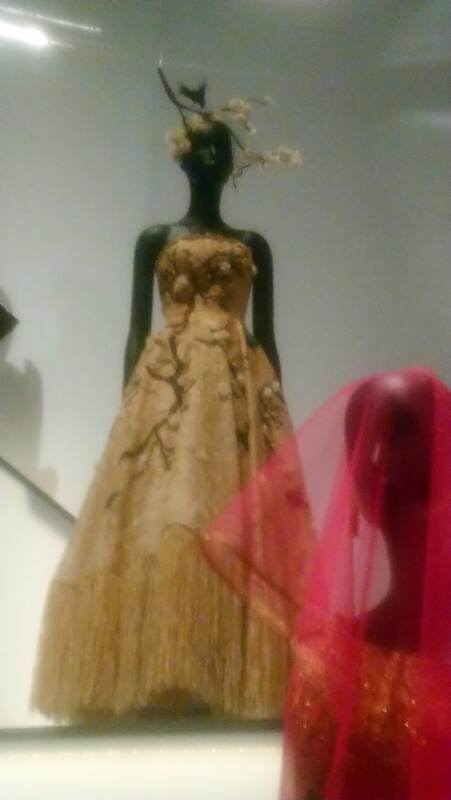
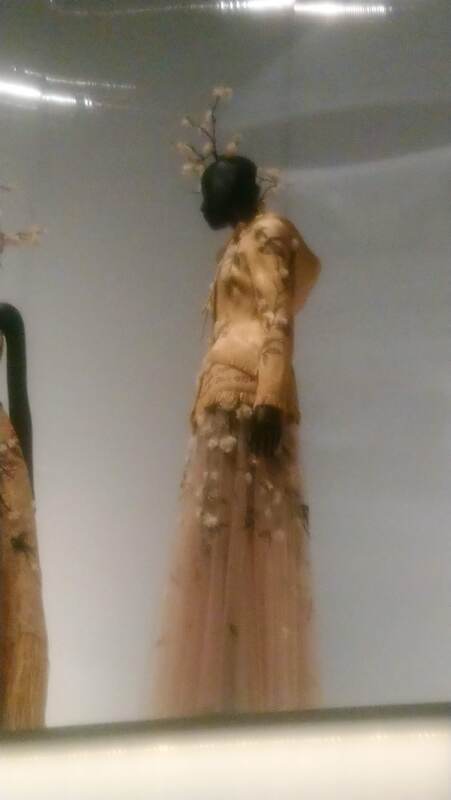
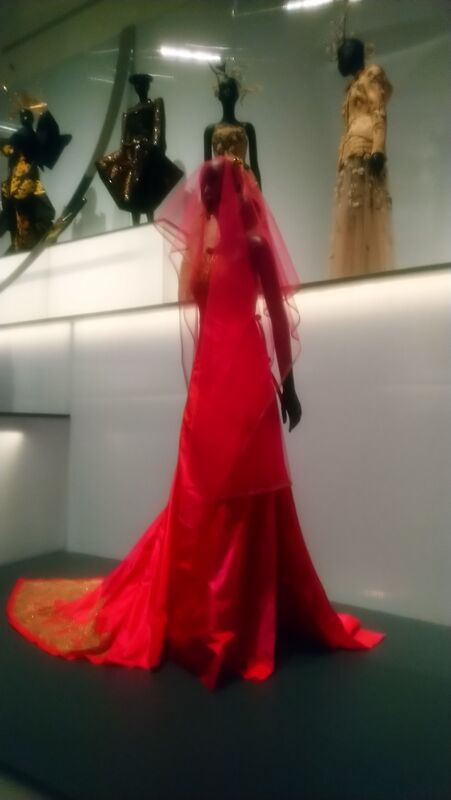
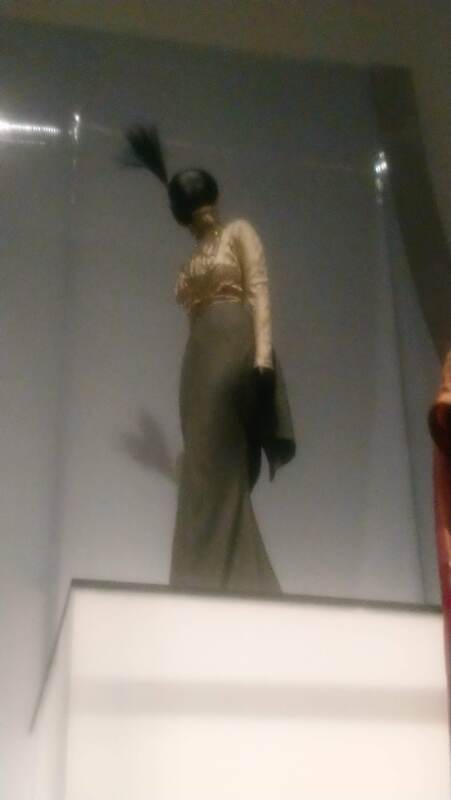
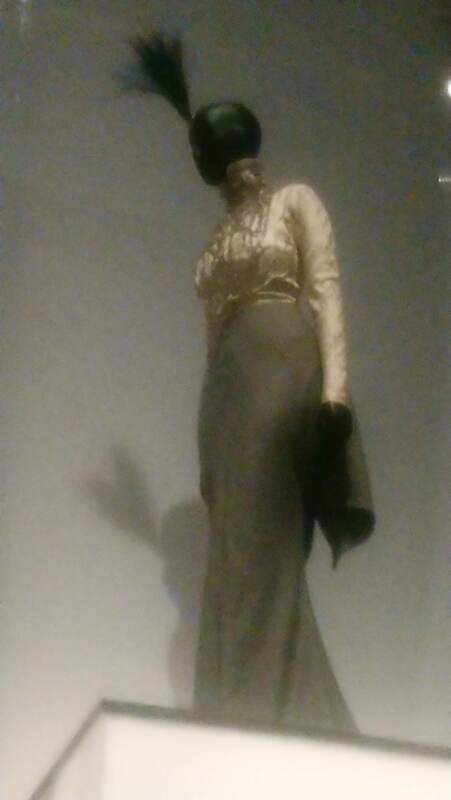

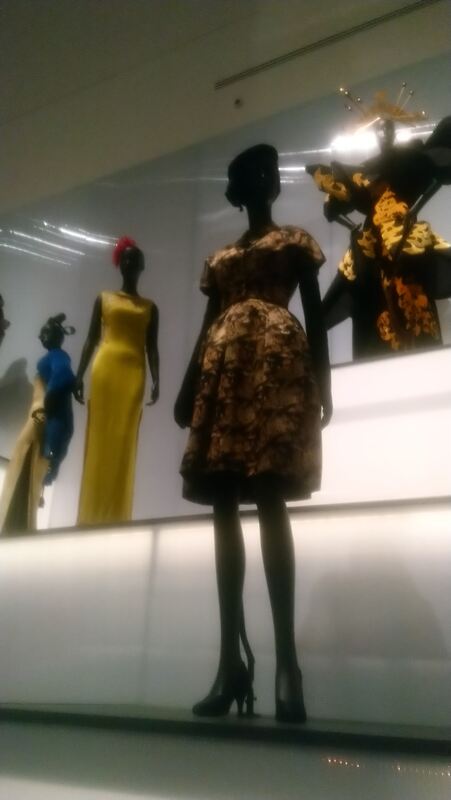
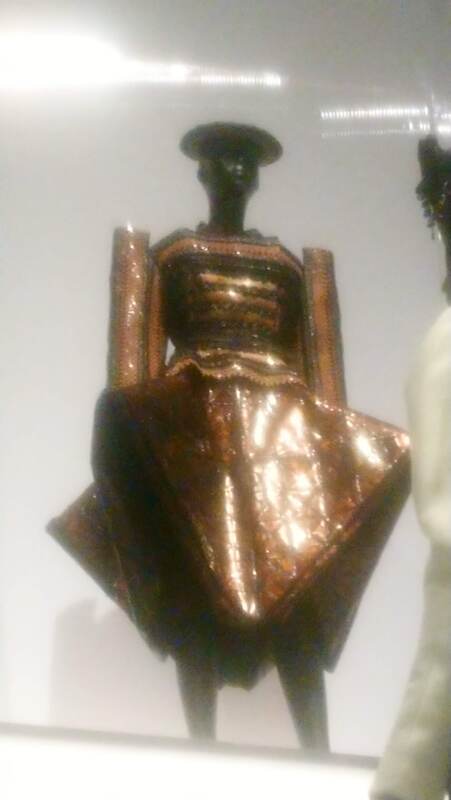
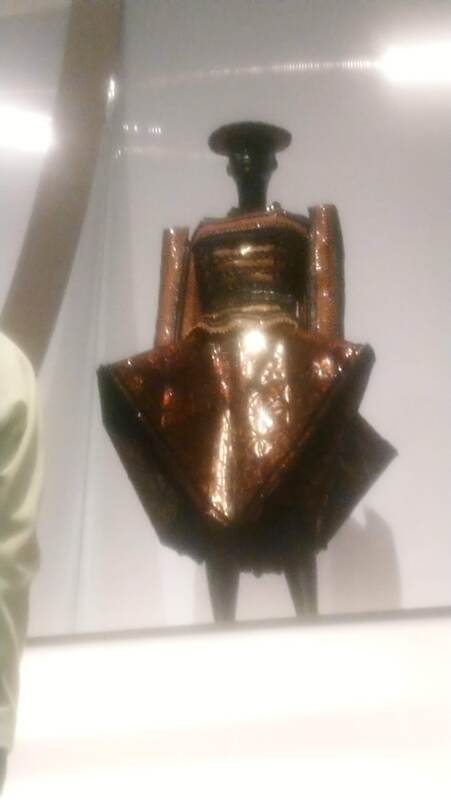
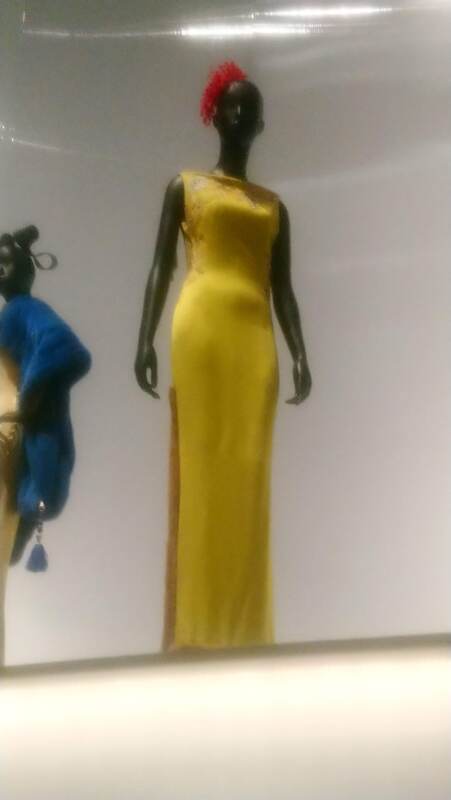
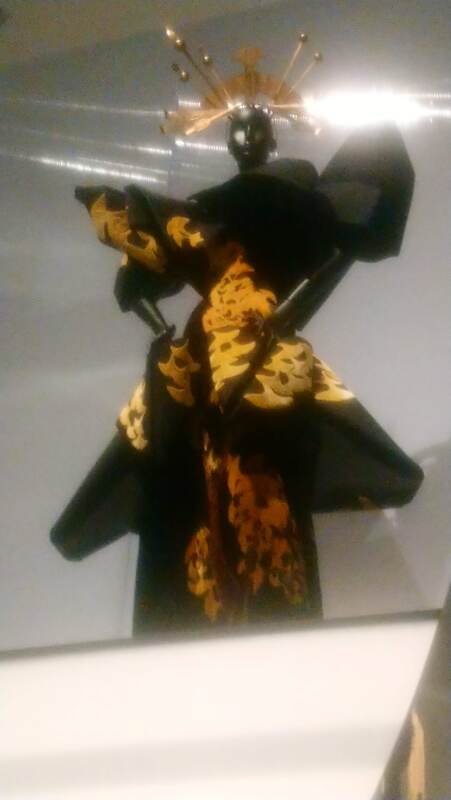
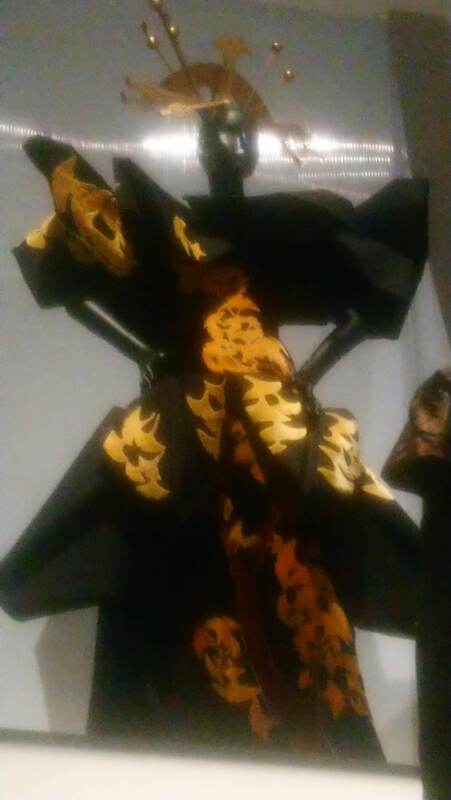
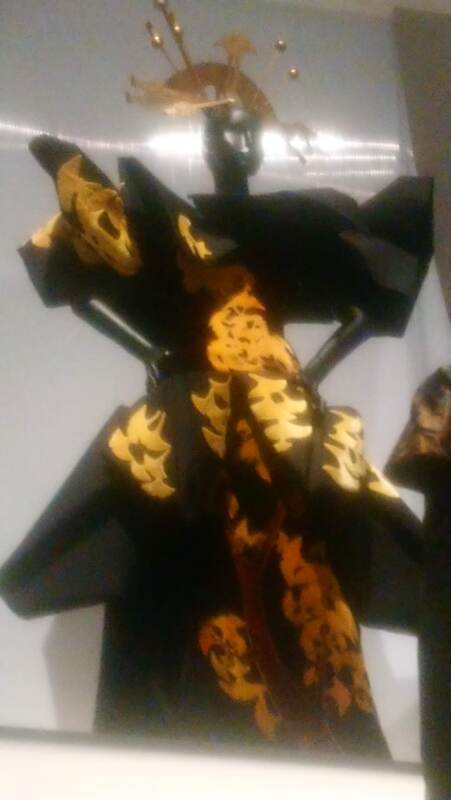
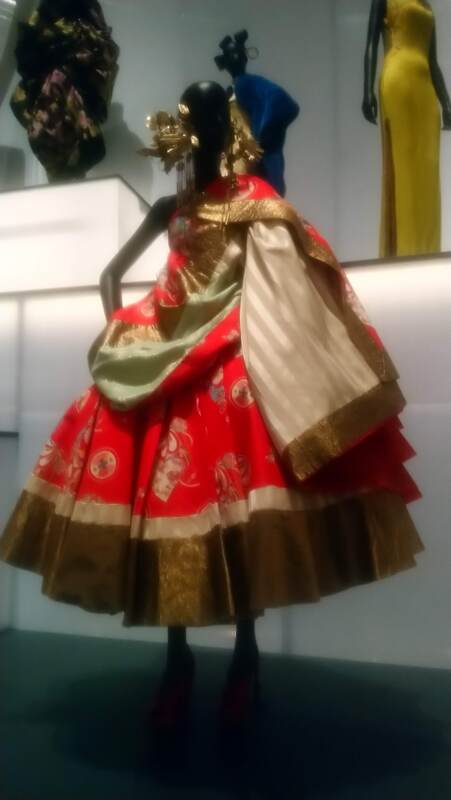
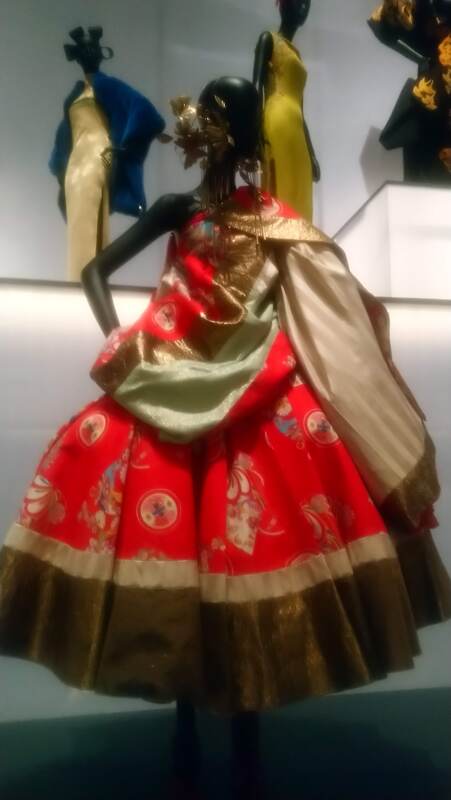

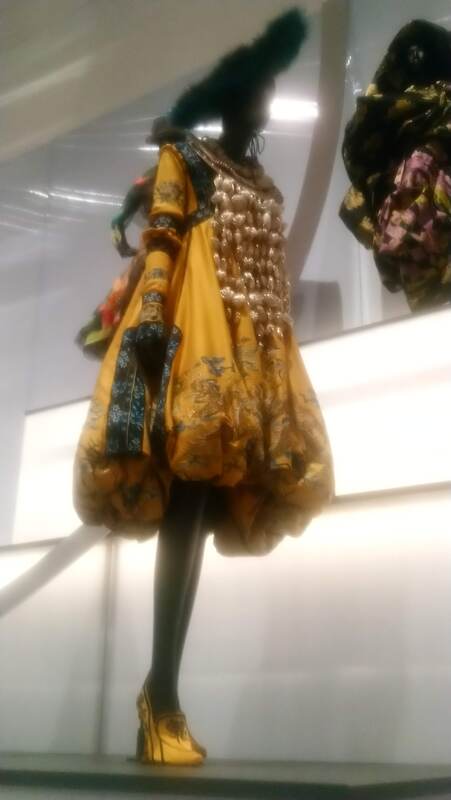
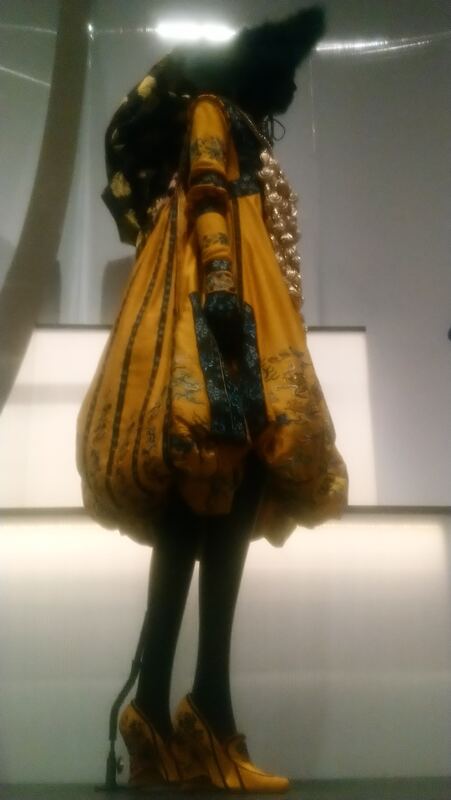
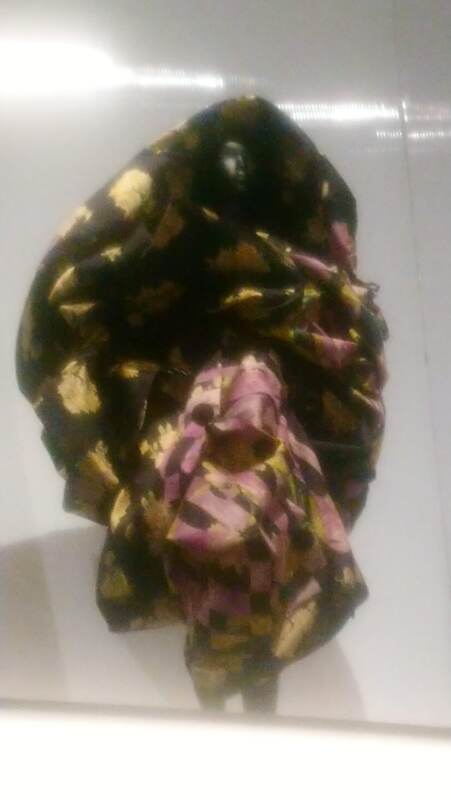
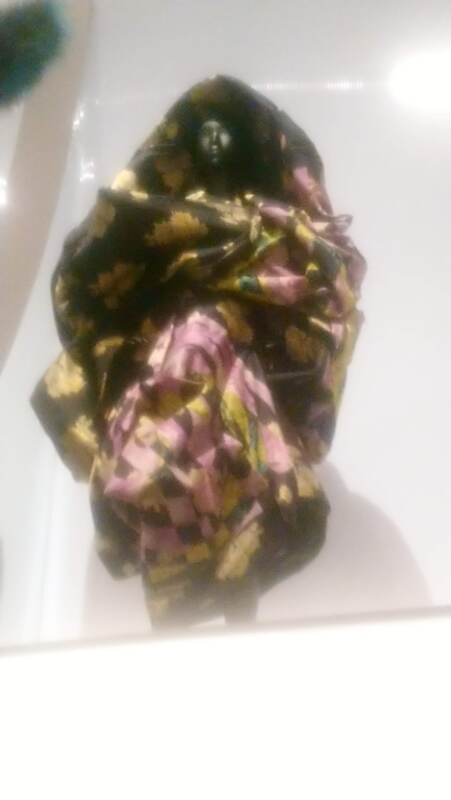
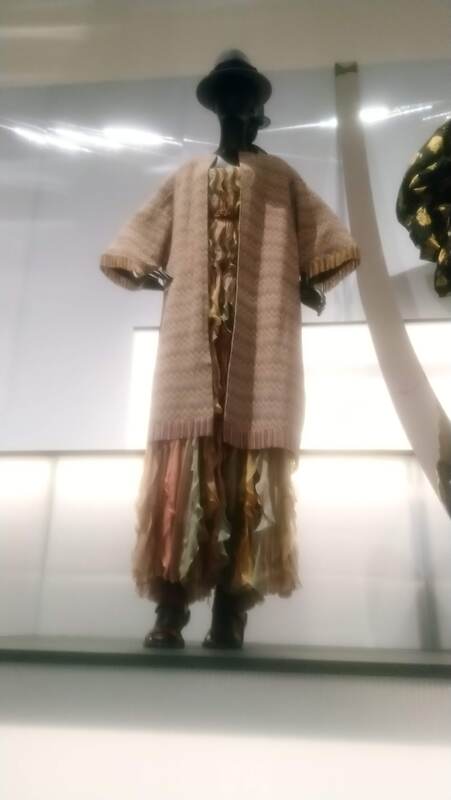
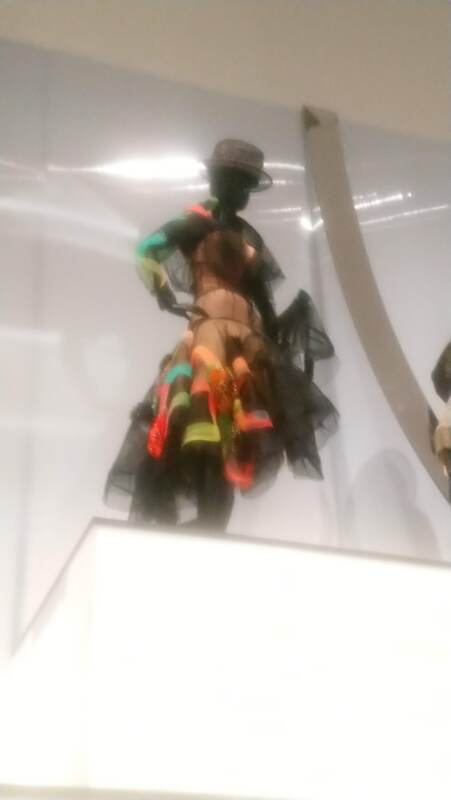
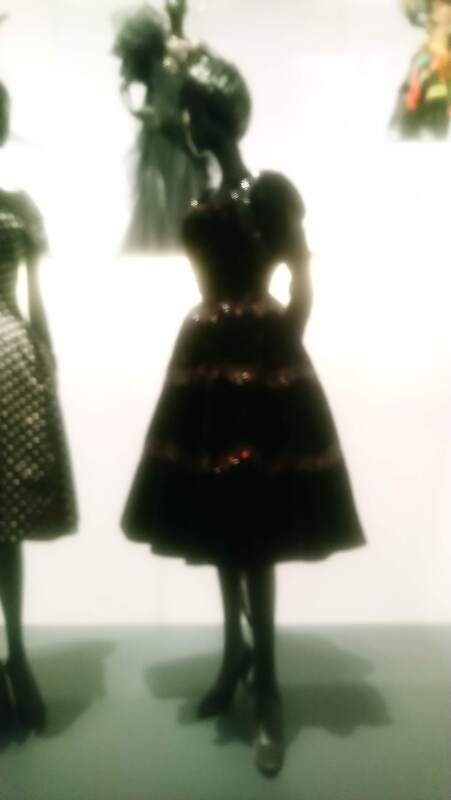
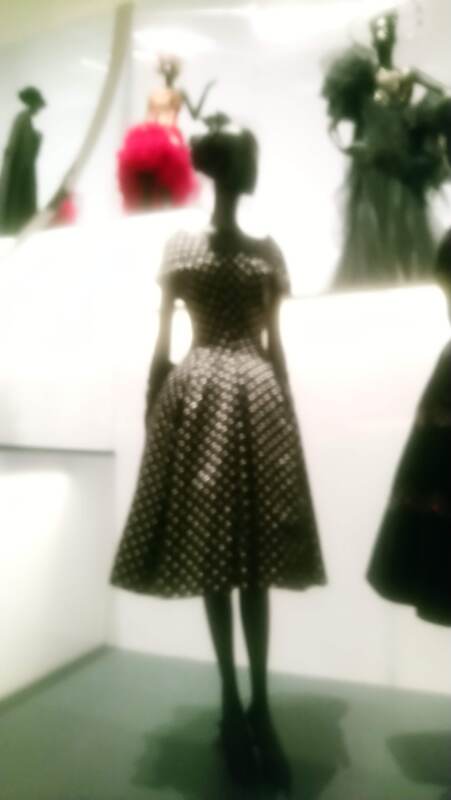
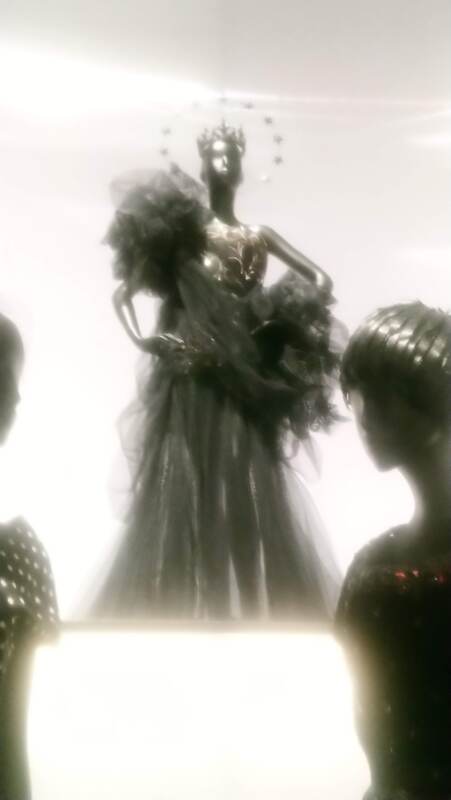
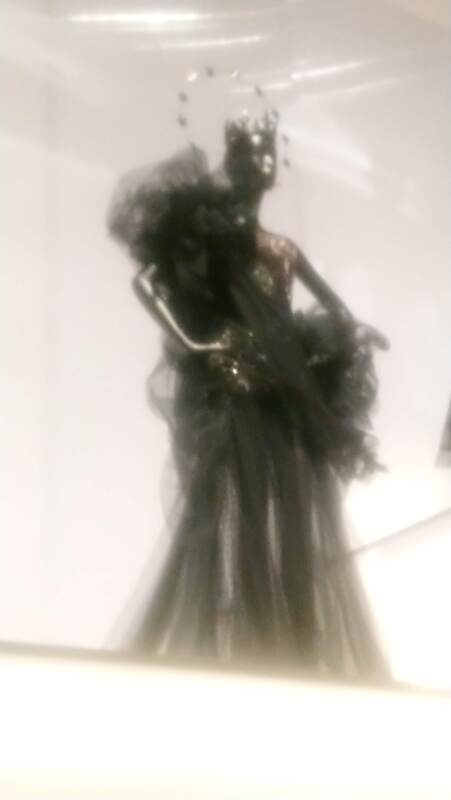
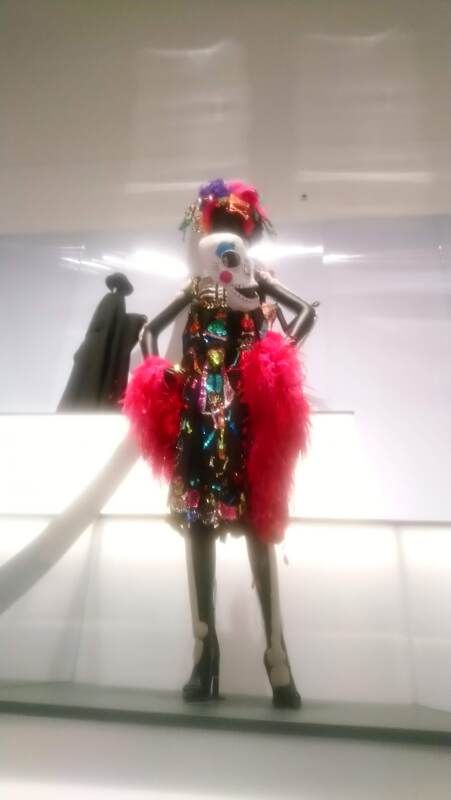
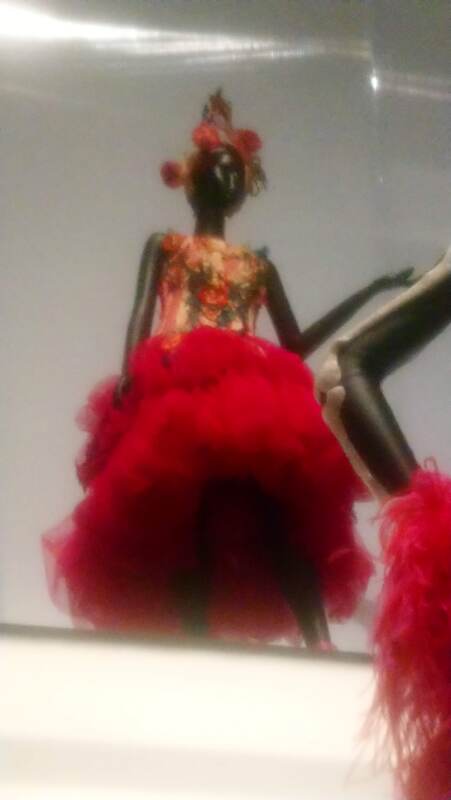

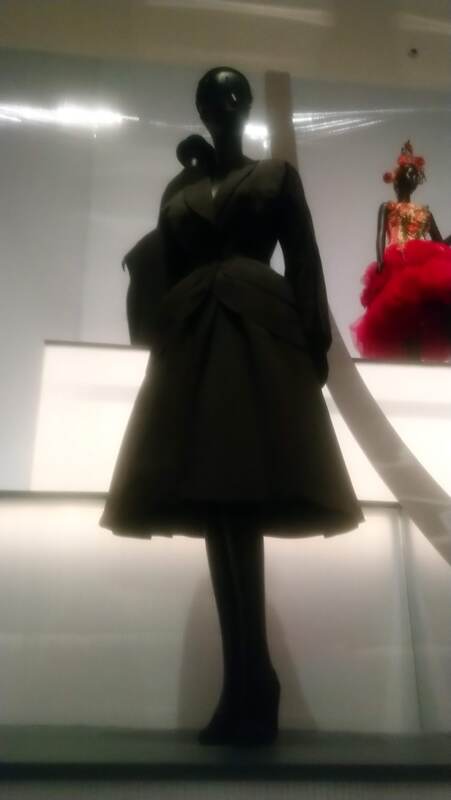
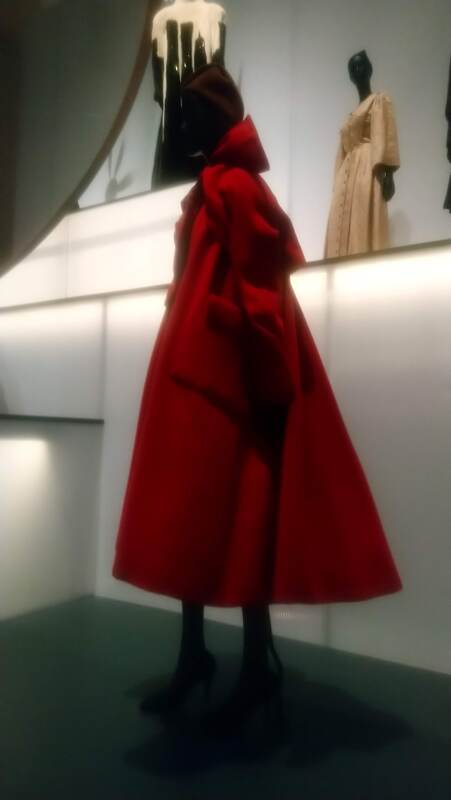

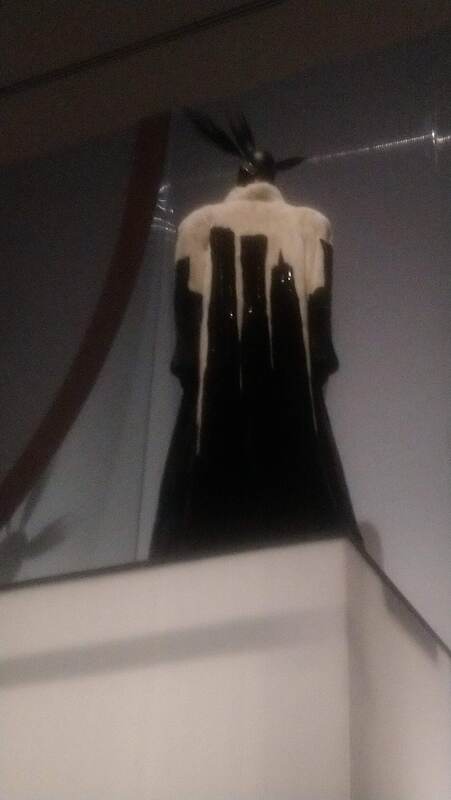

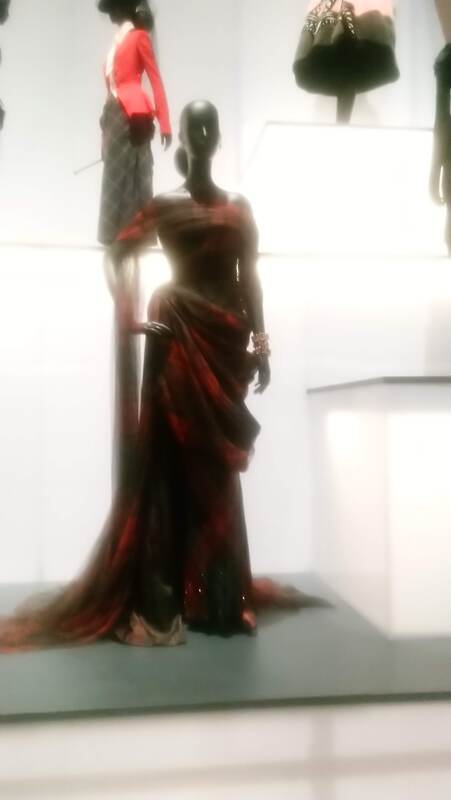
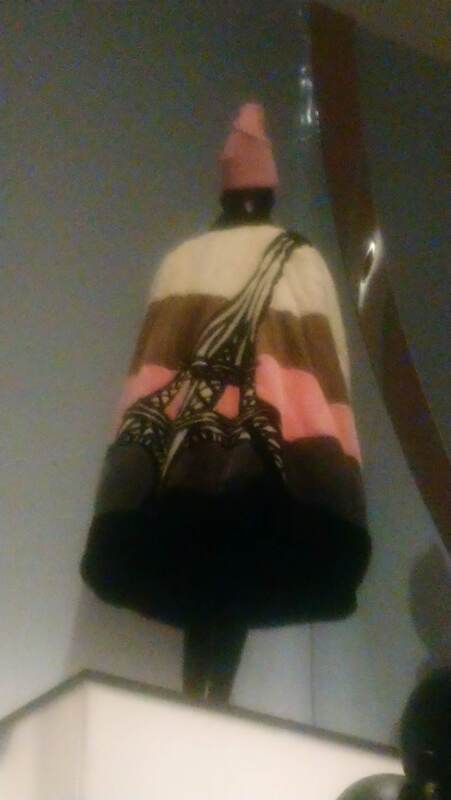
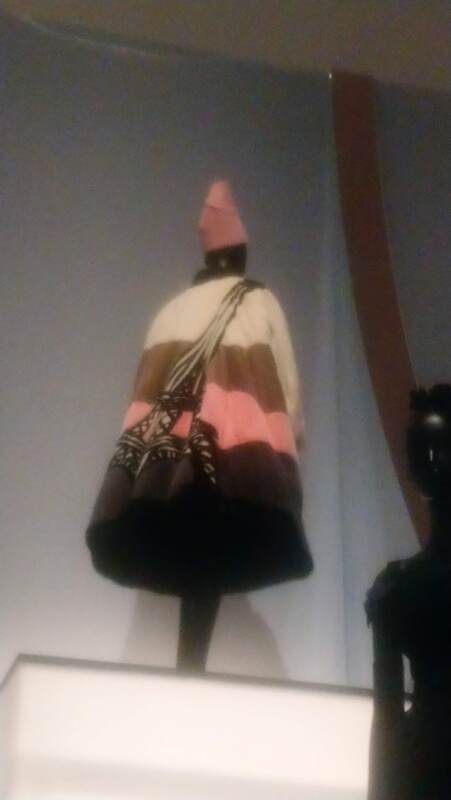
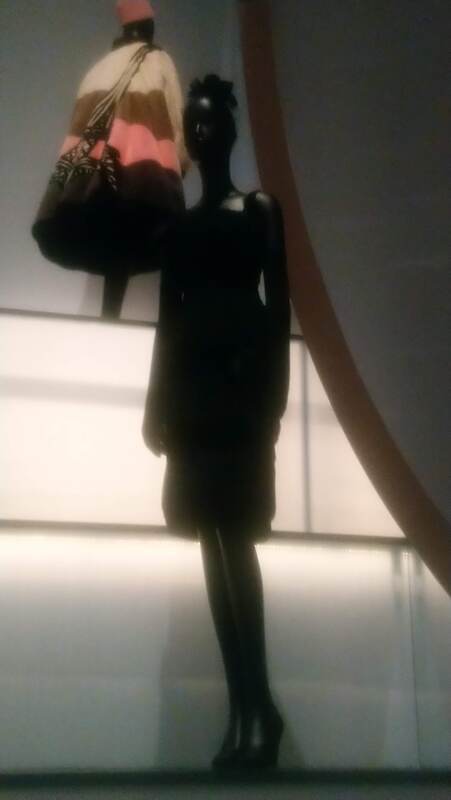

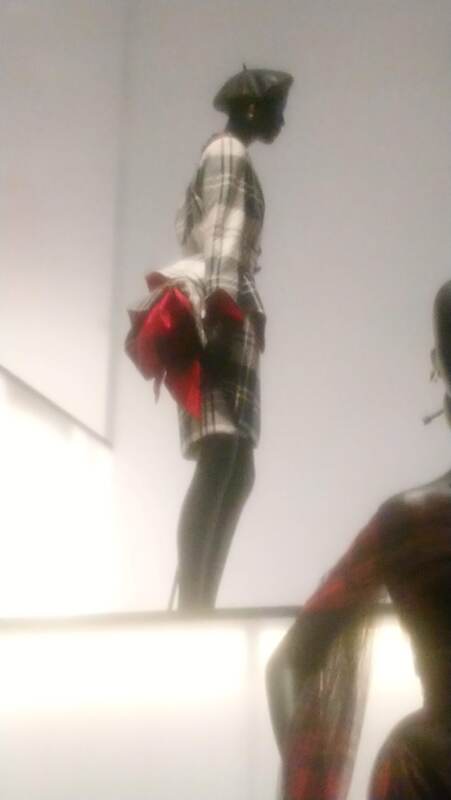
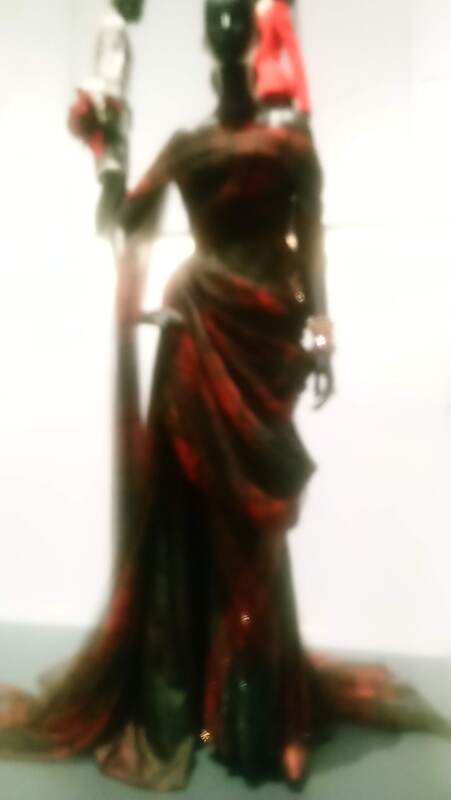

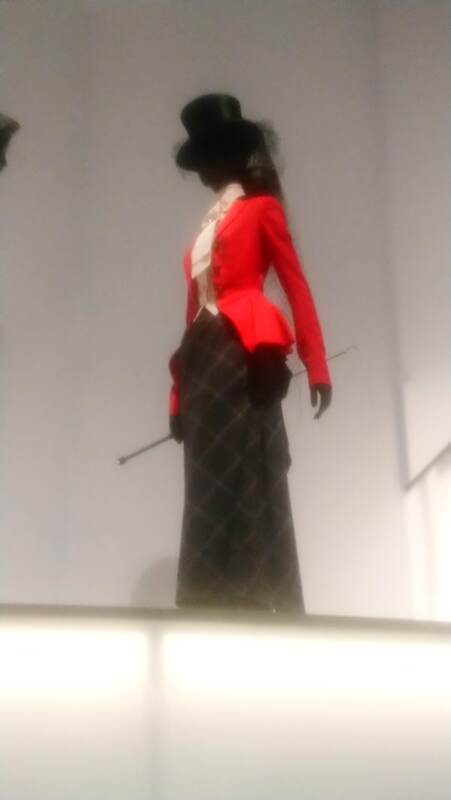
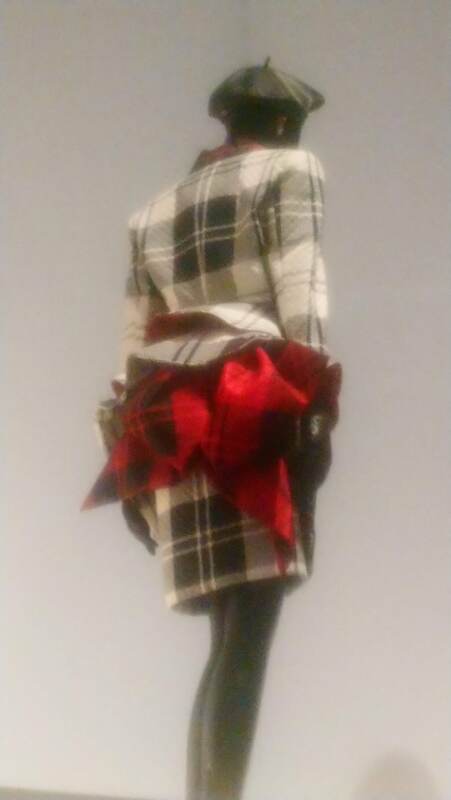
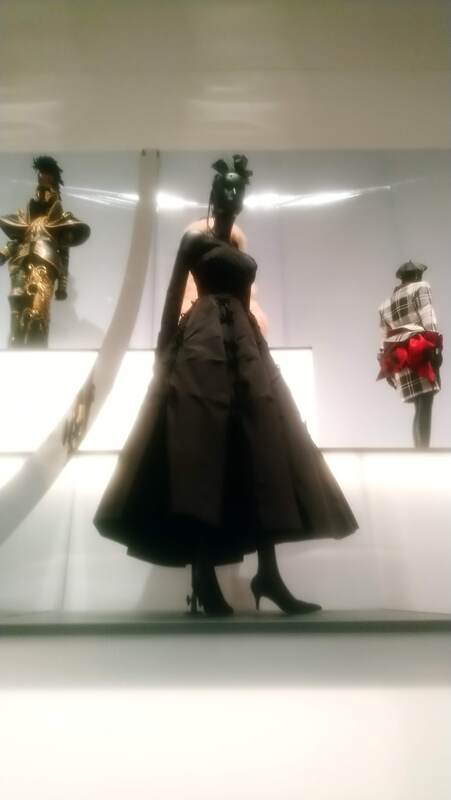
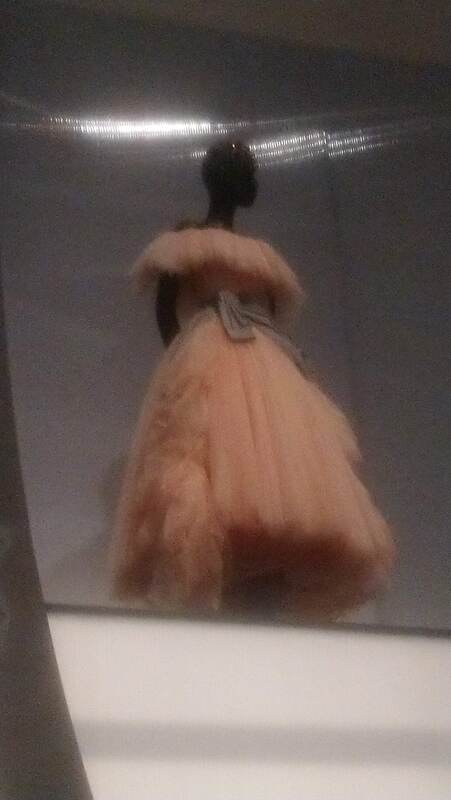
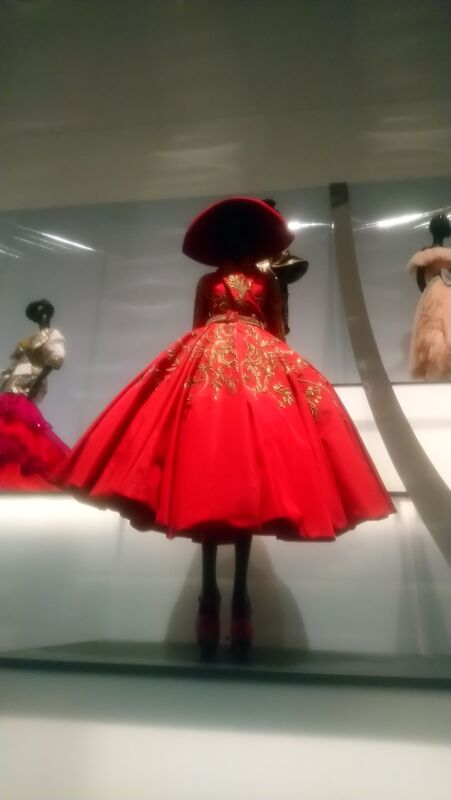
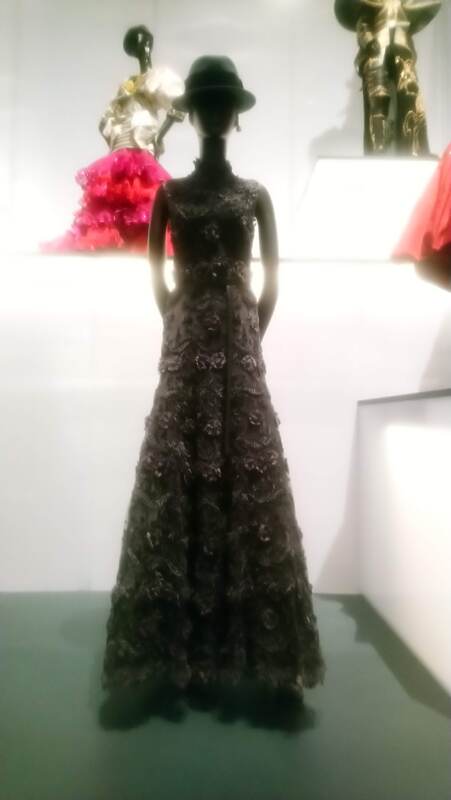
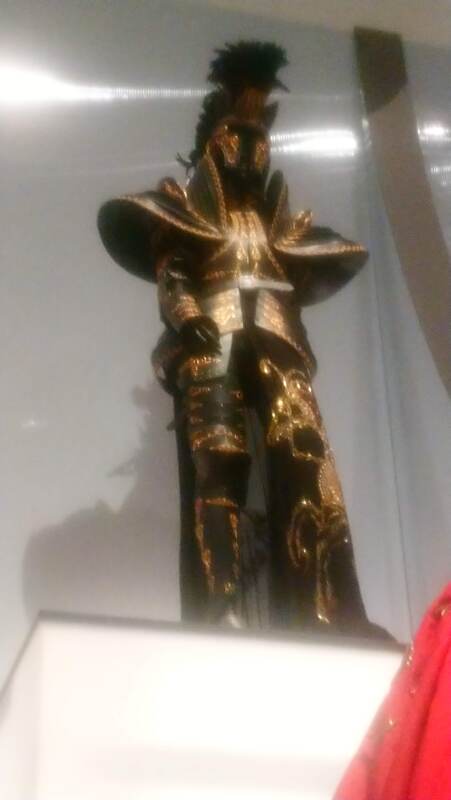

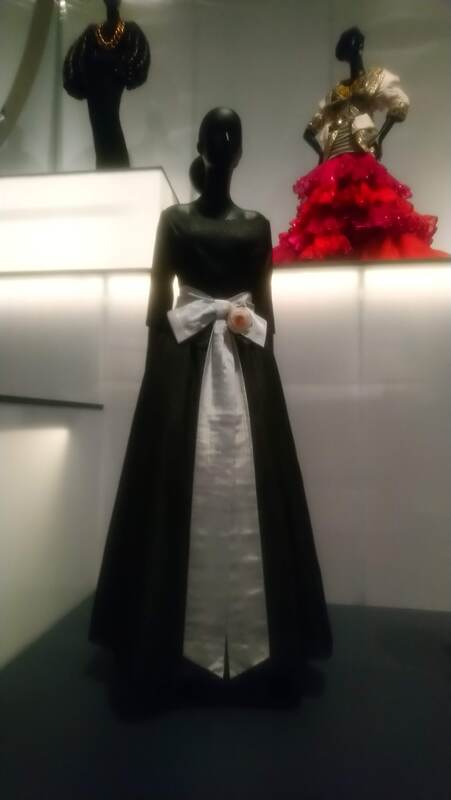
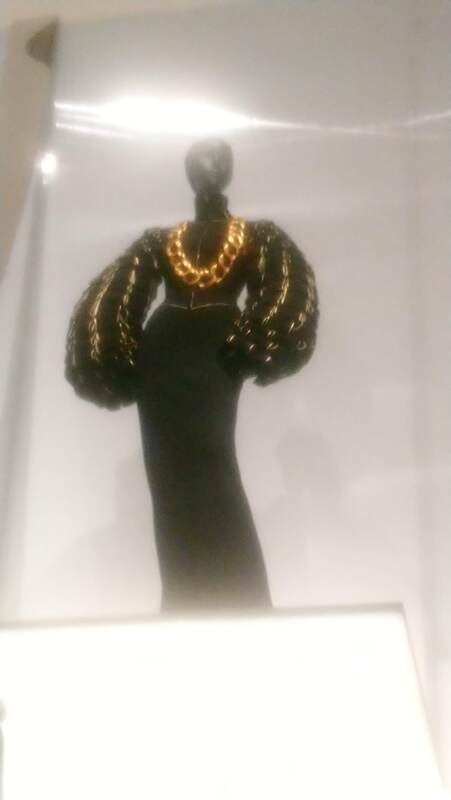
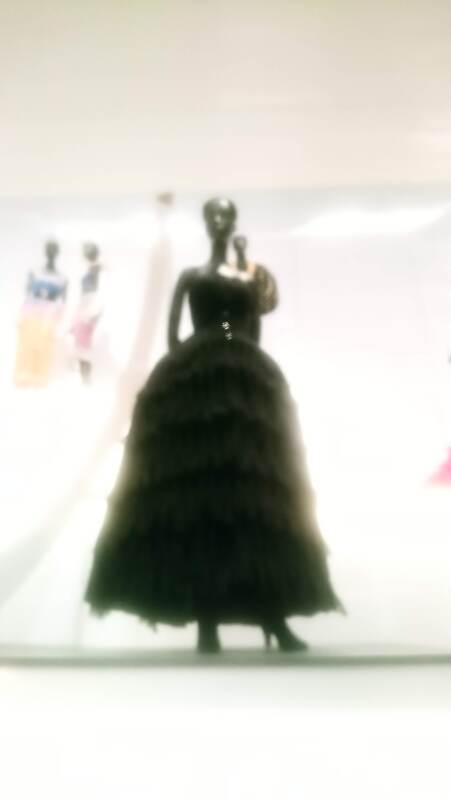
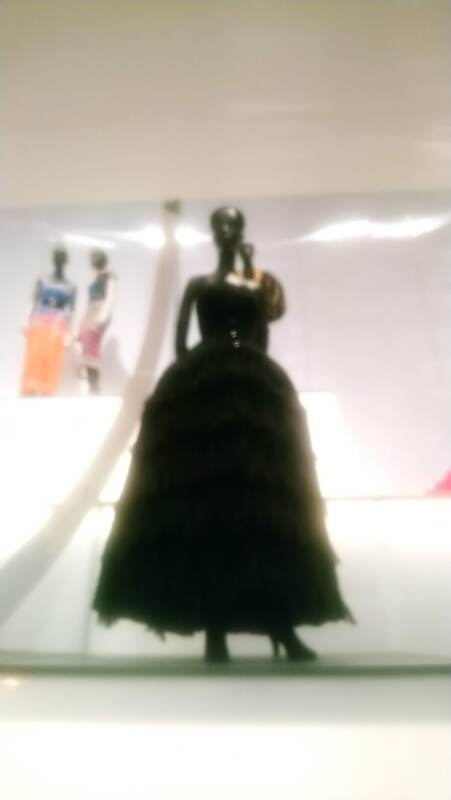
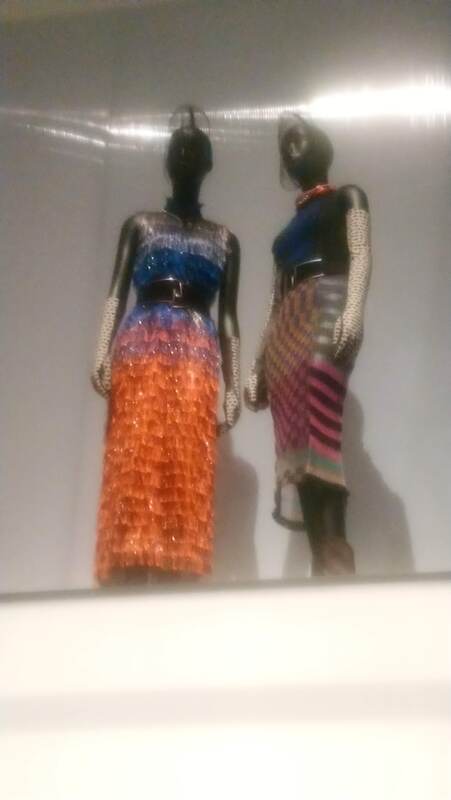
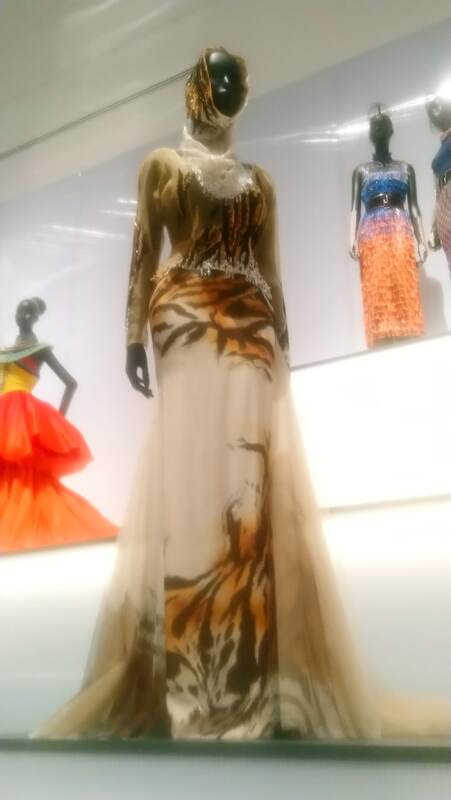
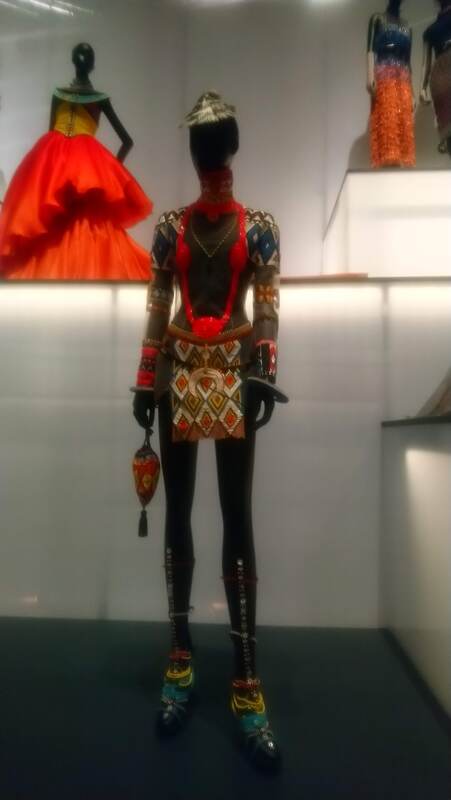
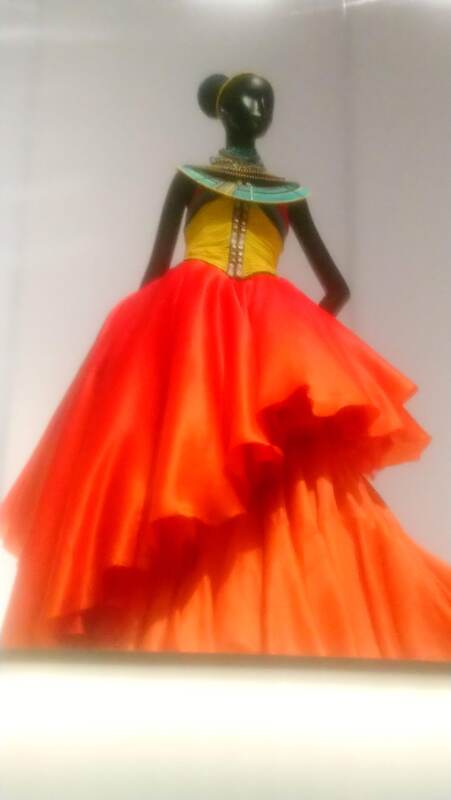

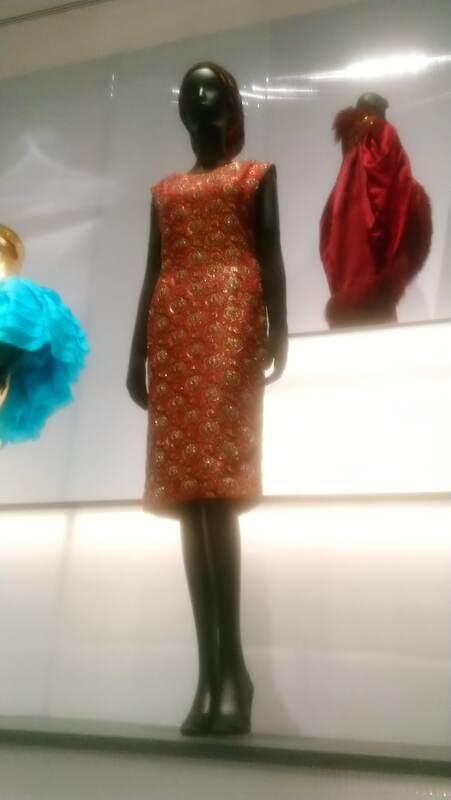
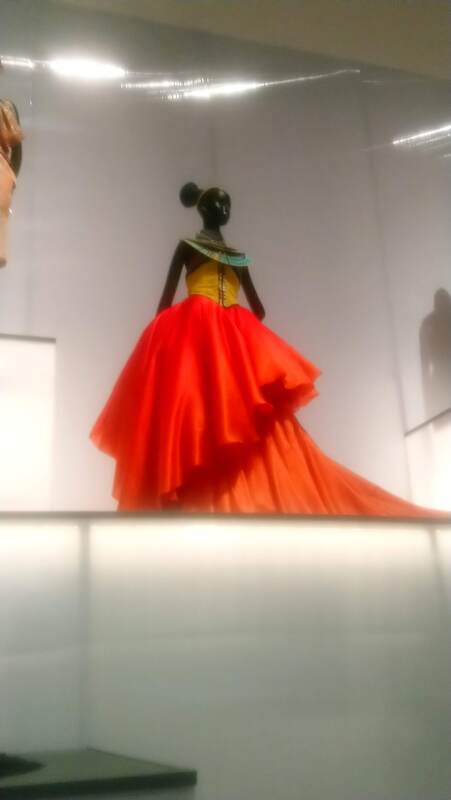
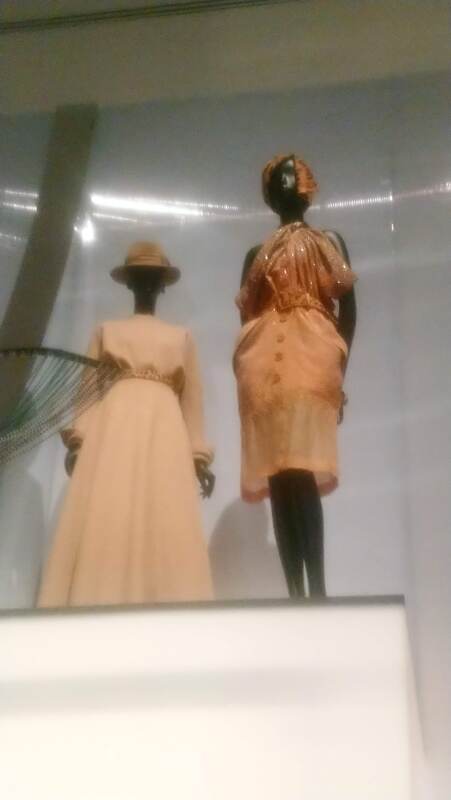
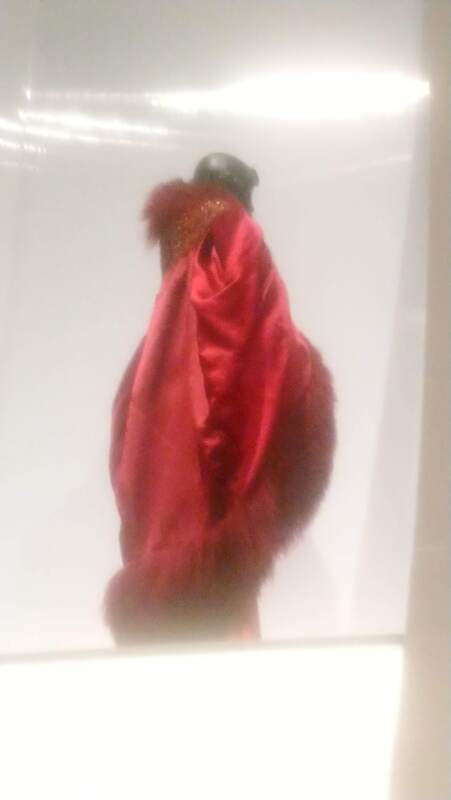
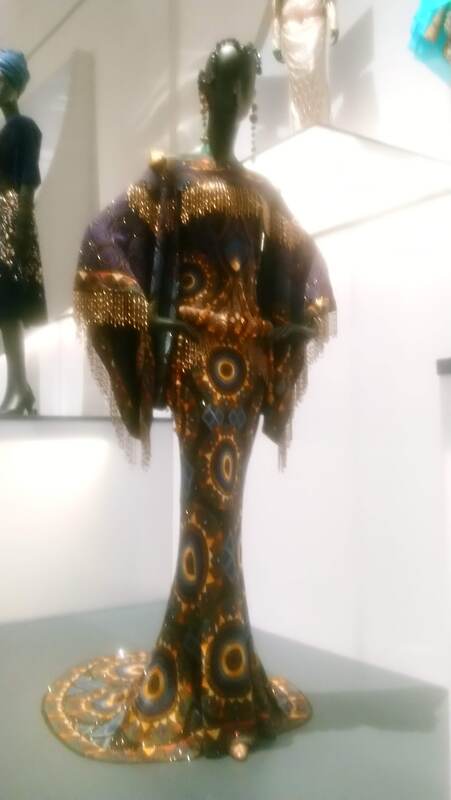
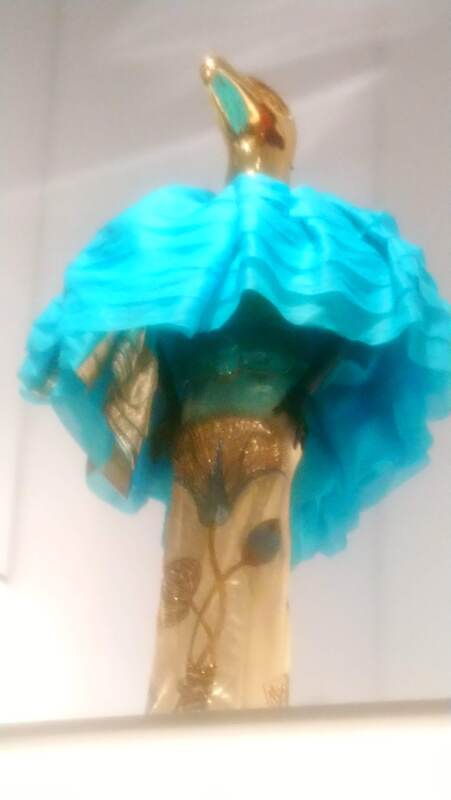
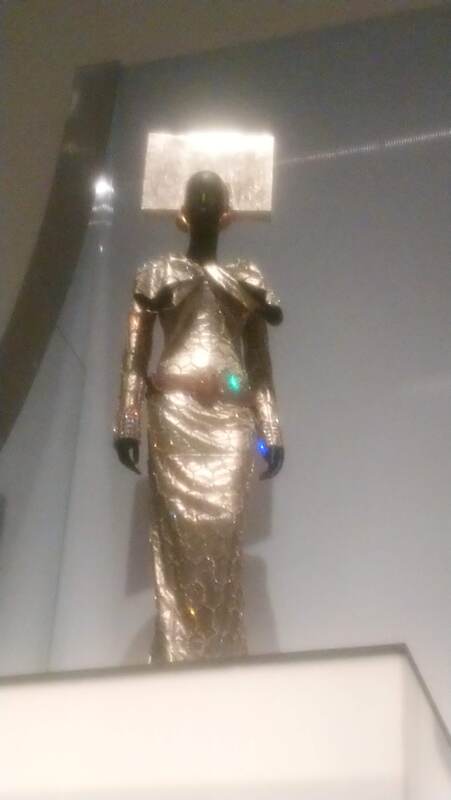
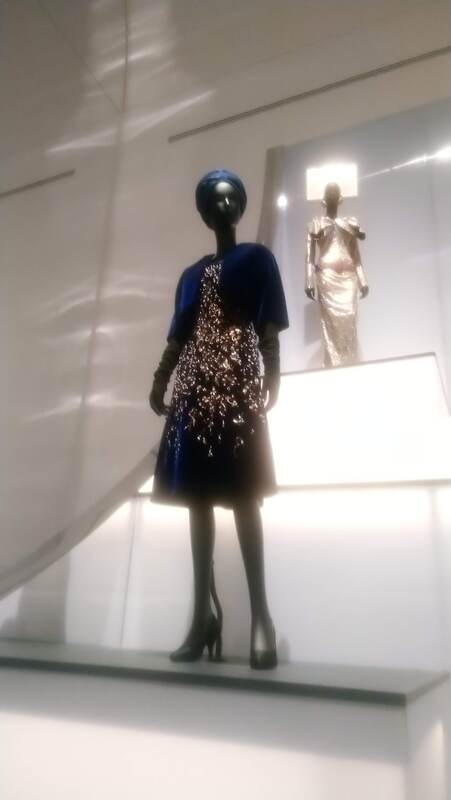
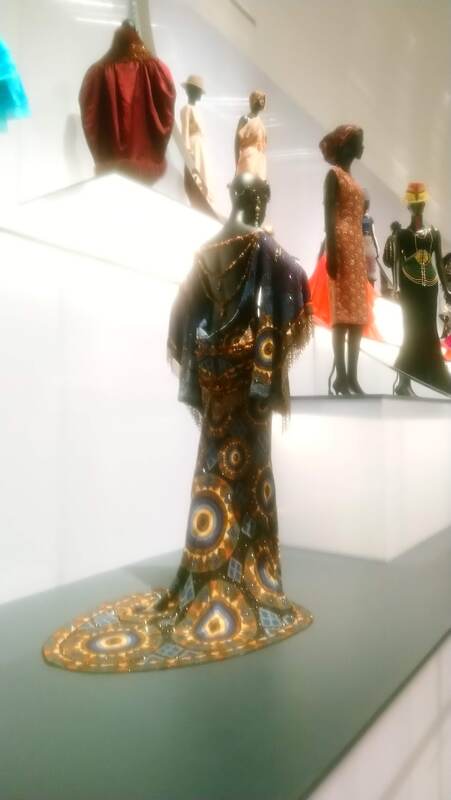

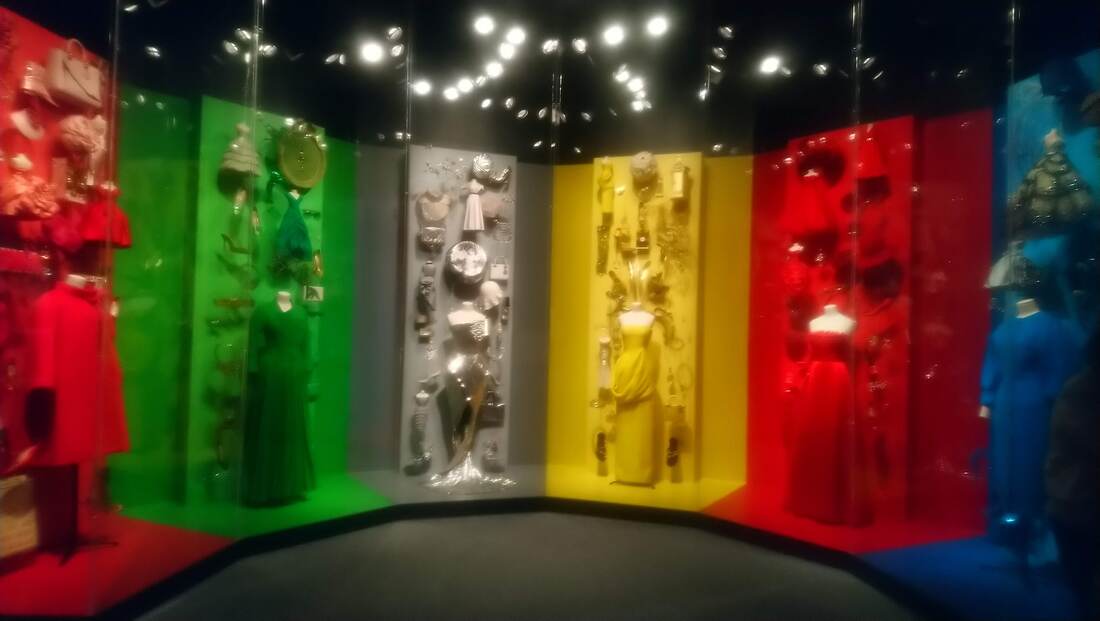
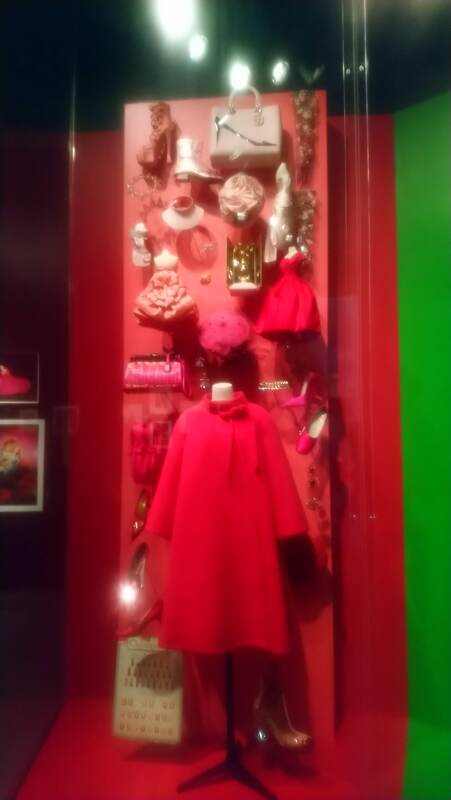
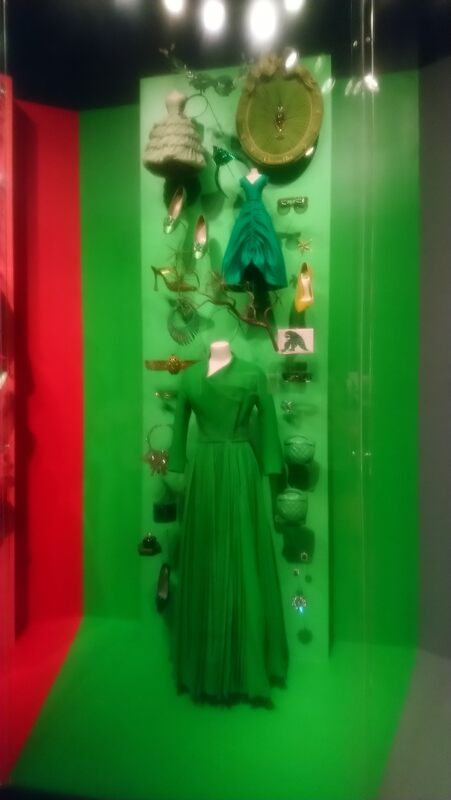

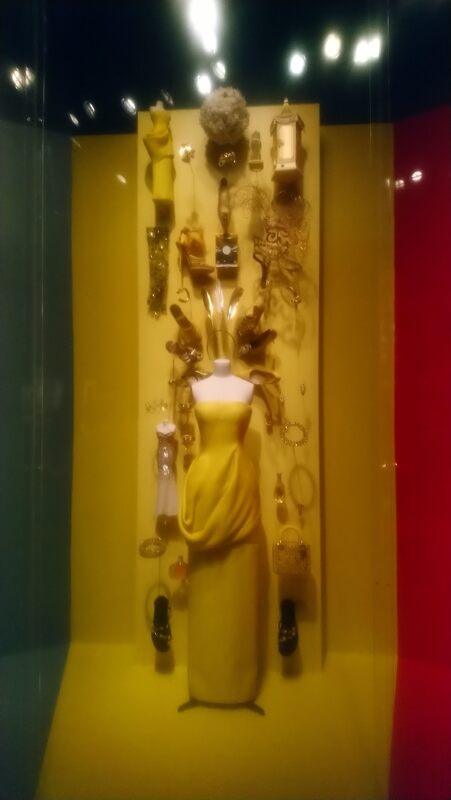
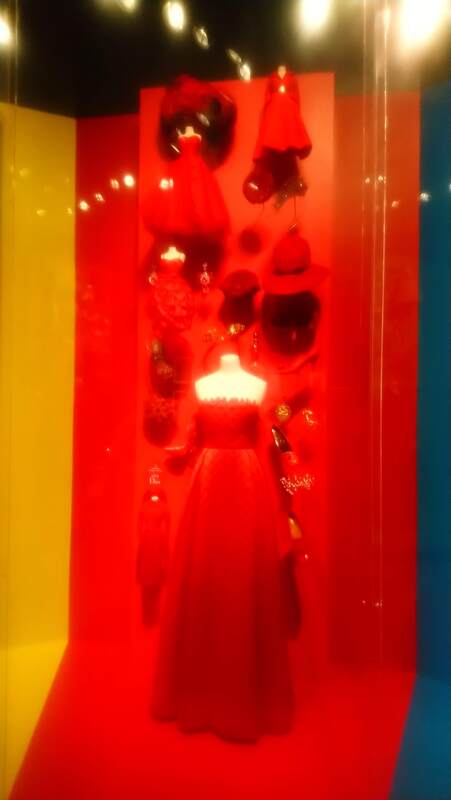
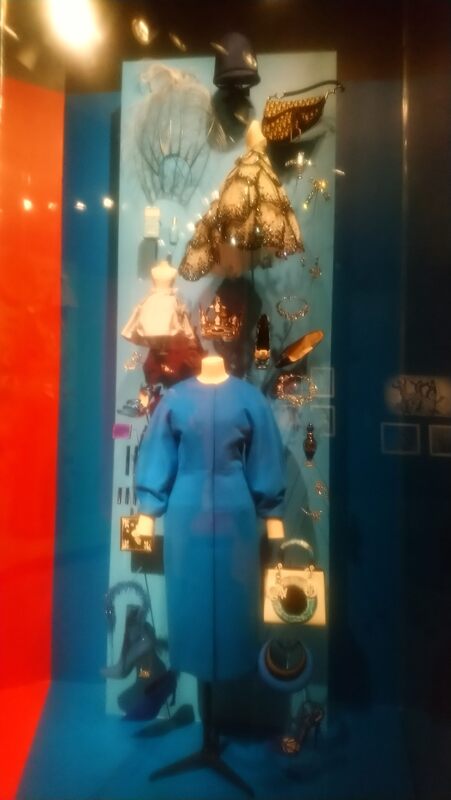
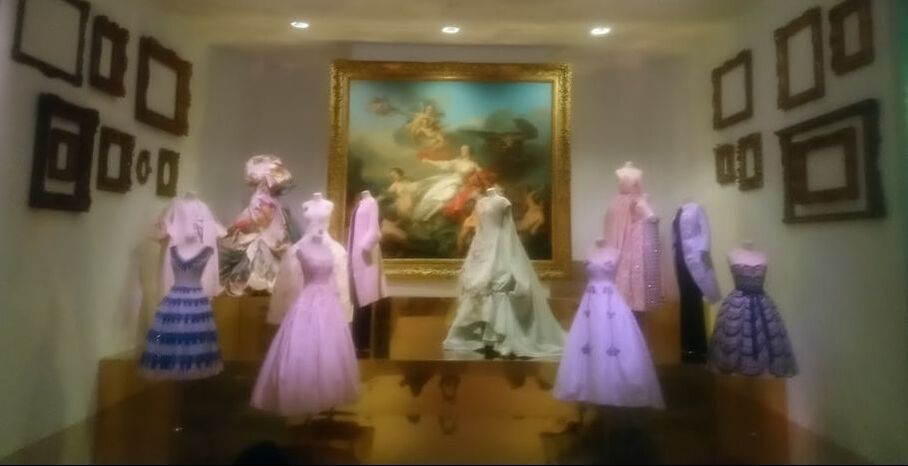
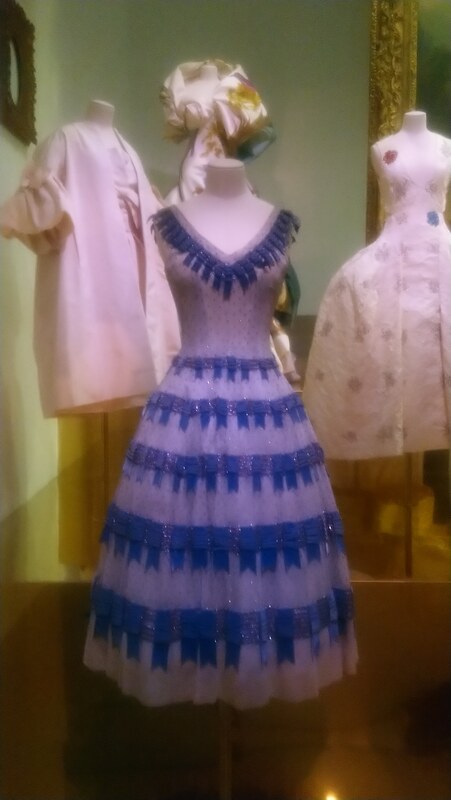
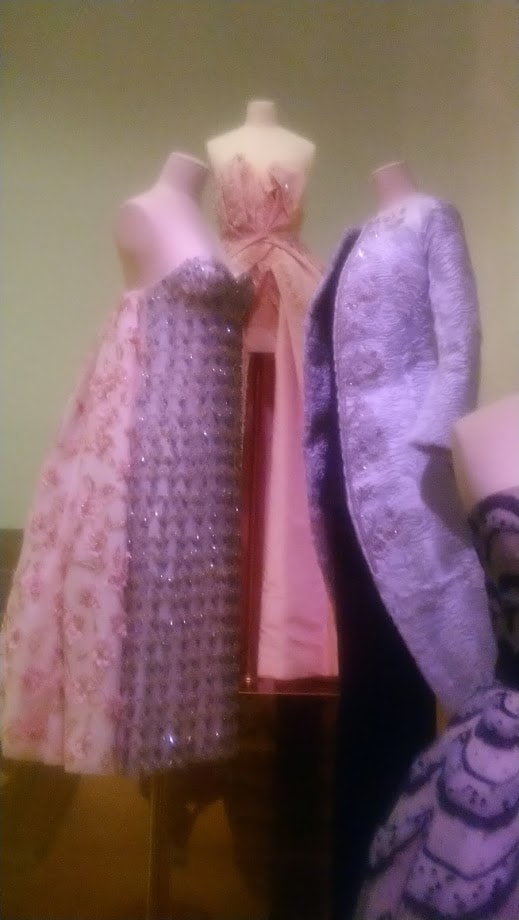
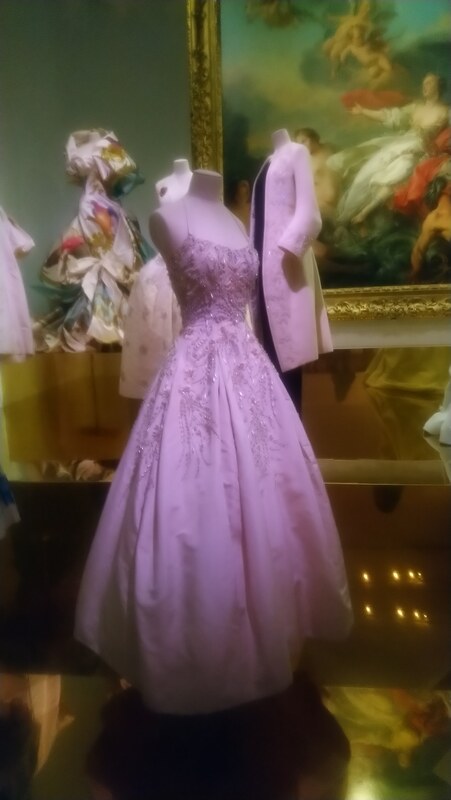


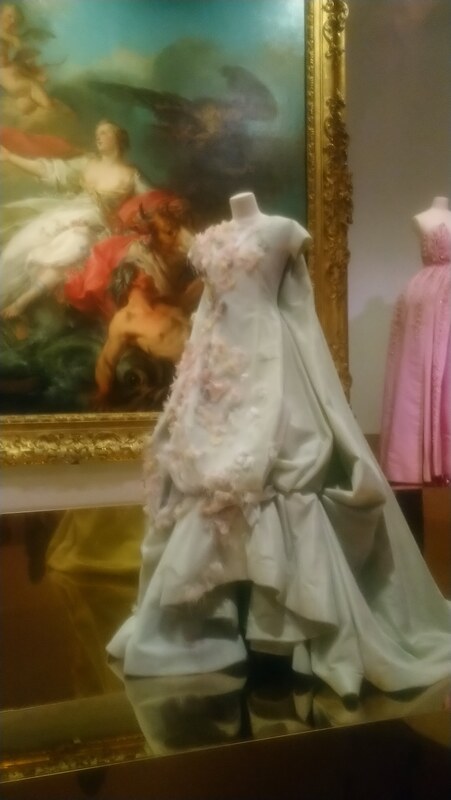
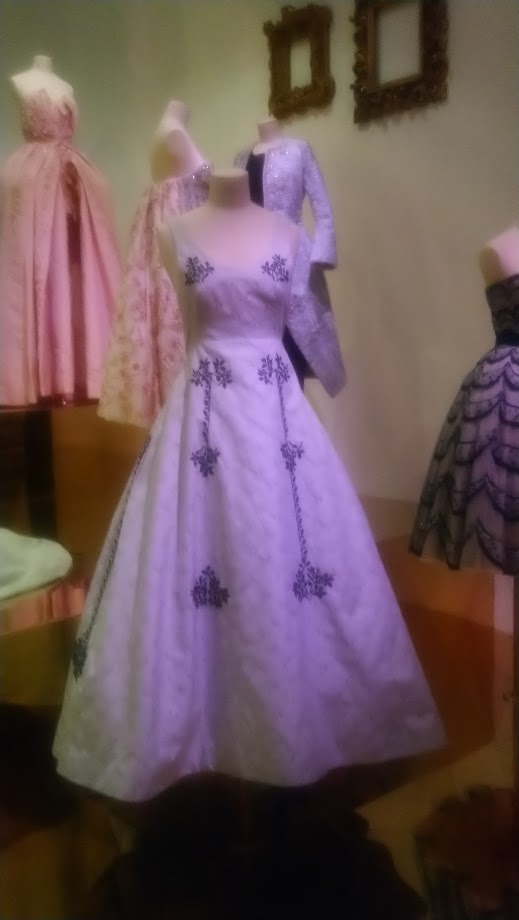
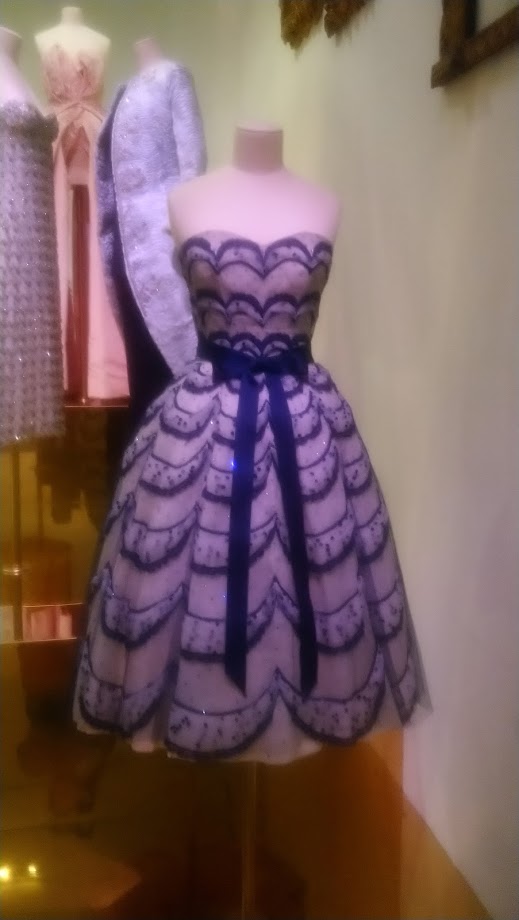
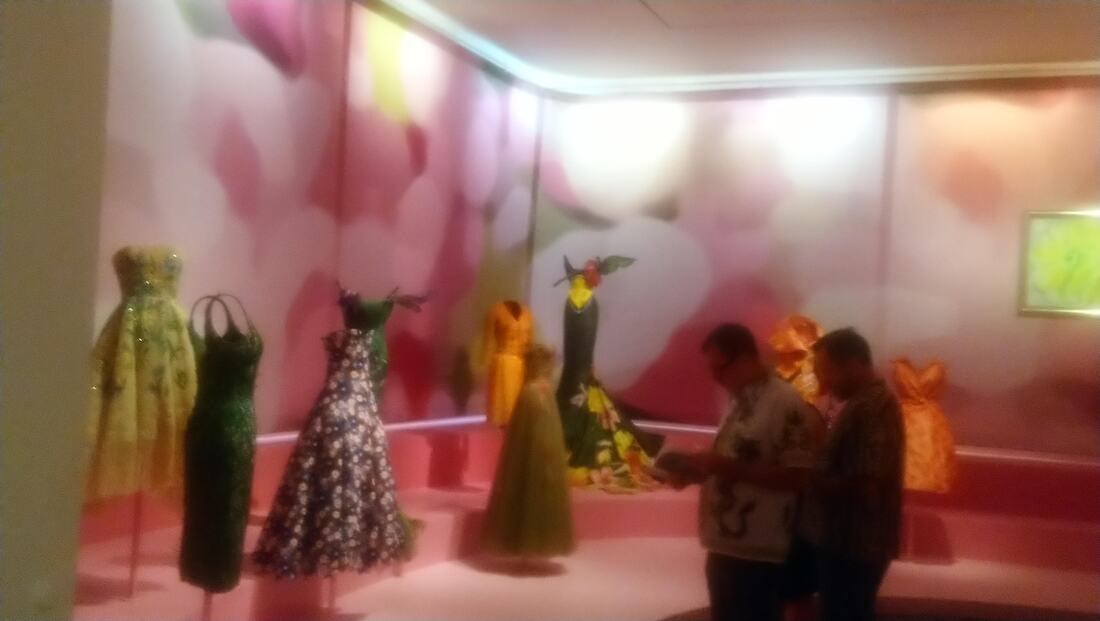
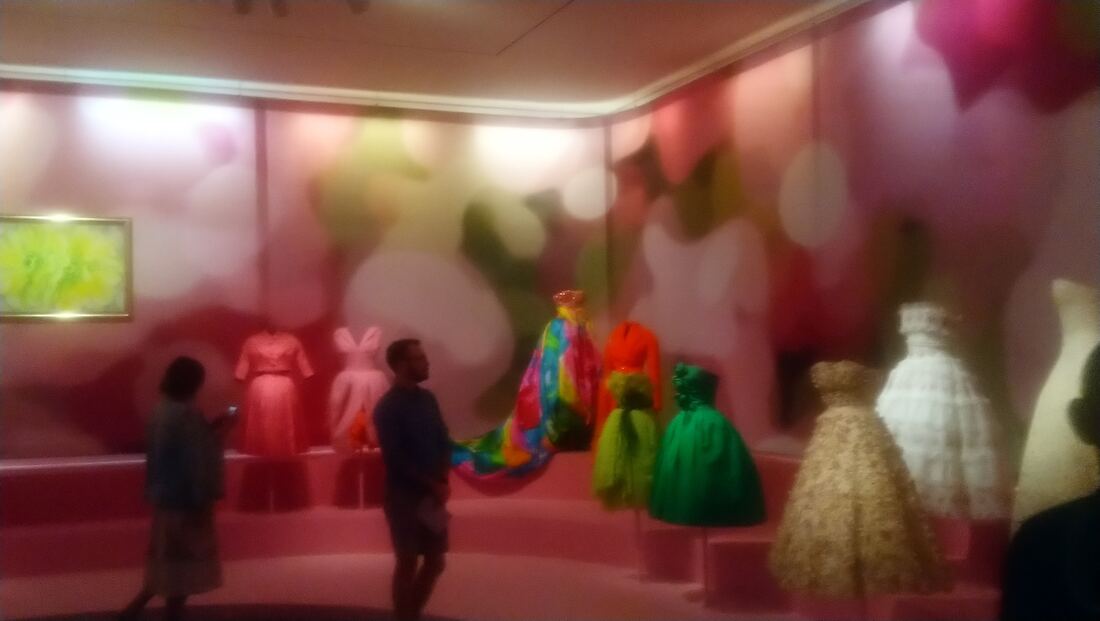
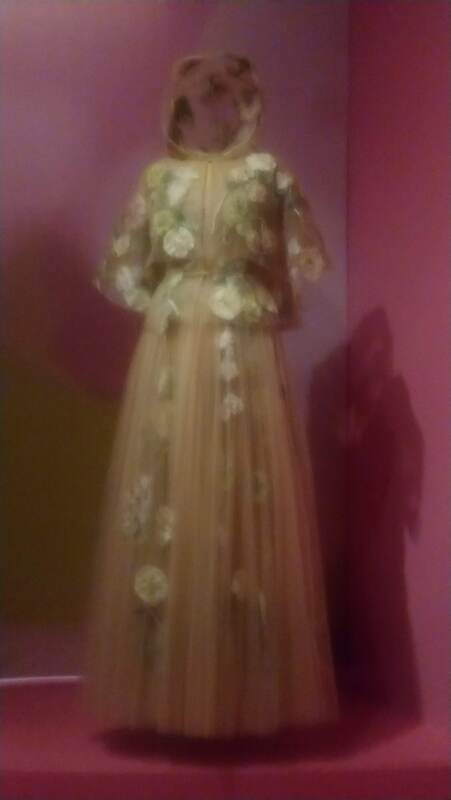
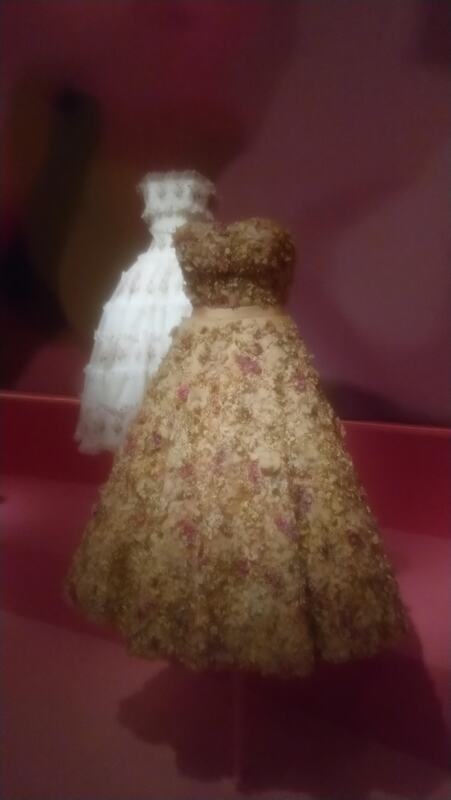
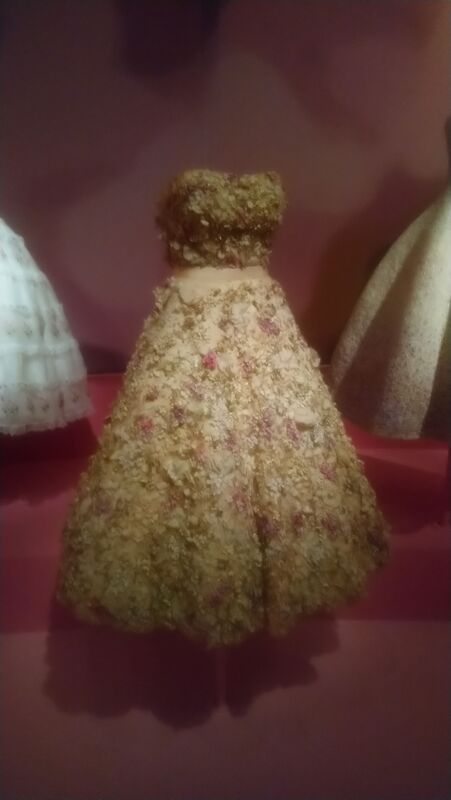

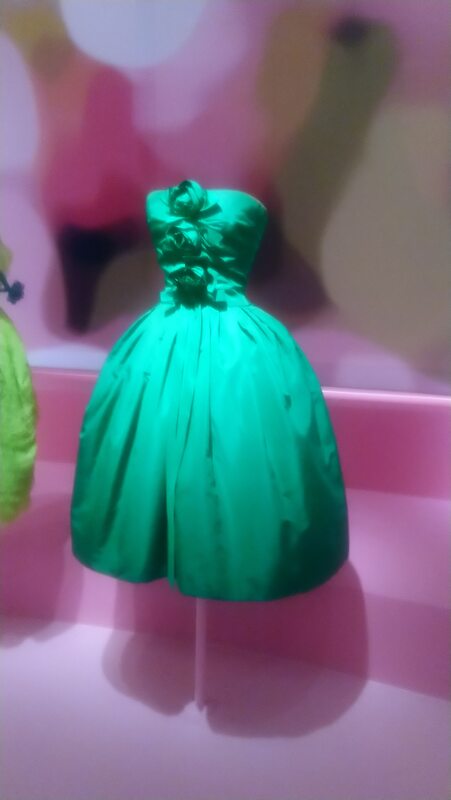
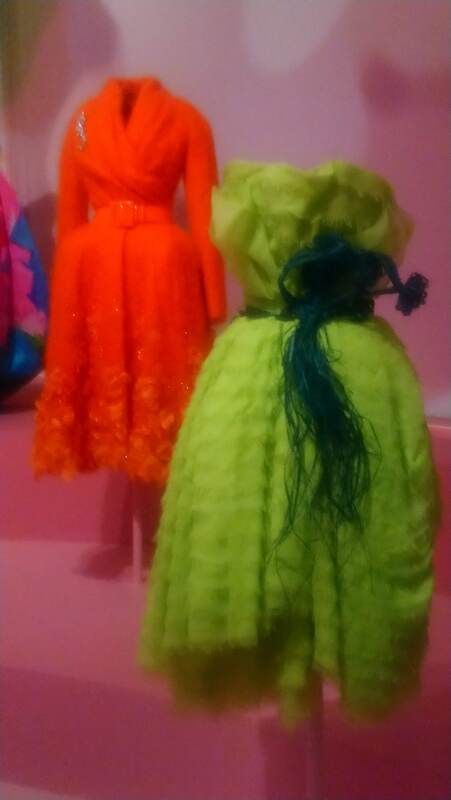
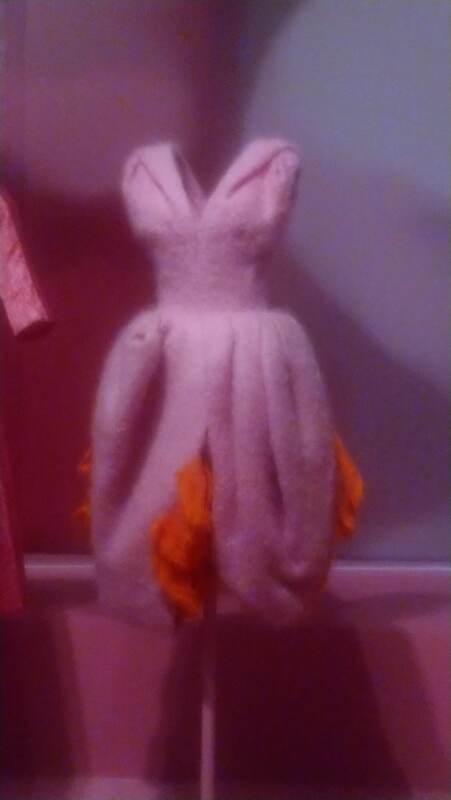
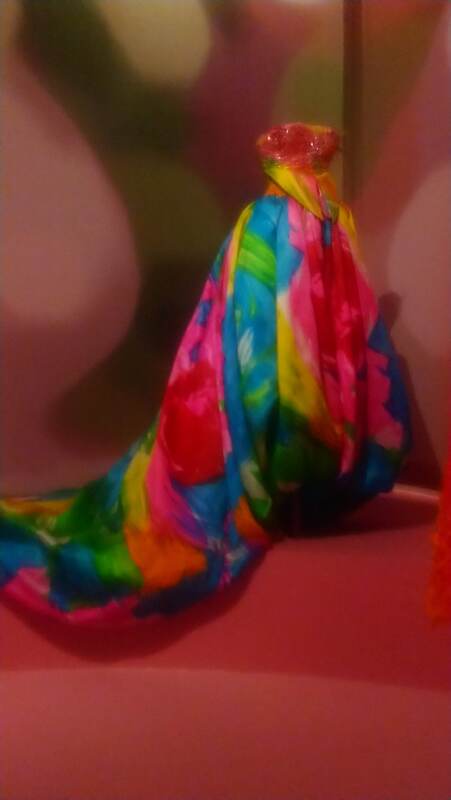
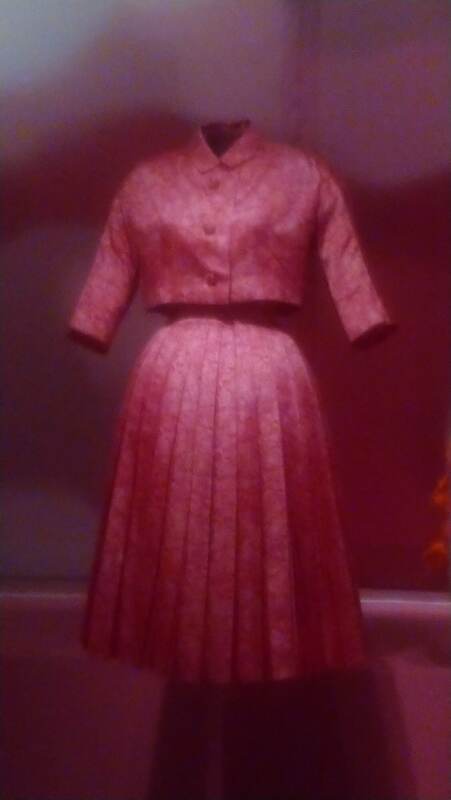
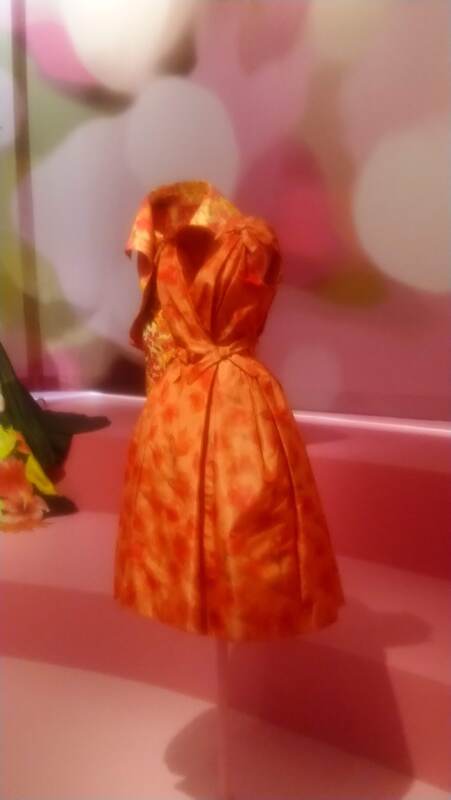
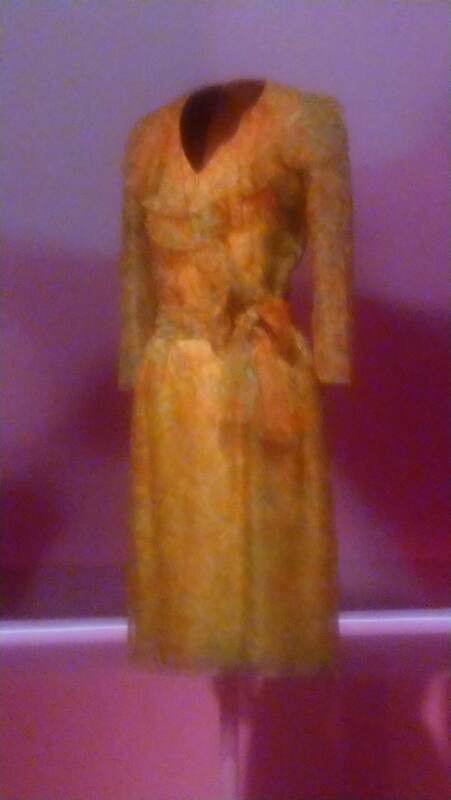
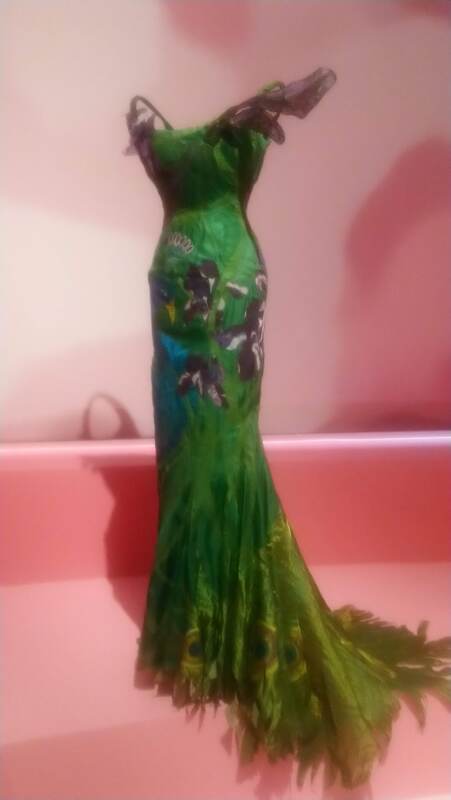
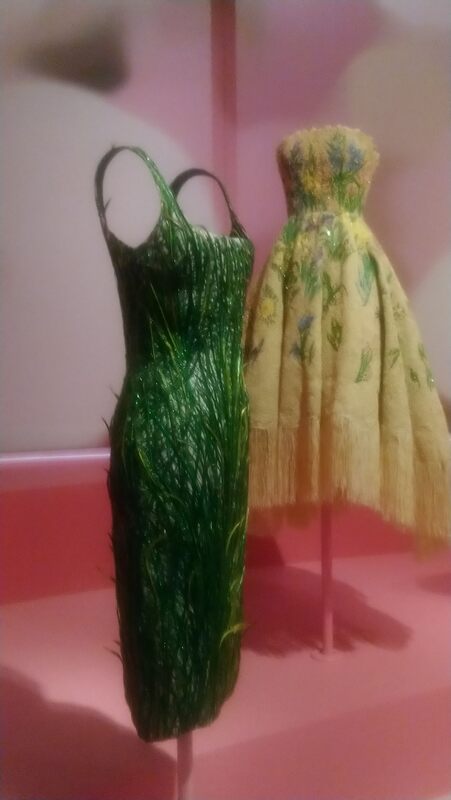
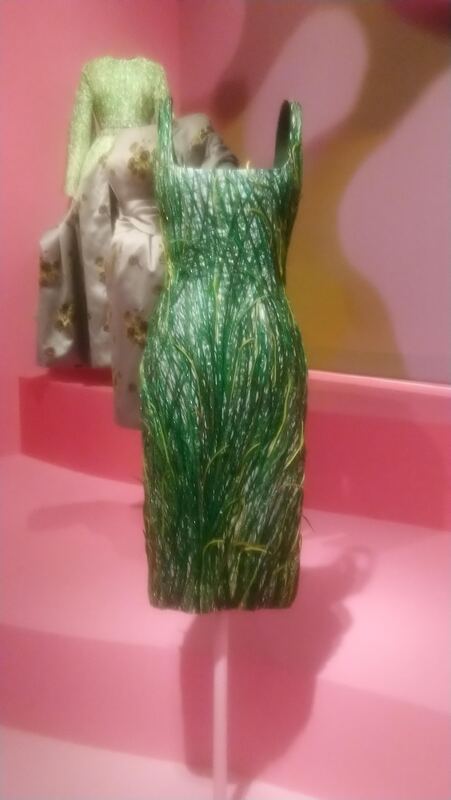
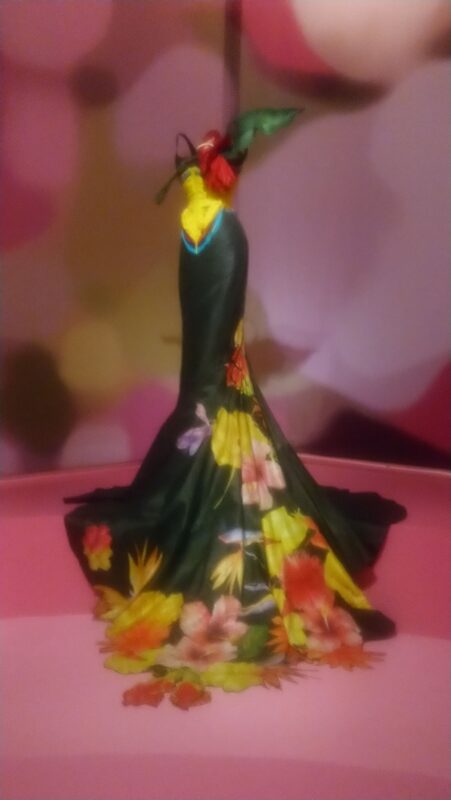
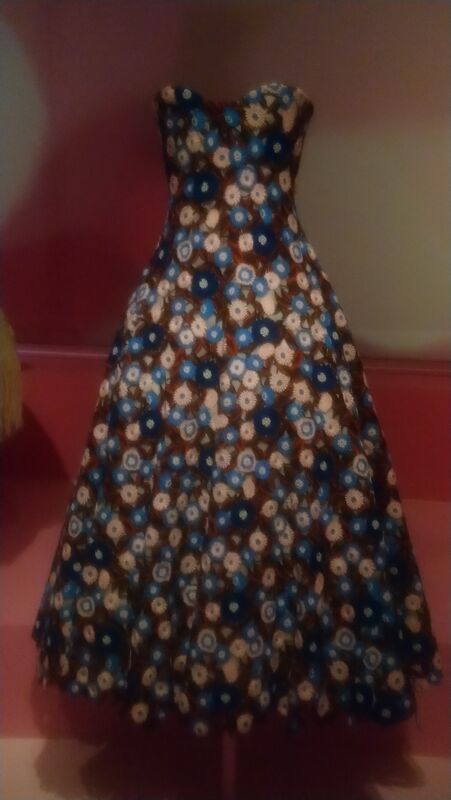
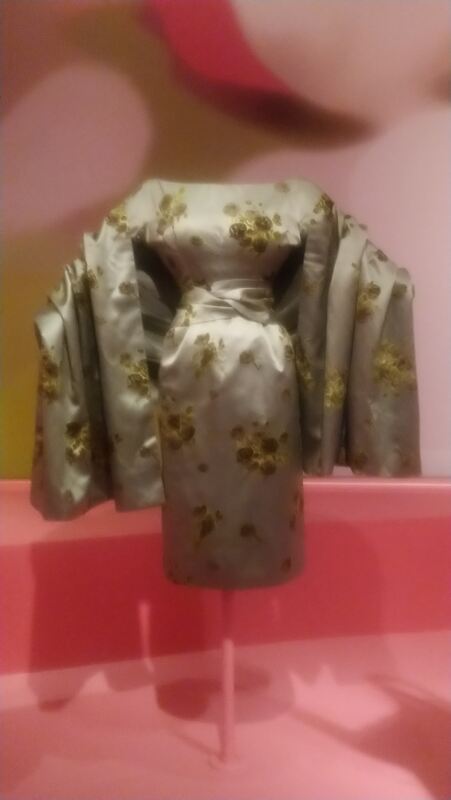
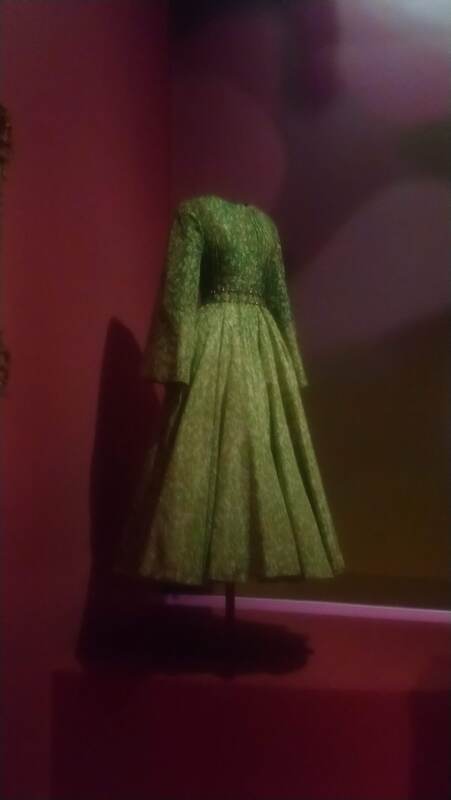
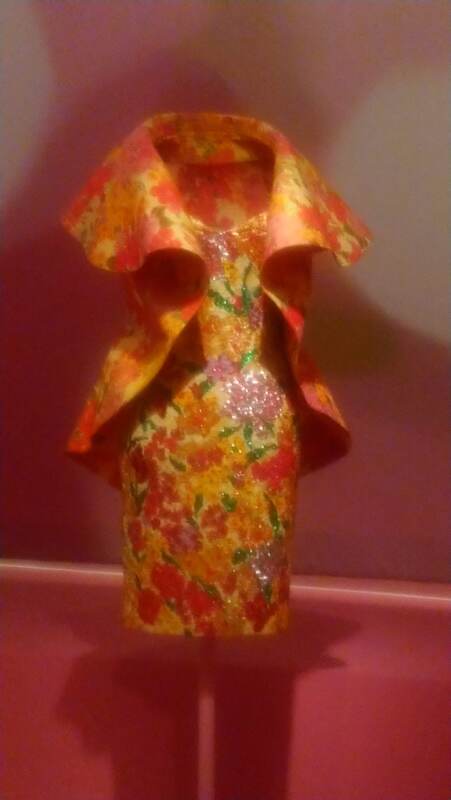

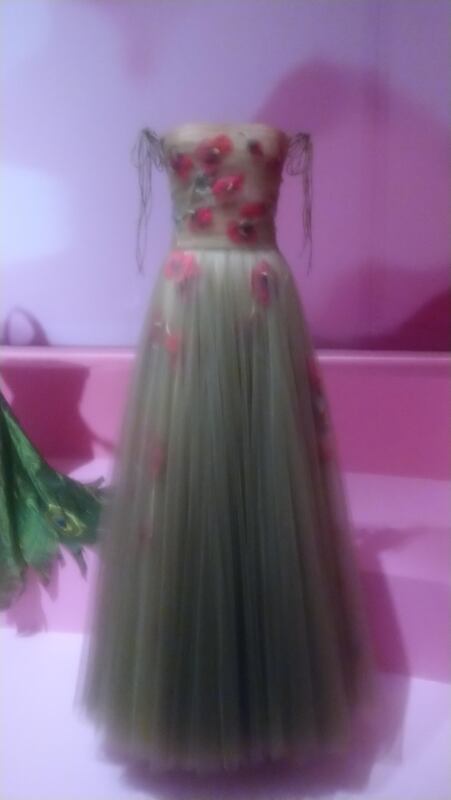

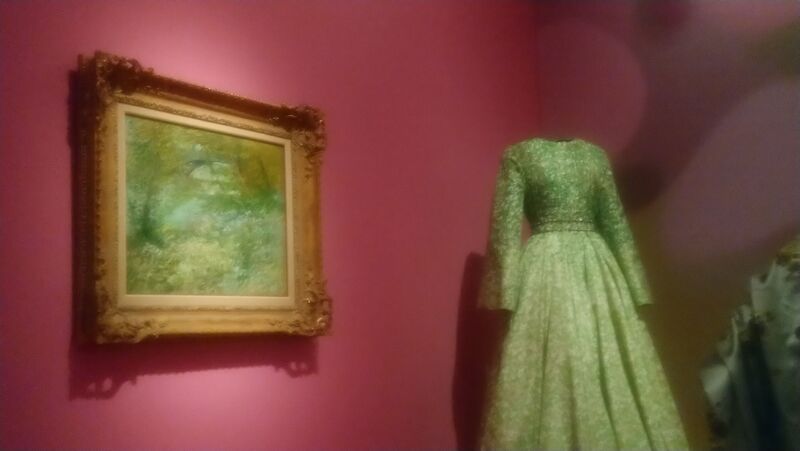

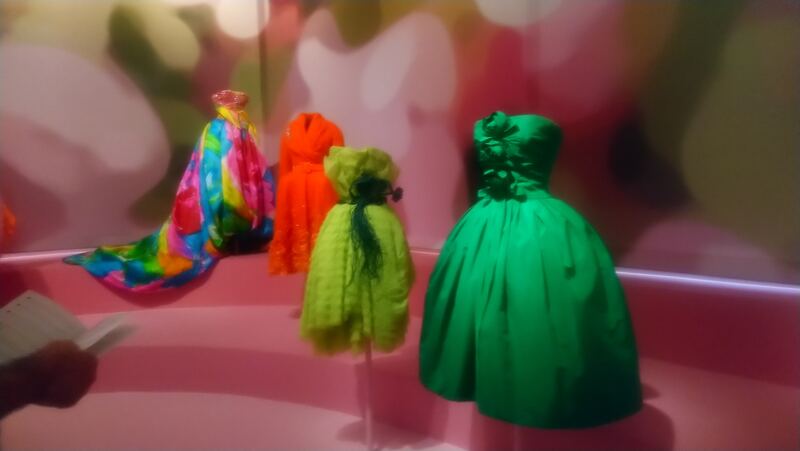

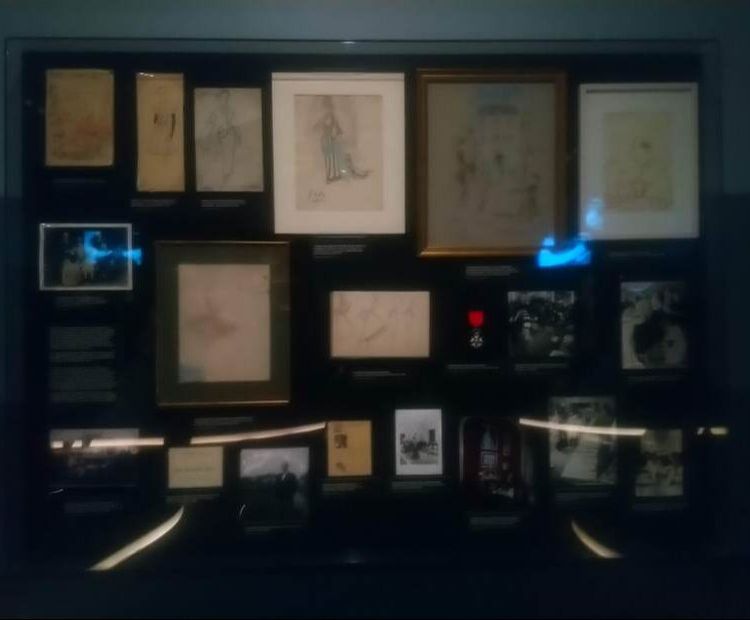
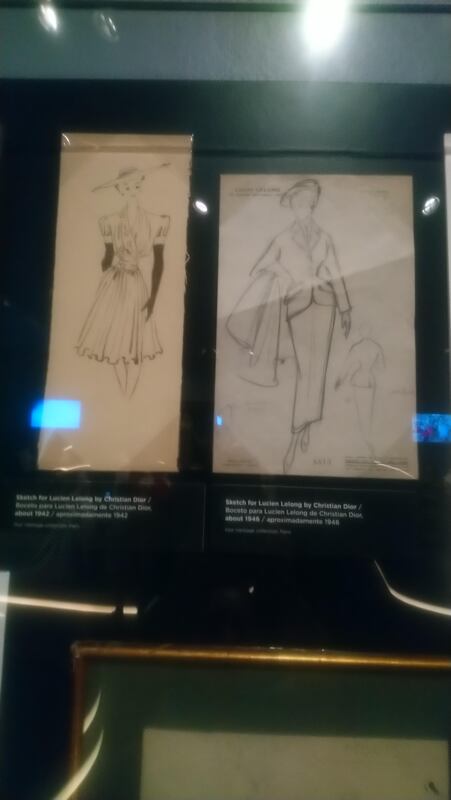

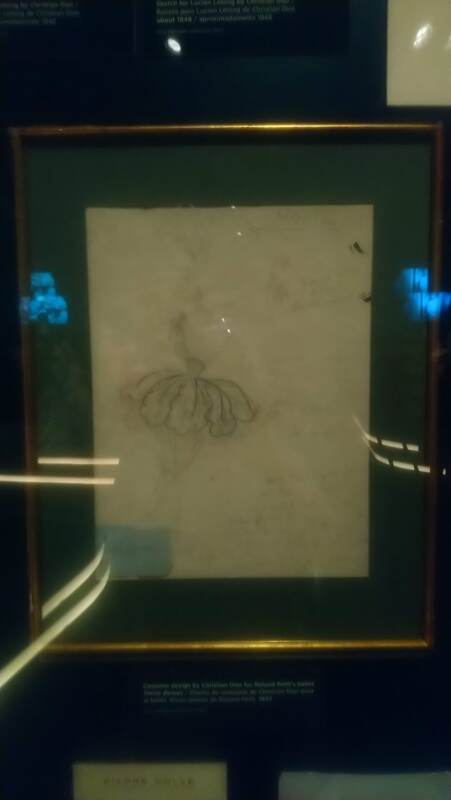
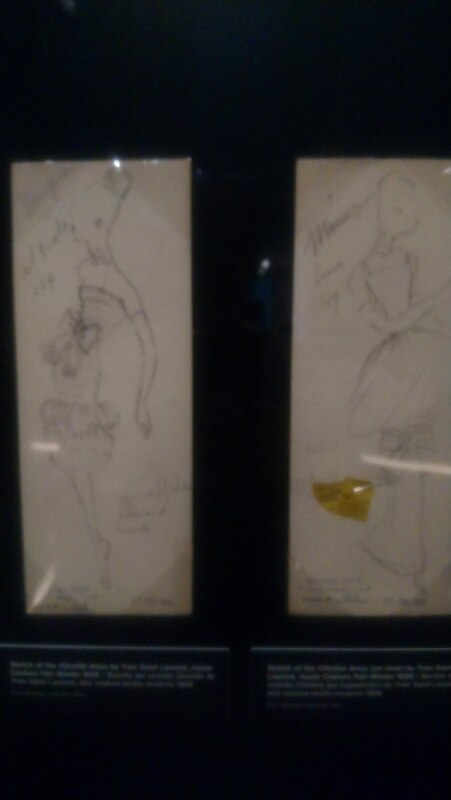

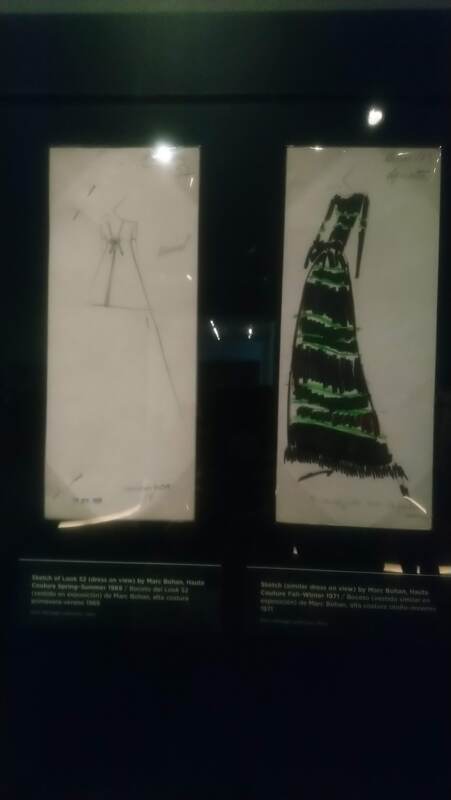
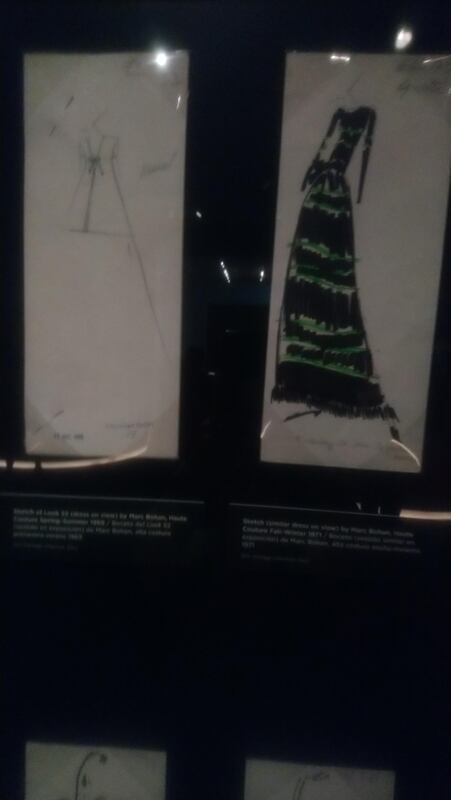
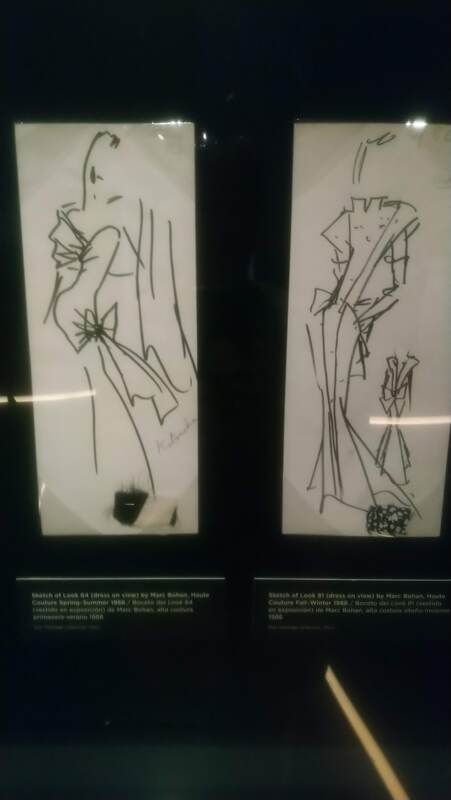
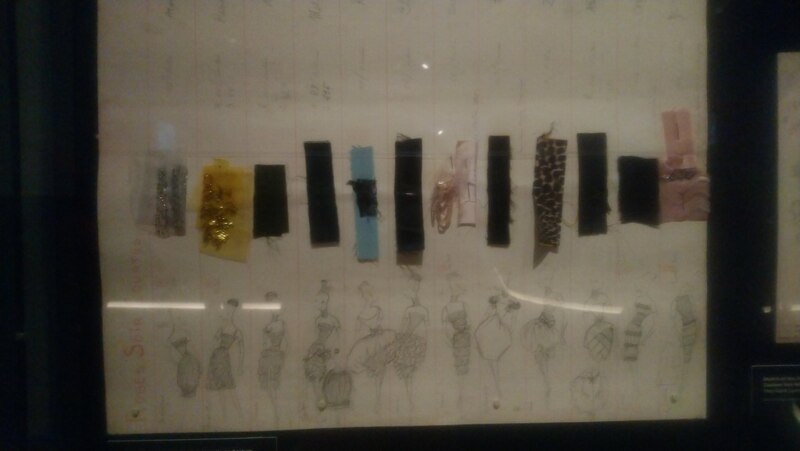
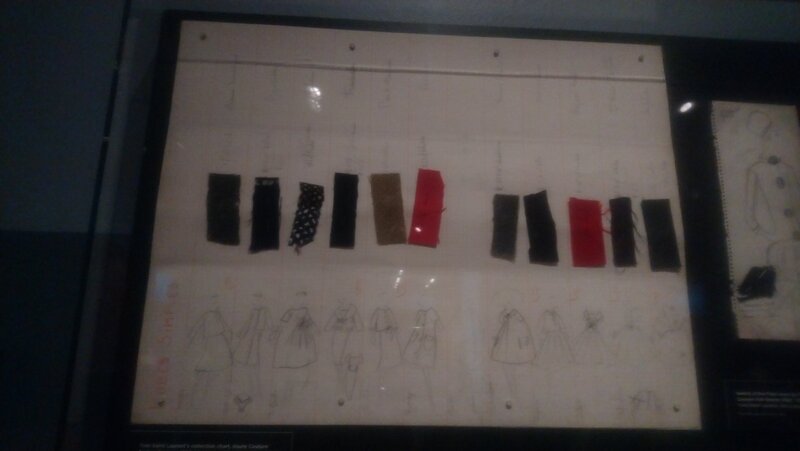
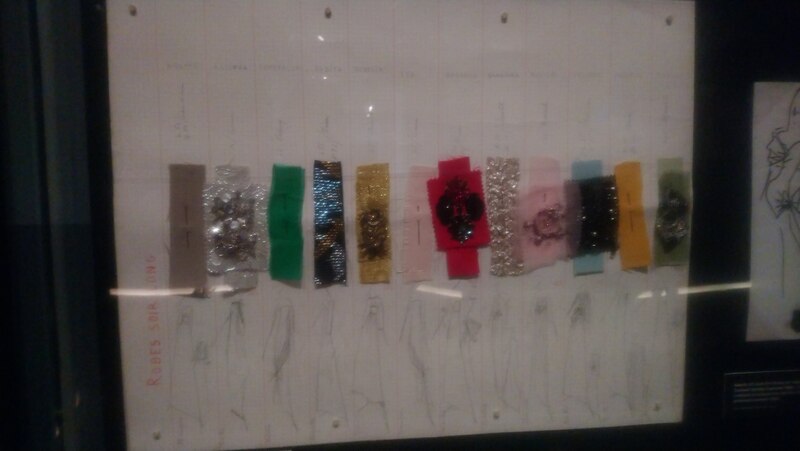
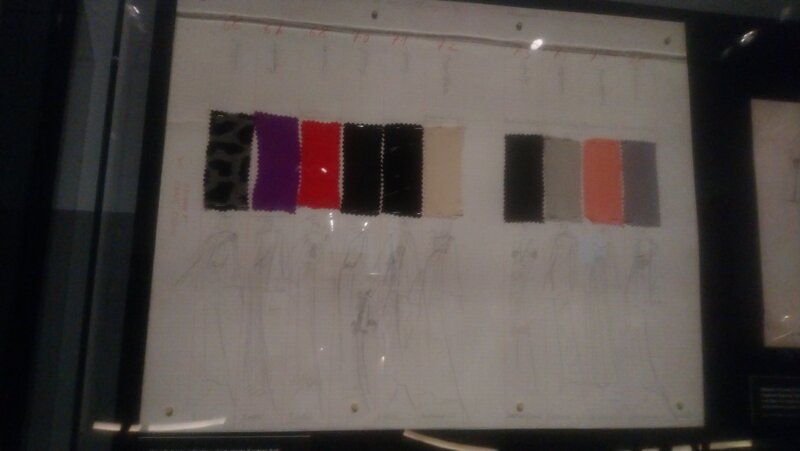
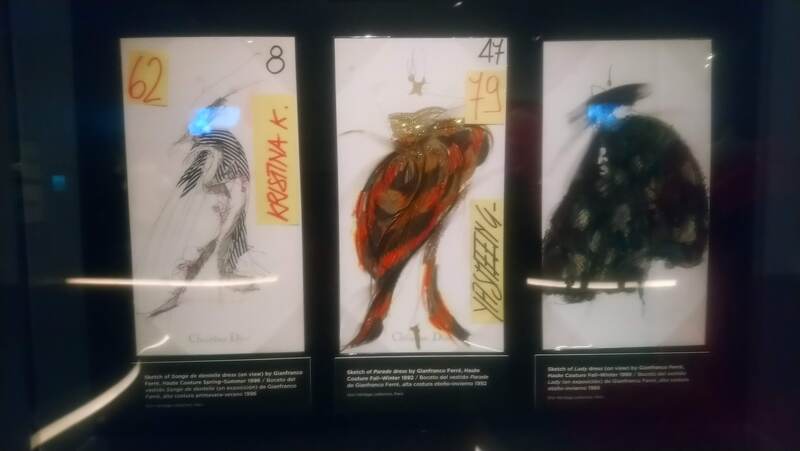
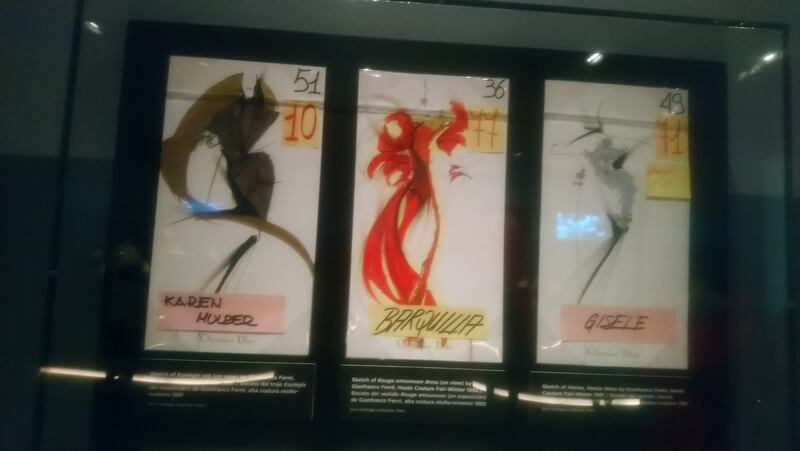
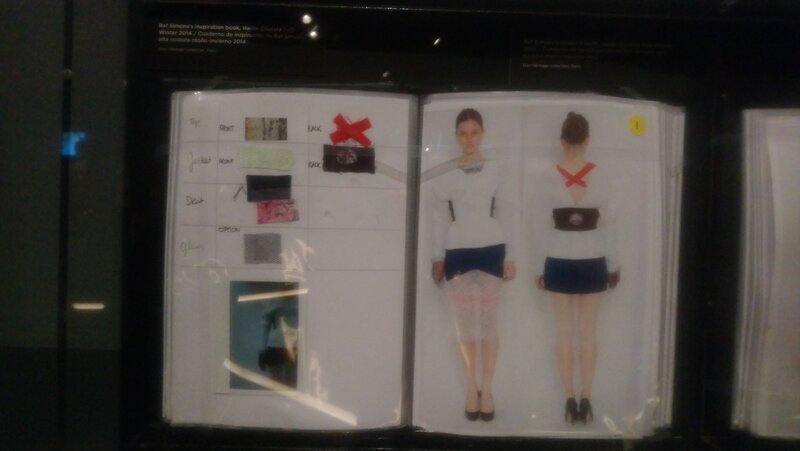
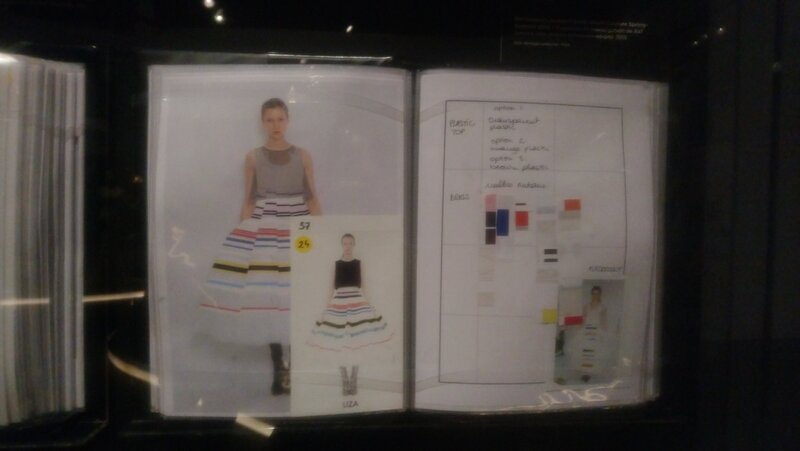

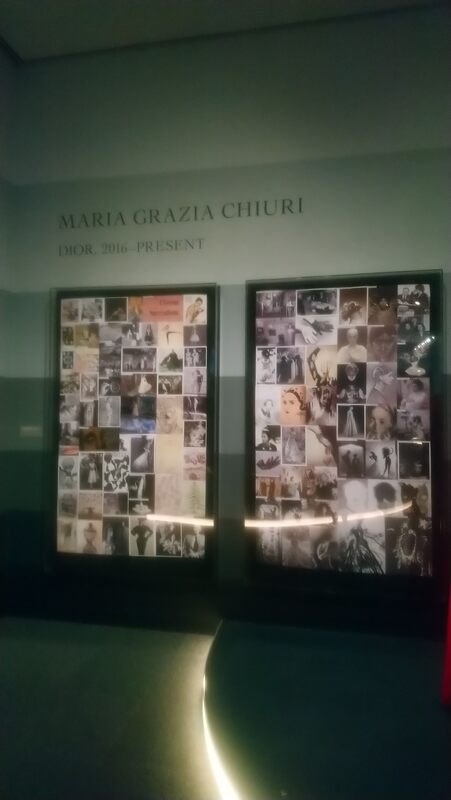
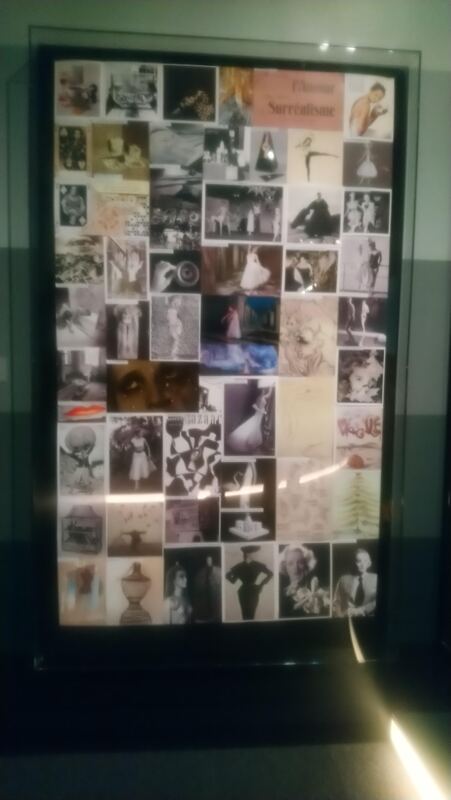
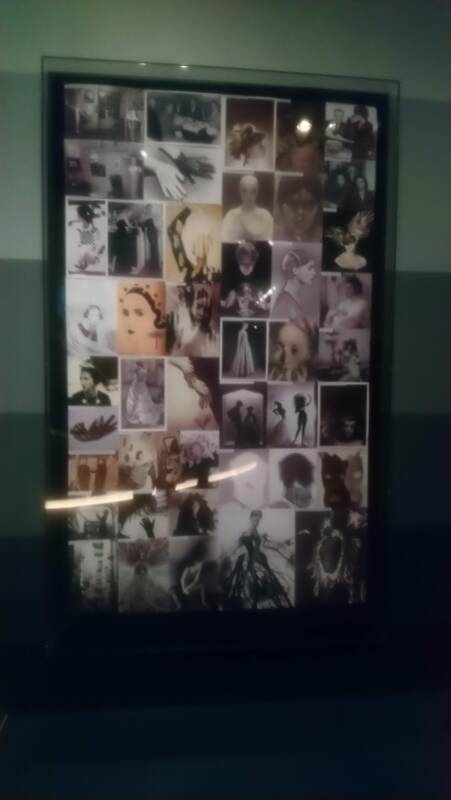
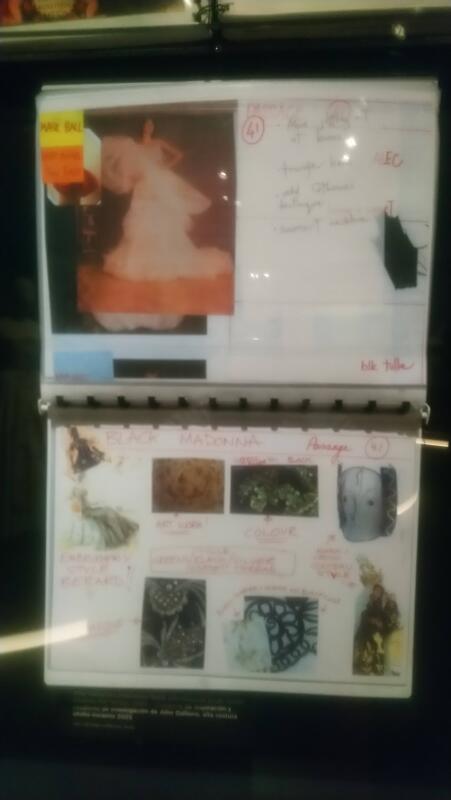
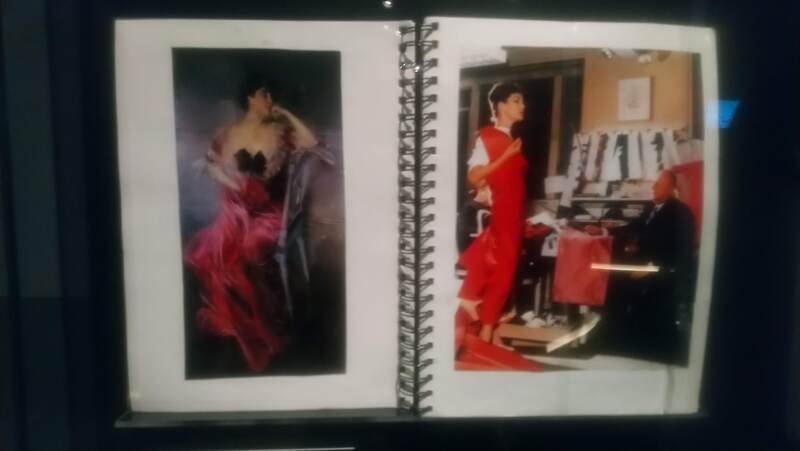
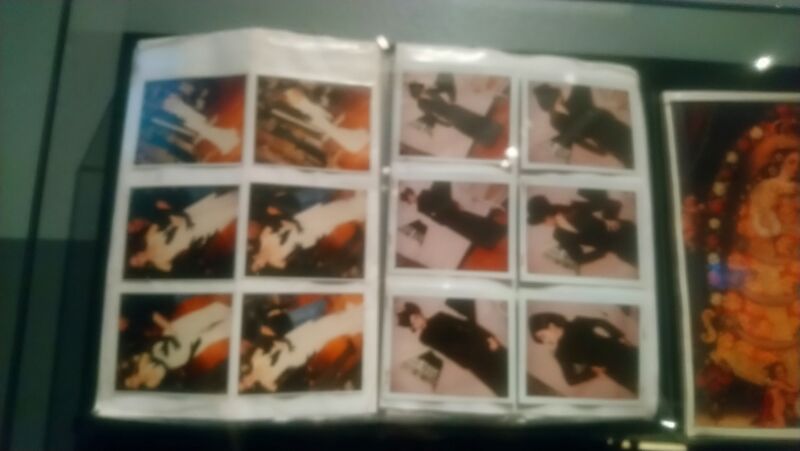
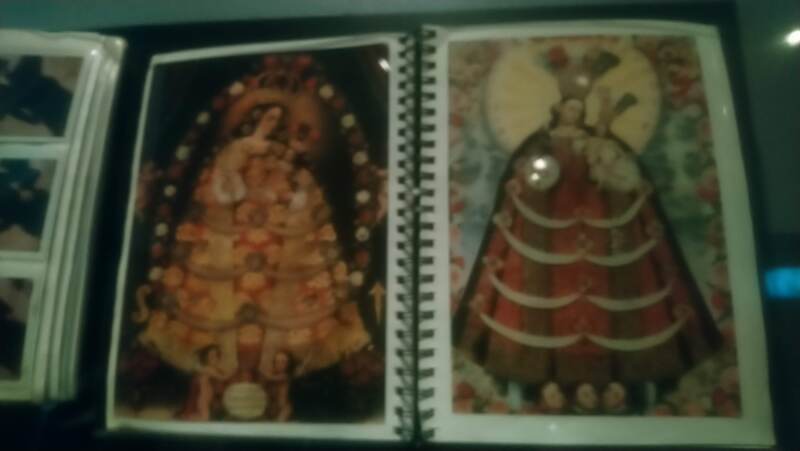
 RSS Feed
RSS Feed